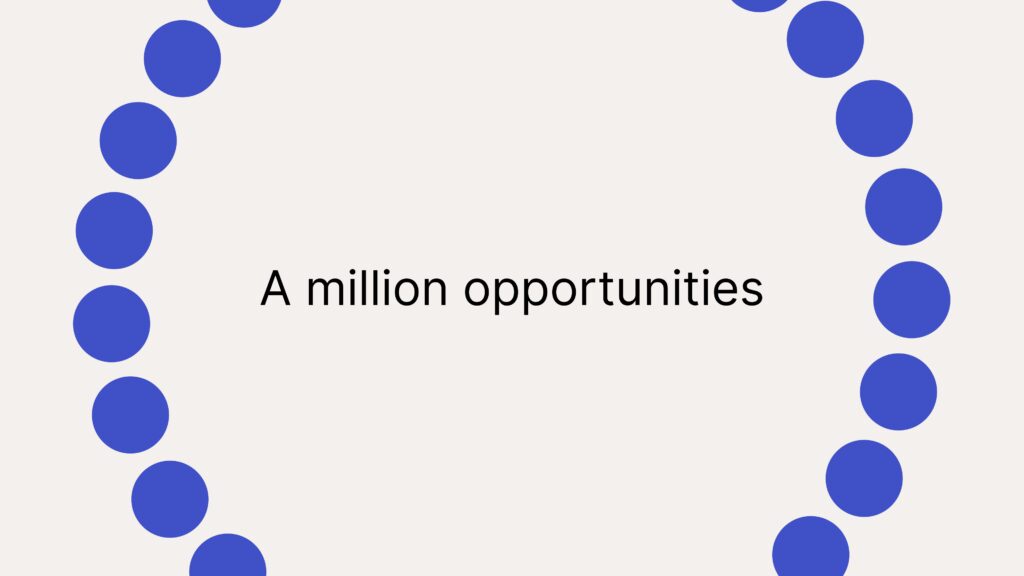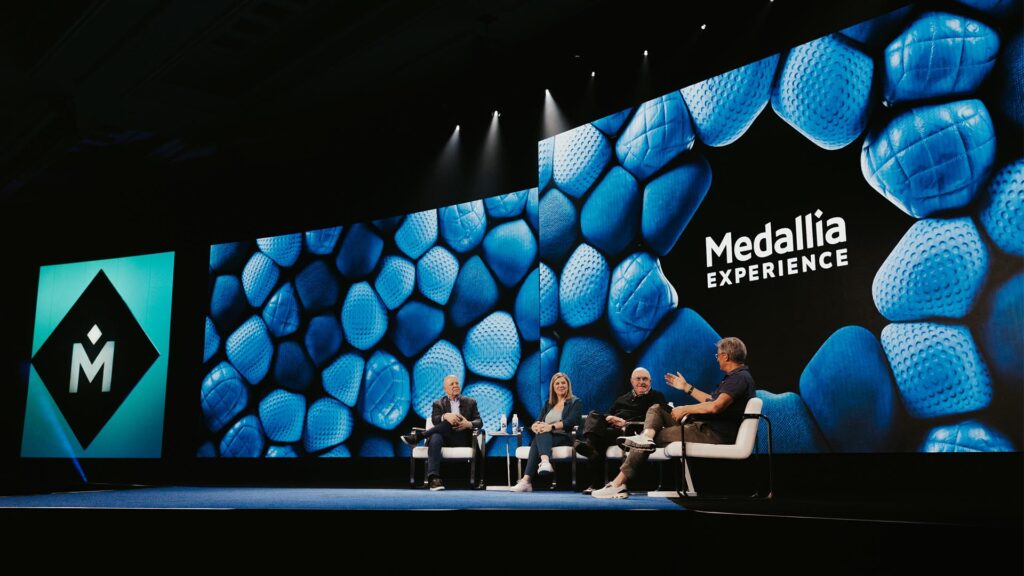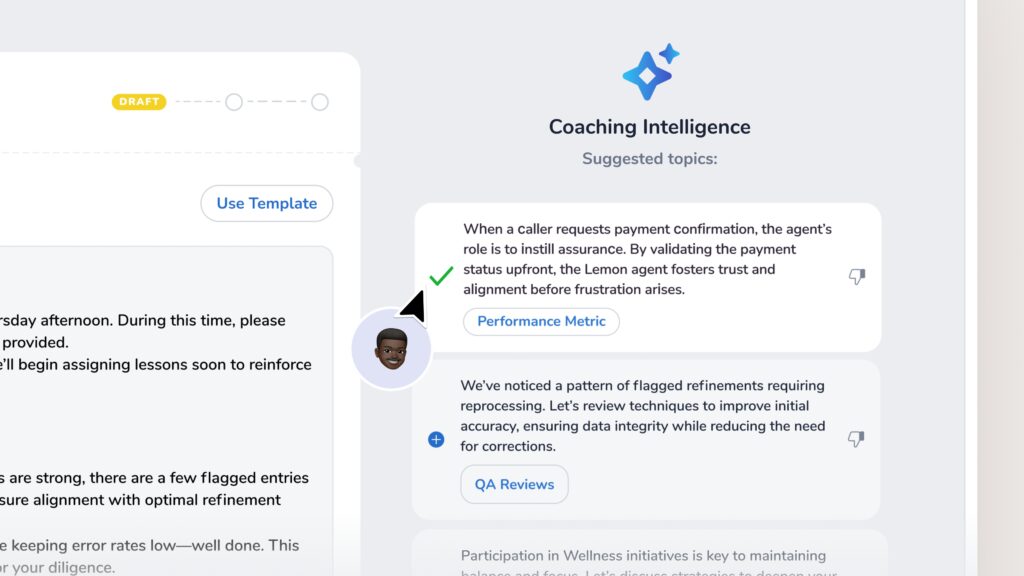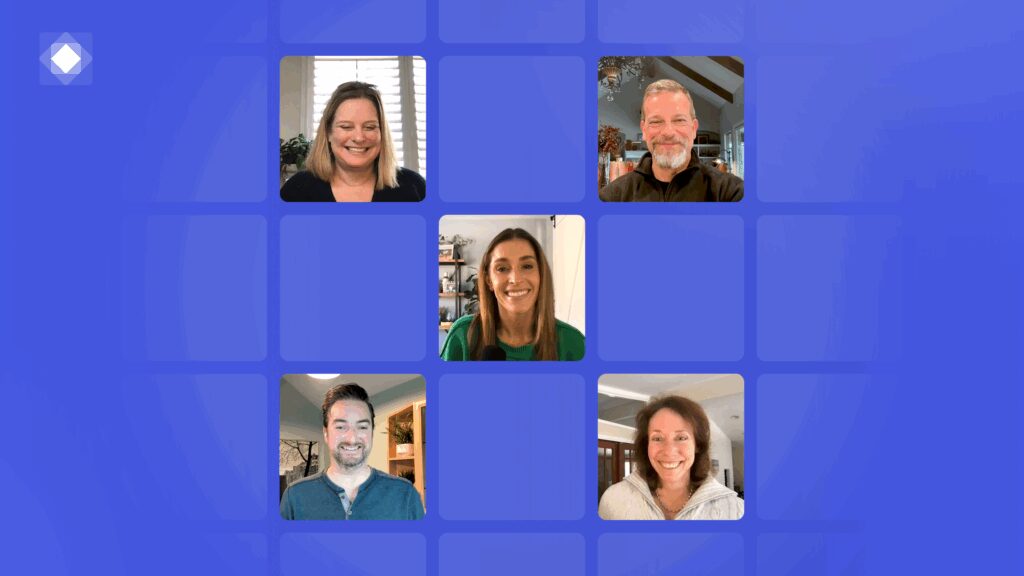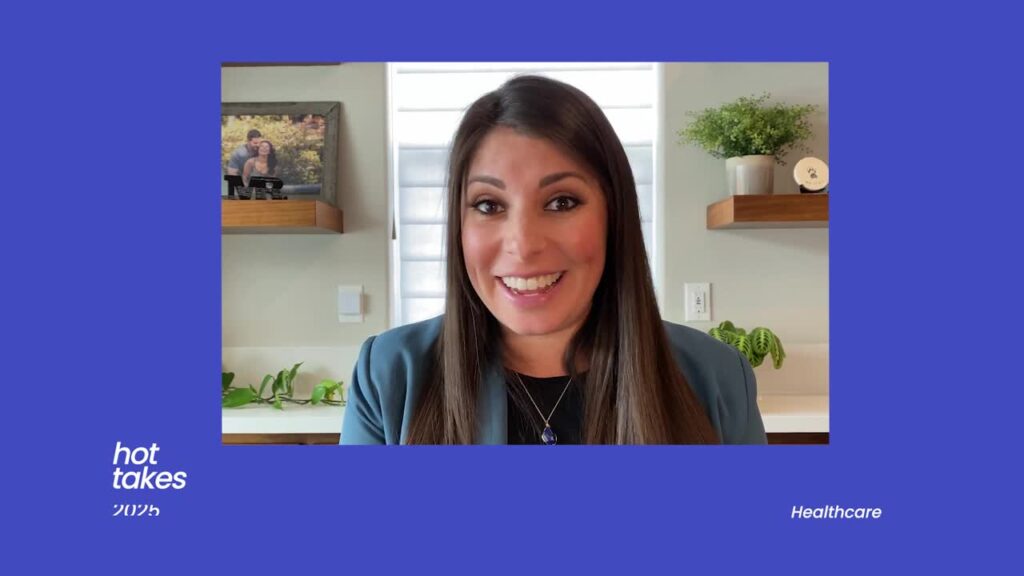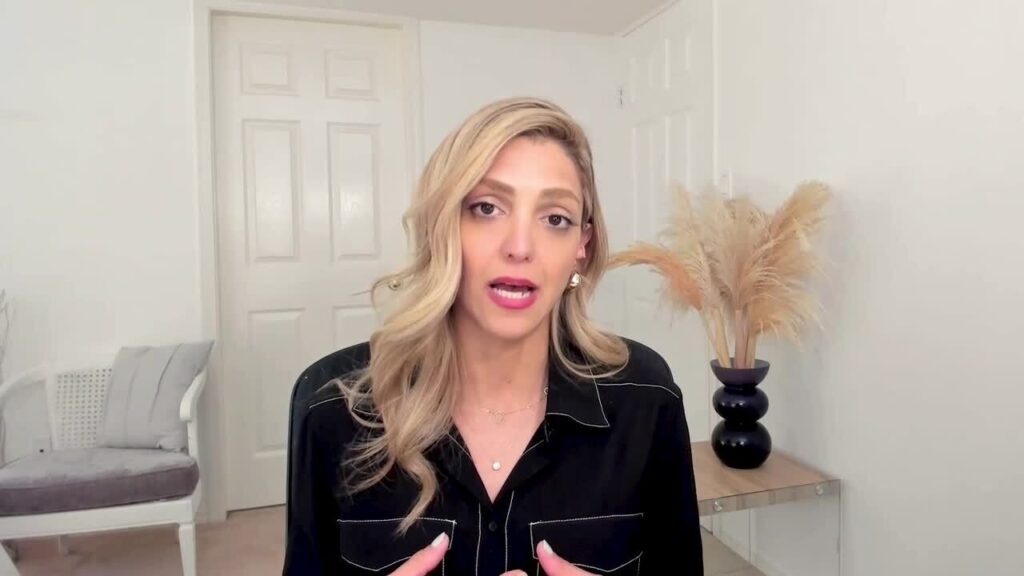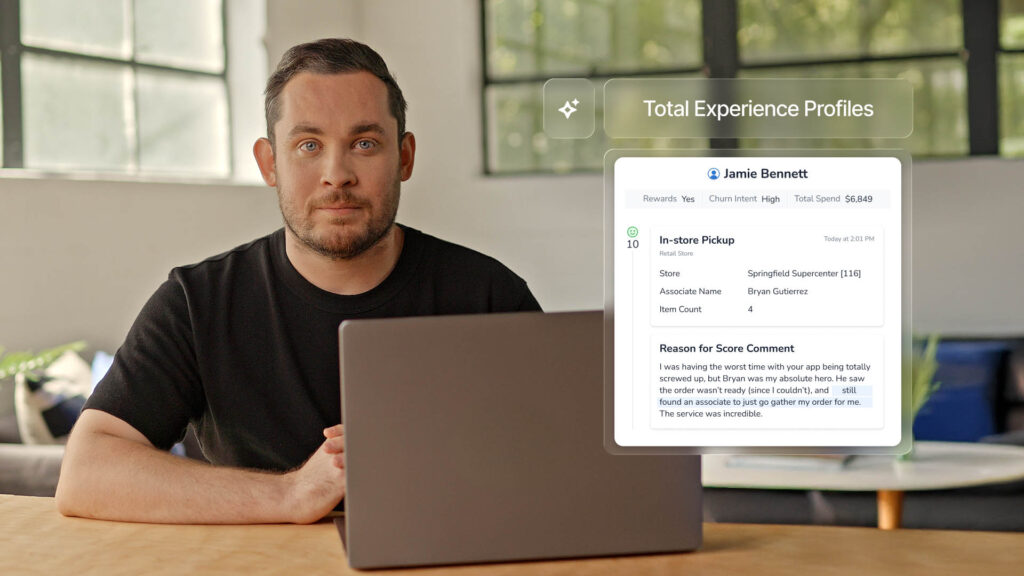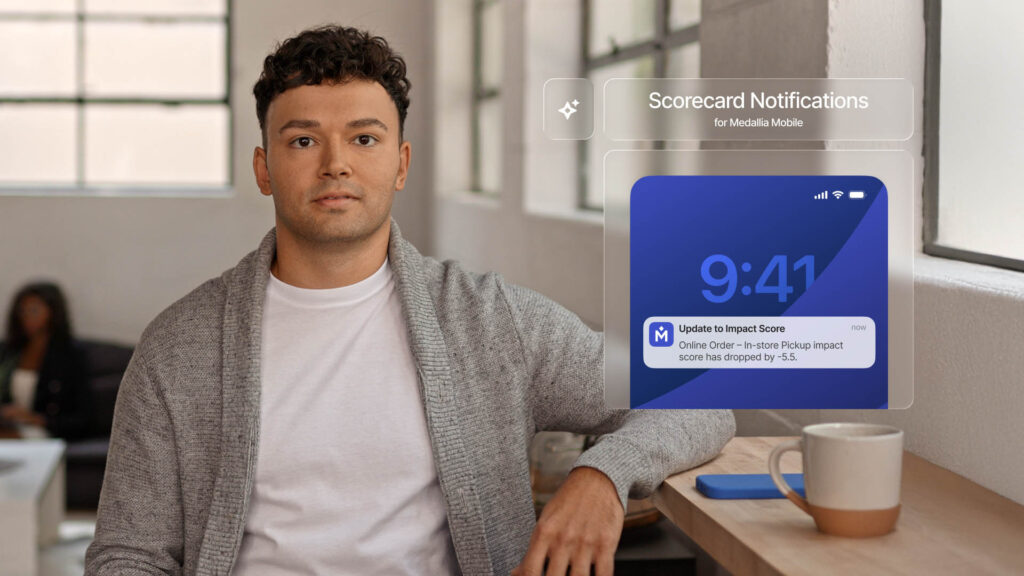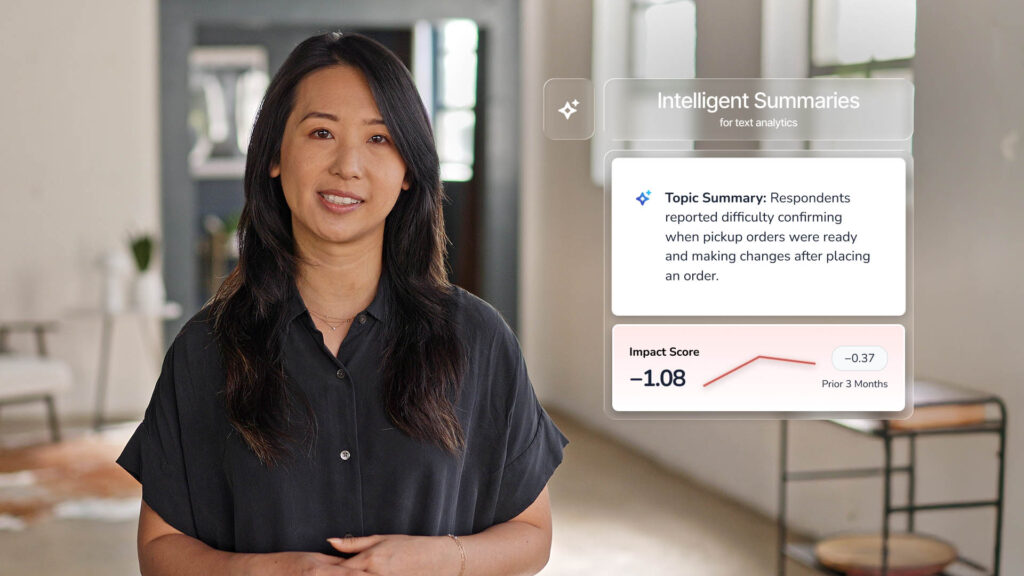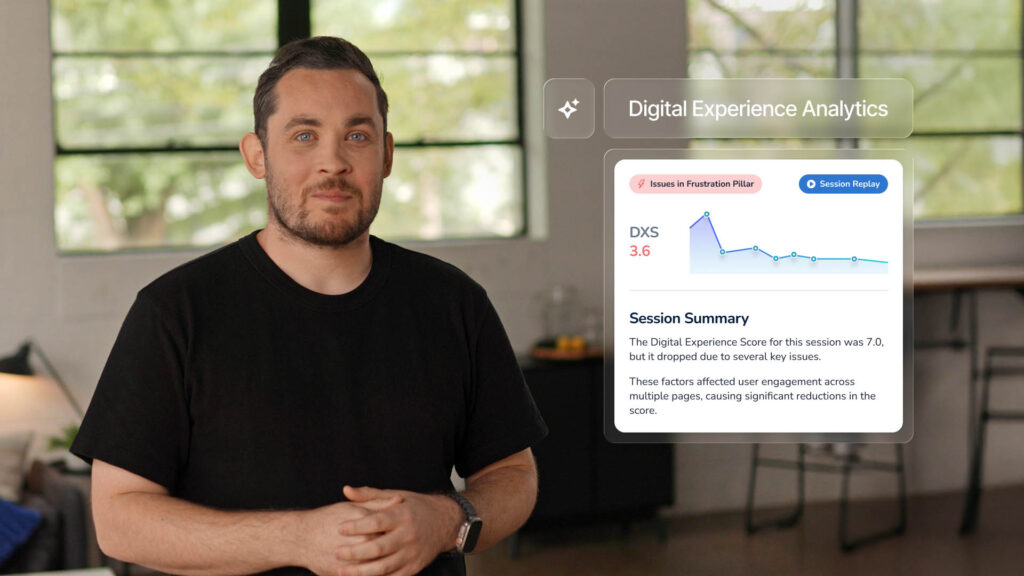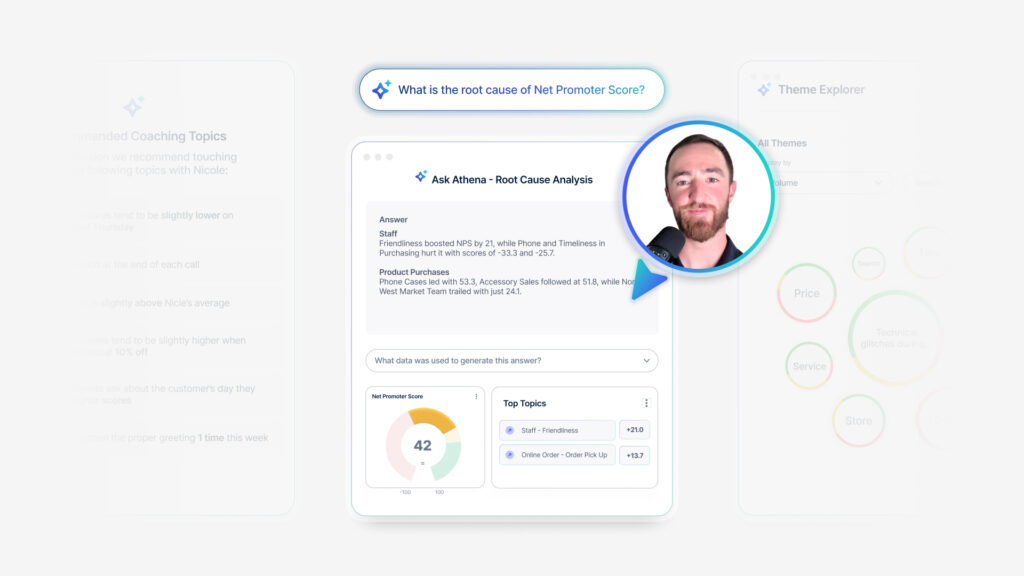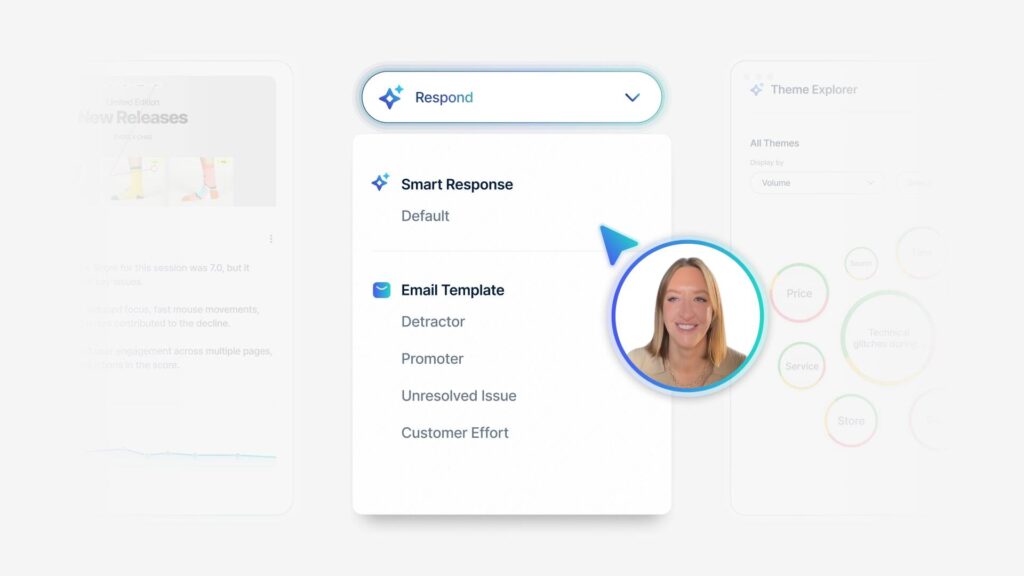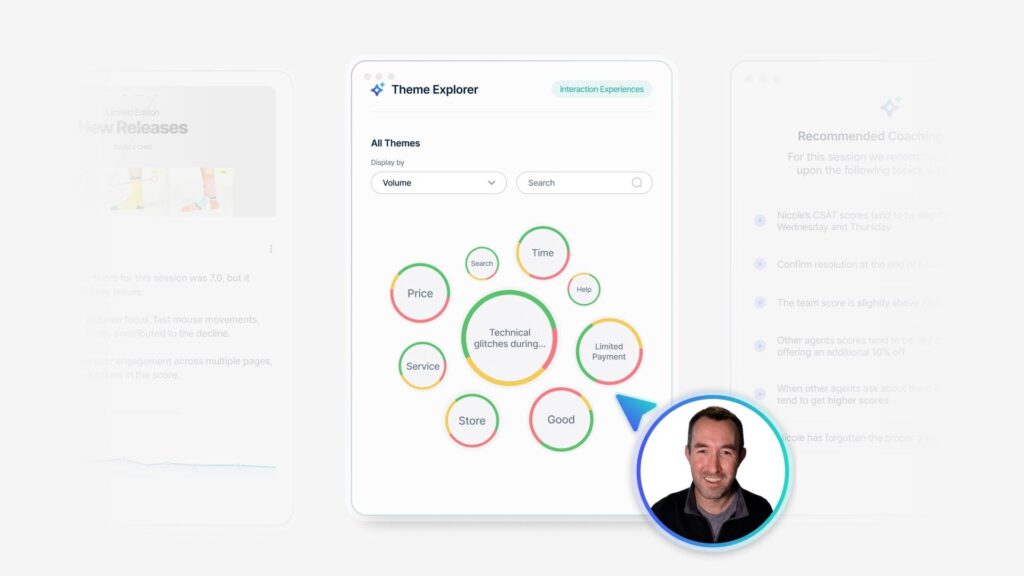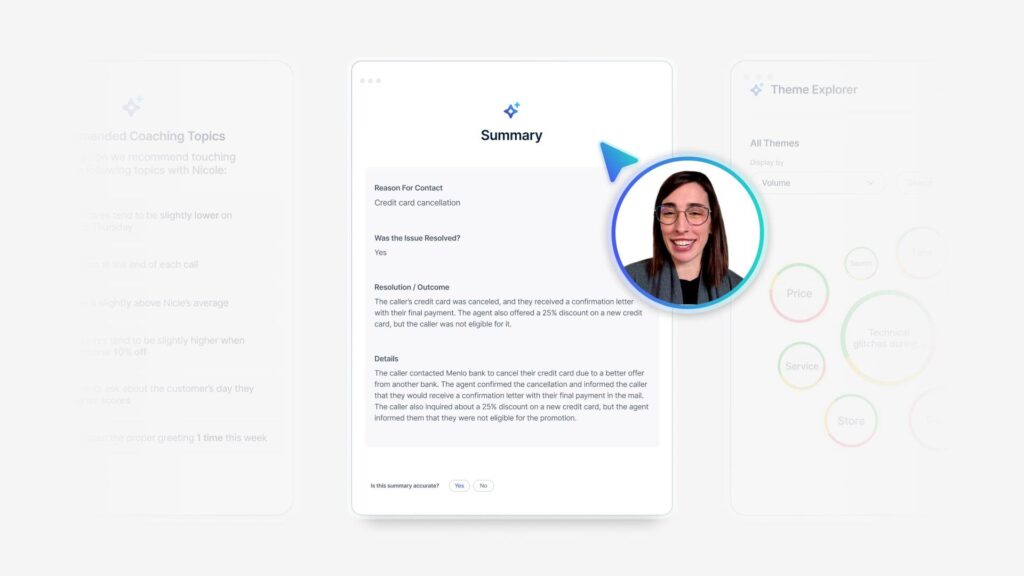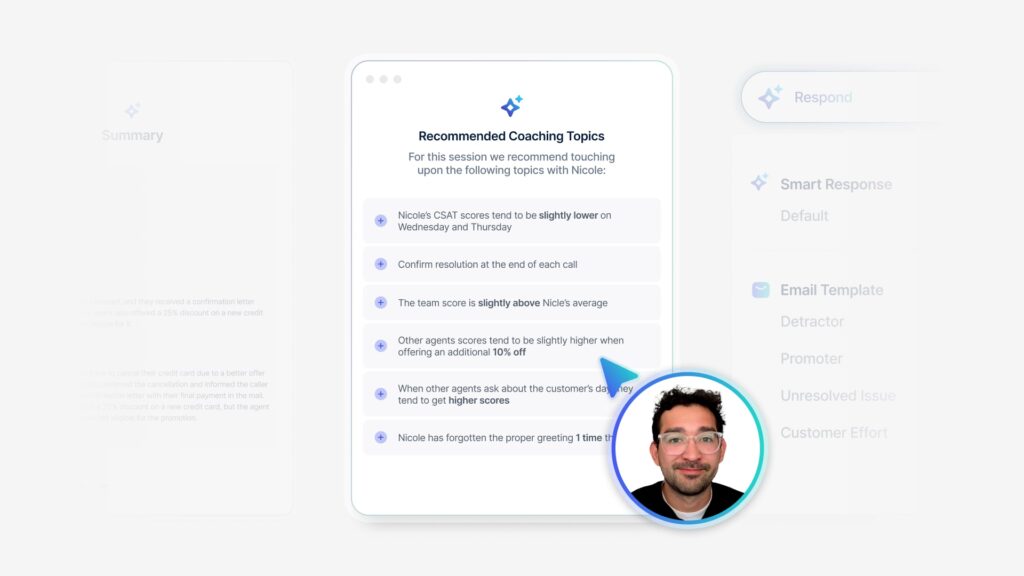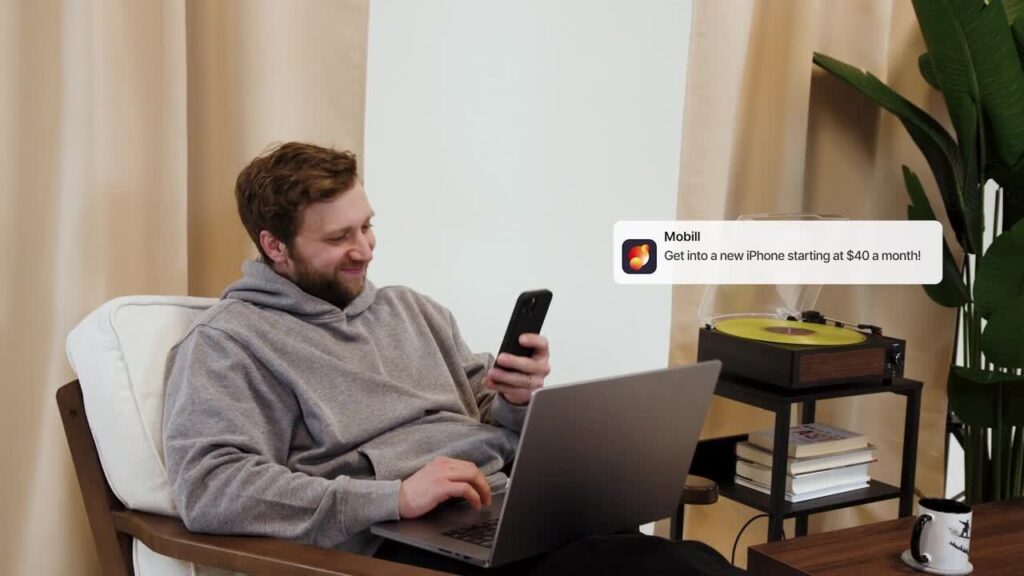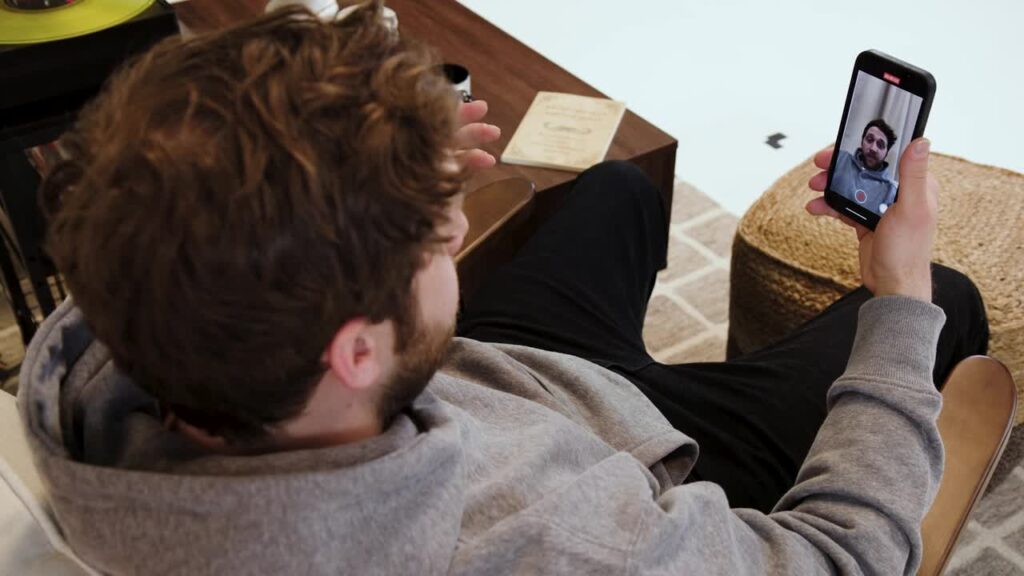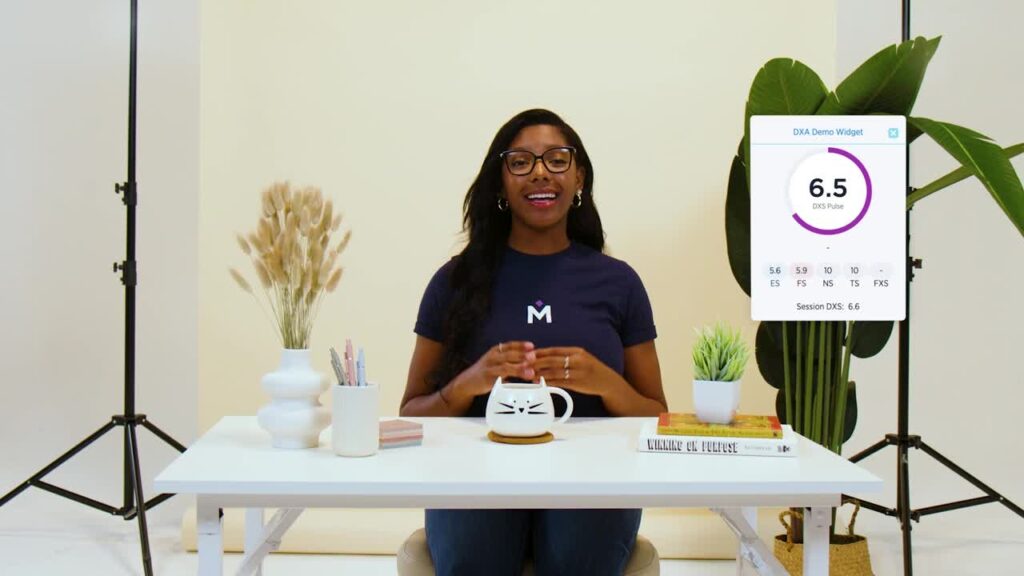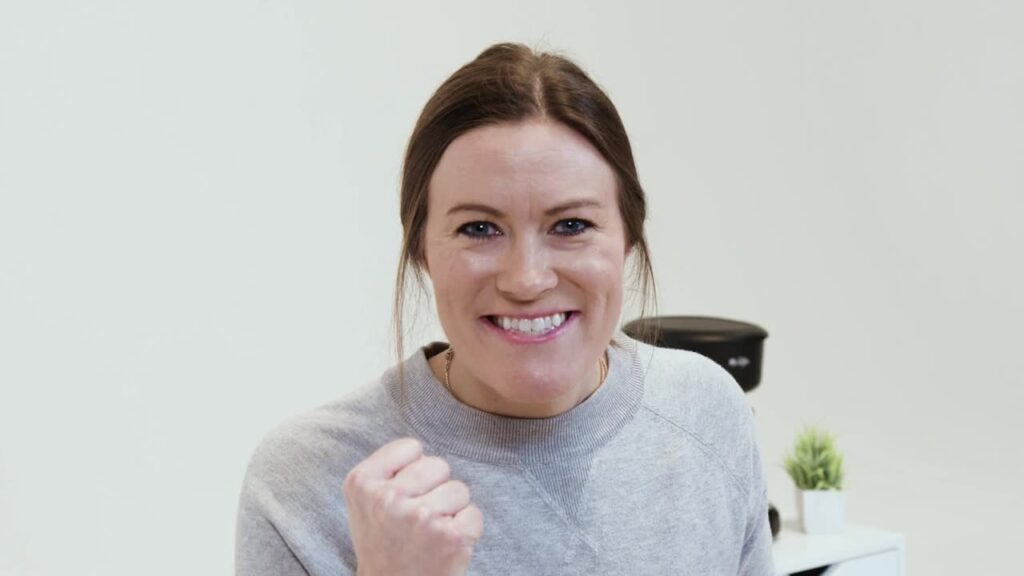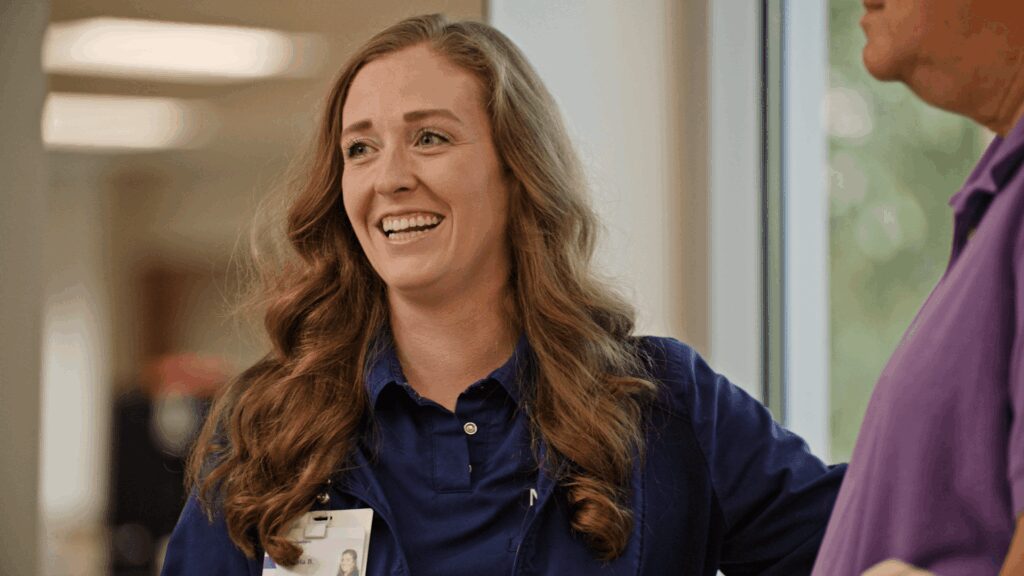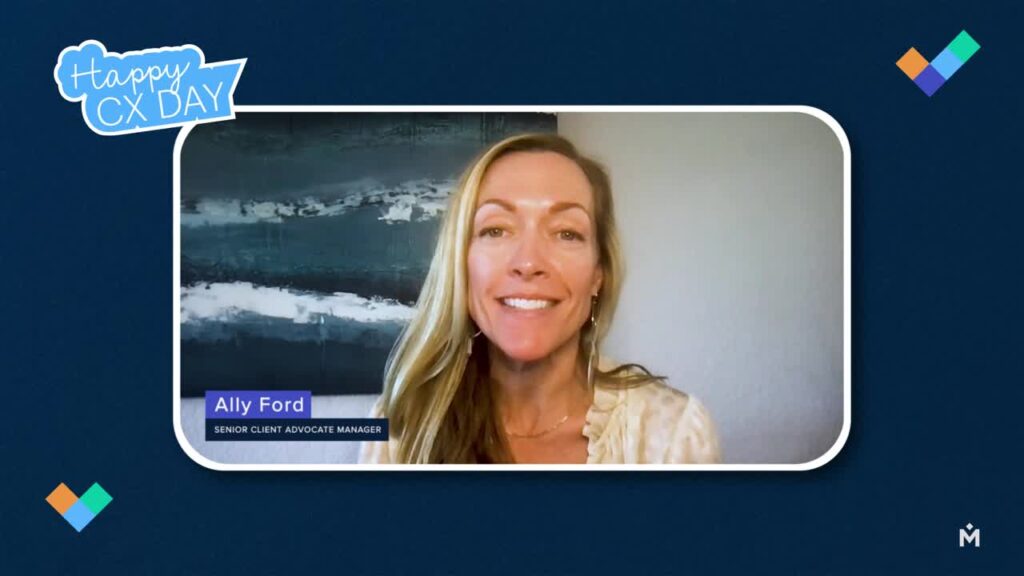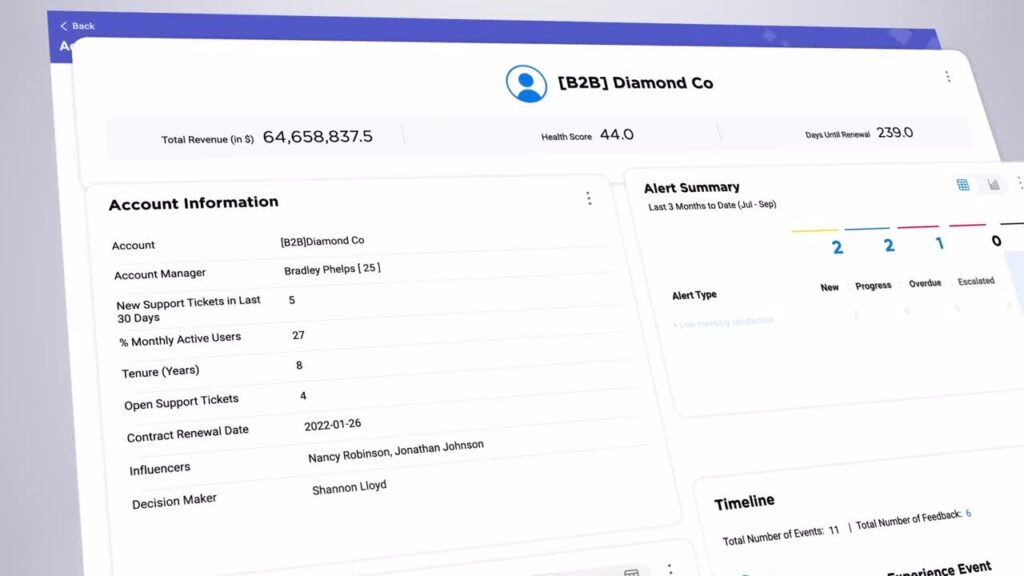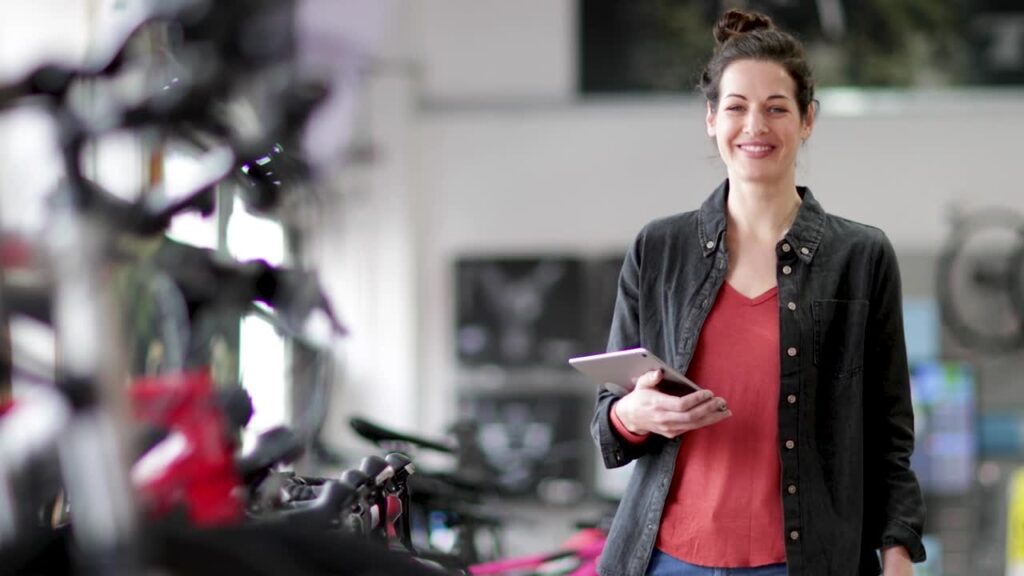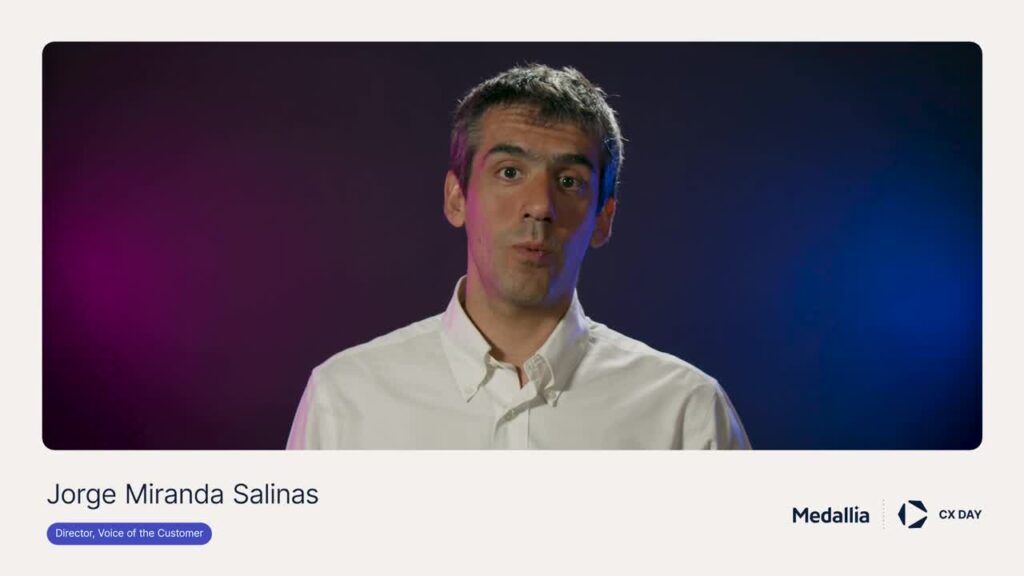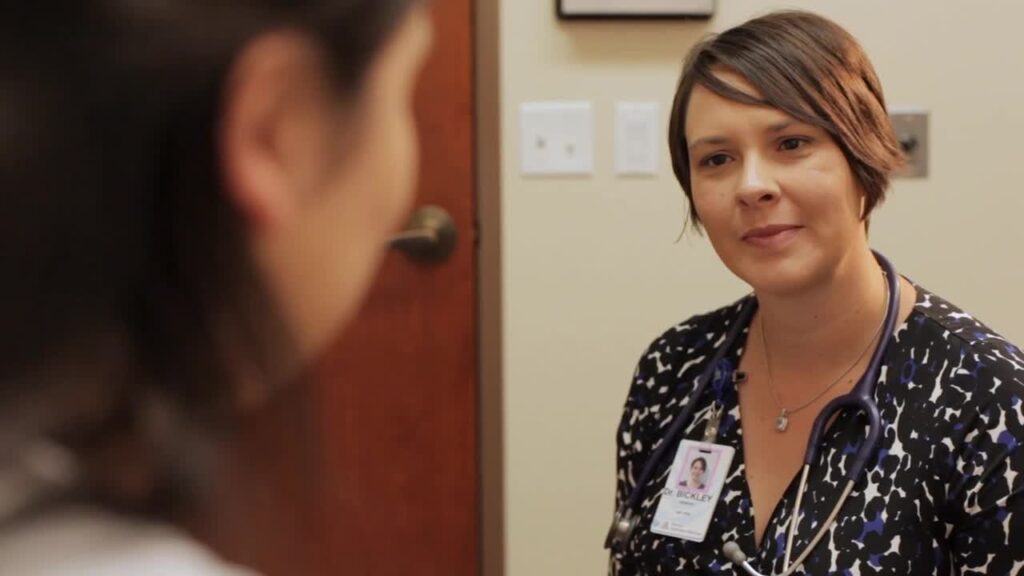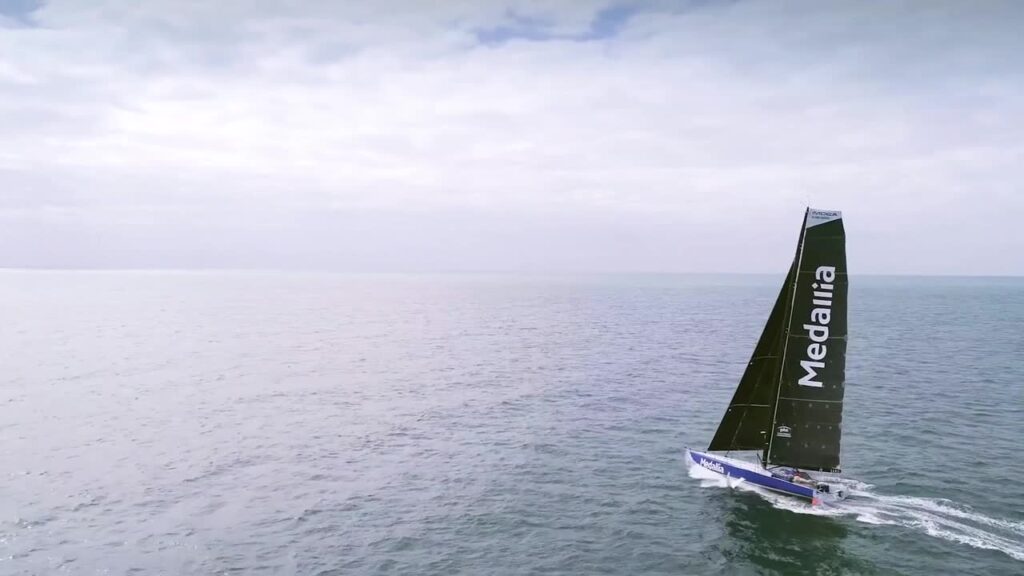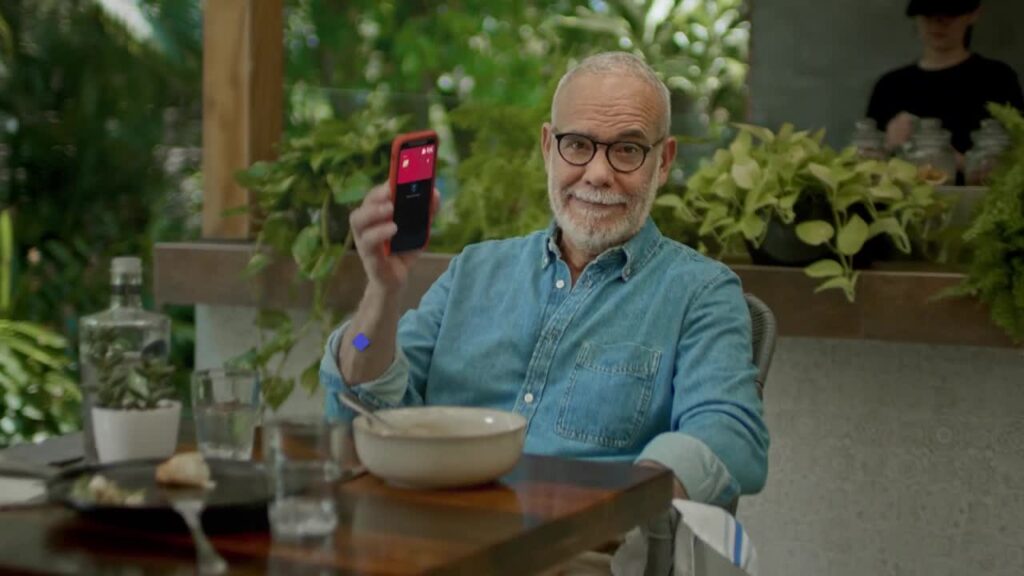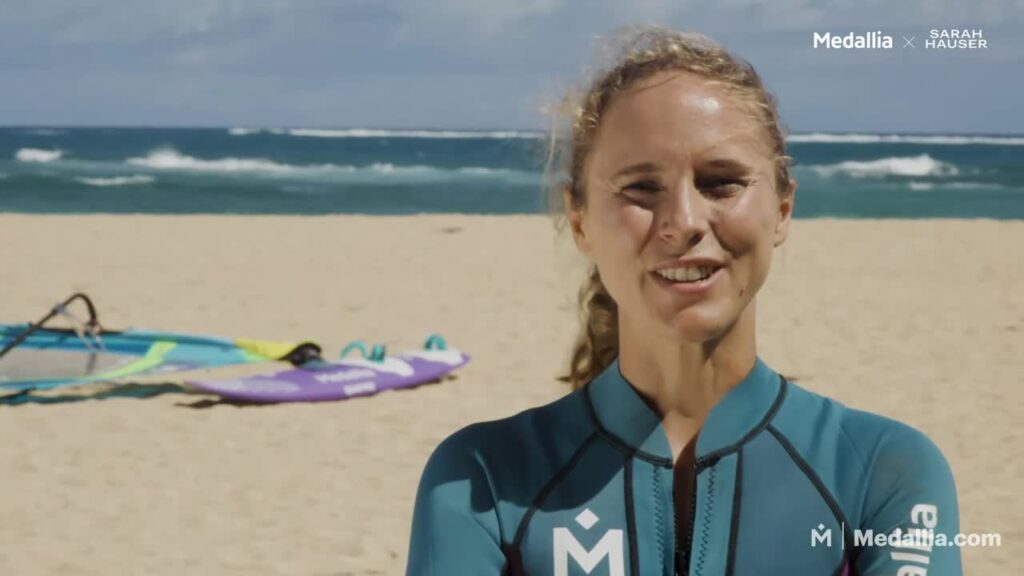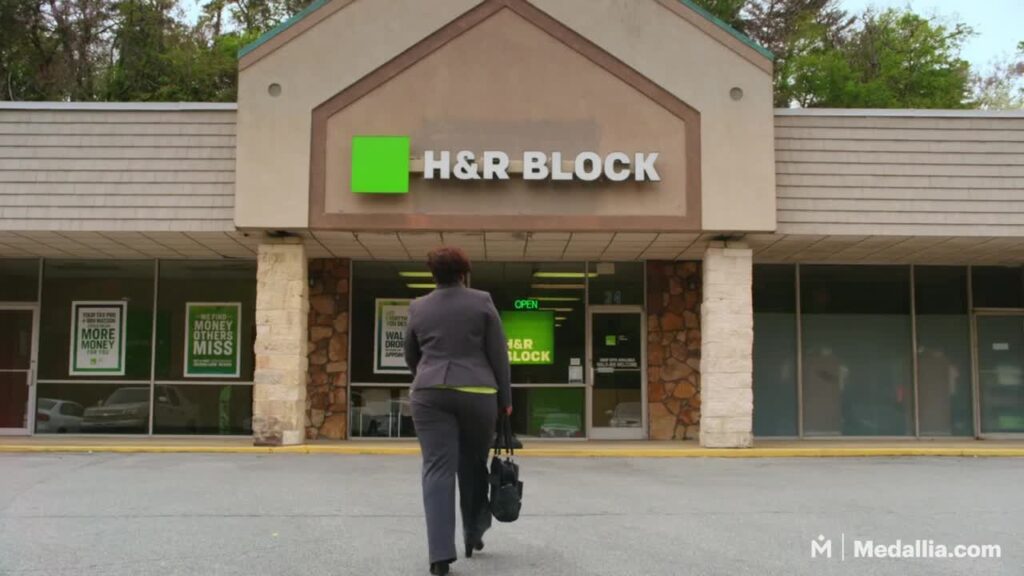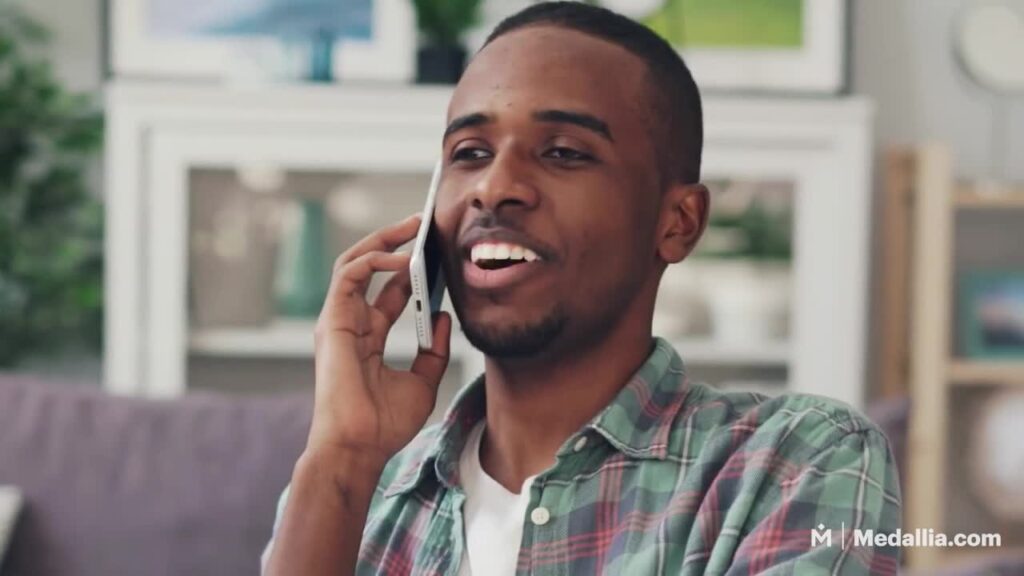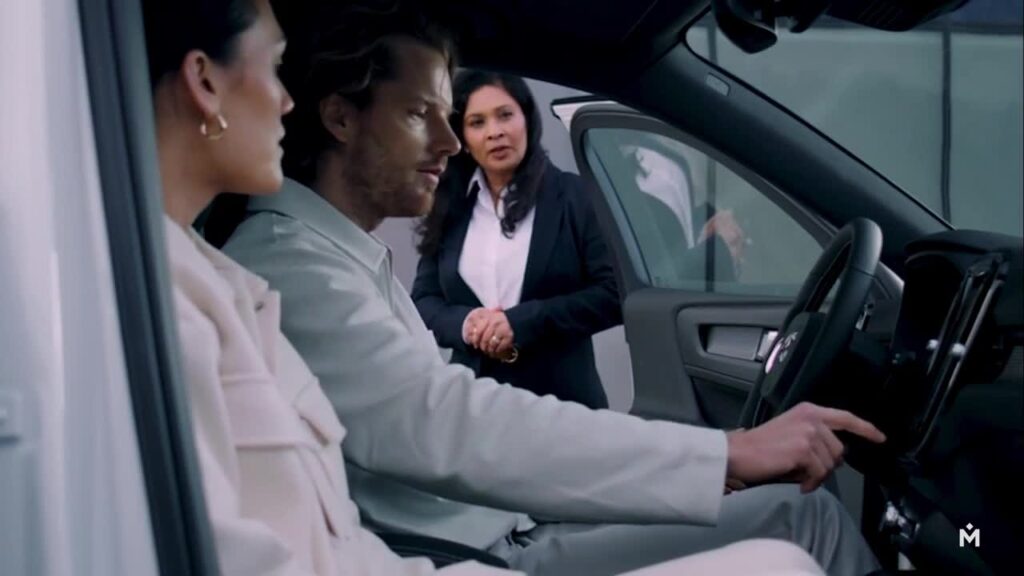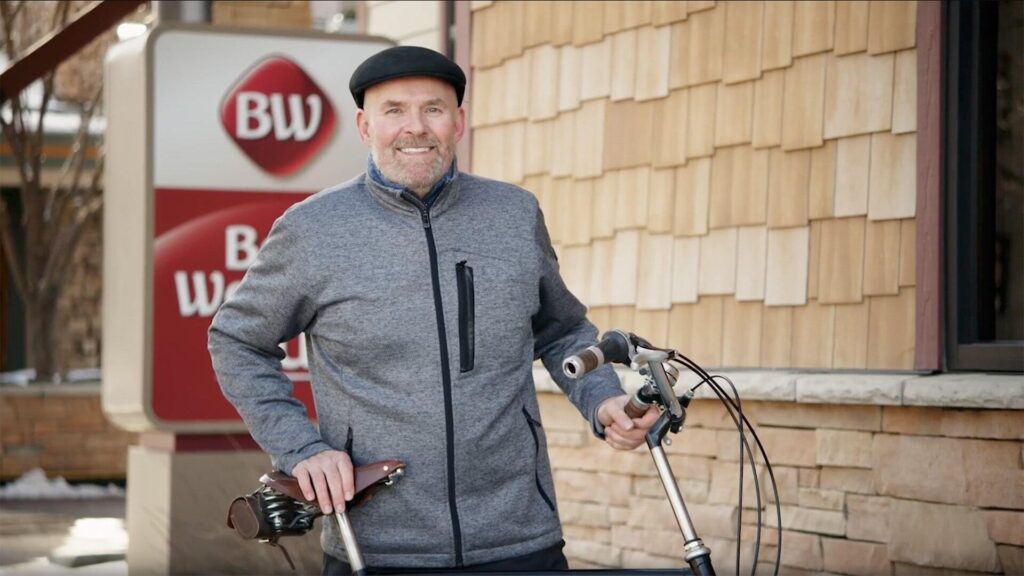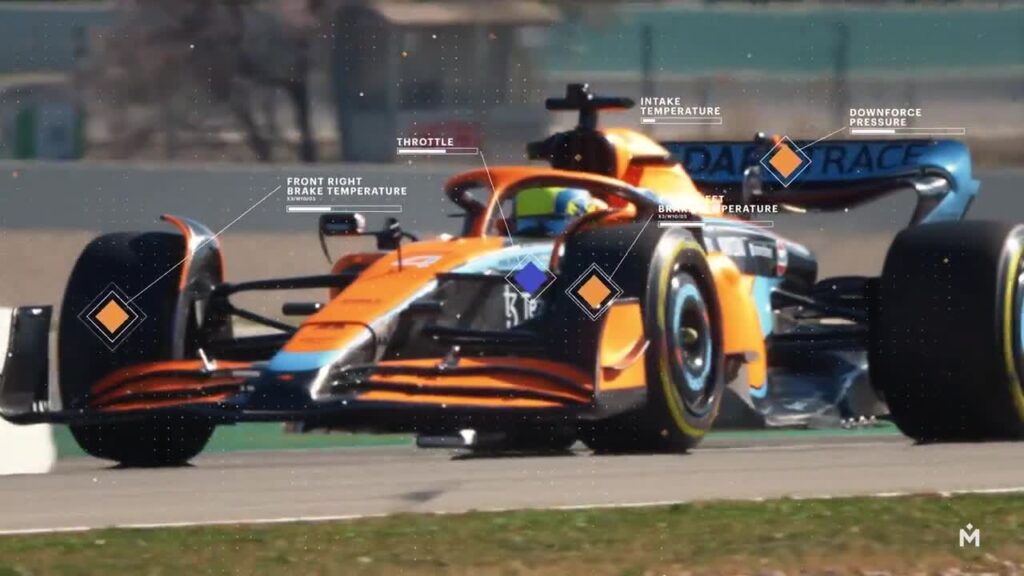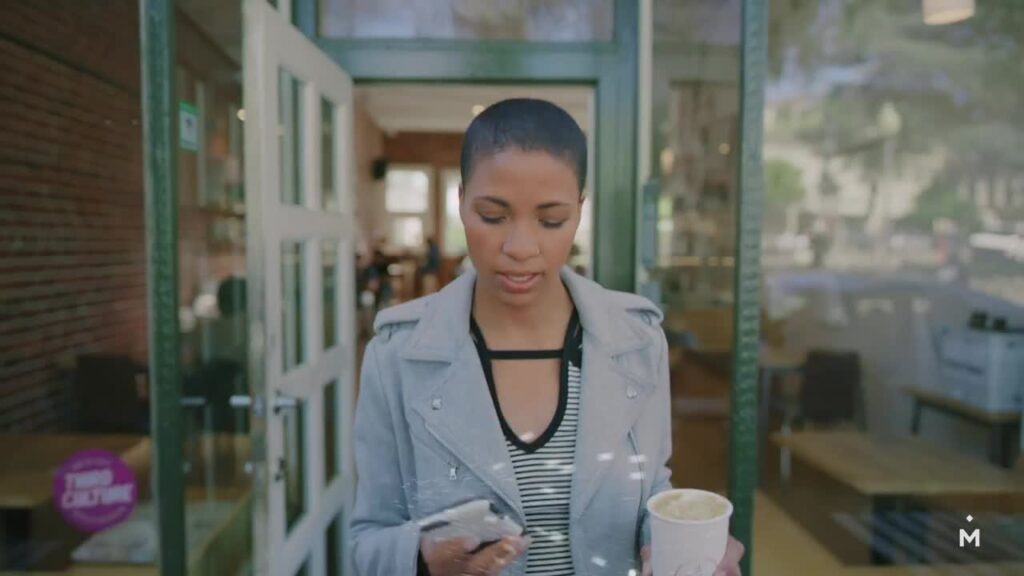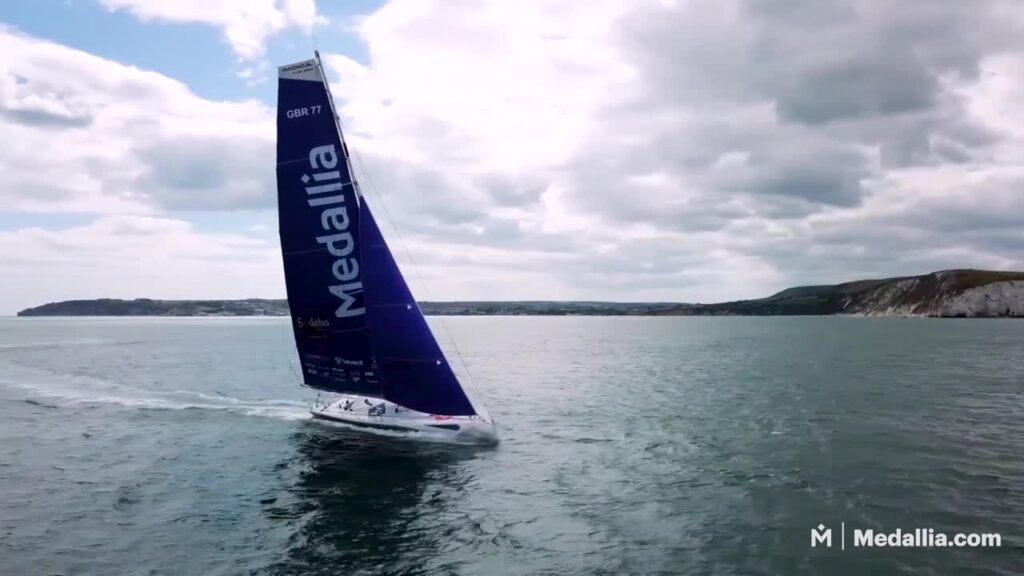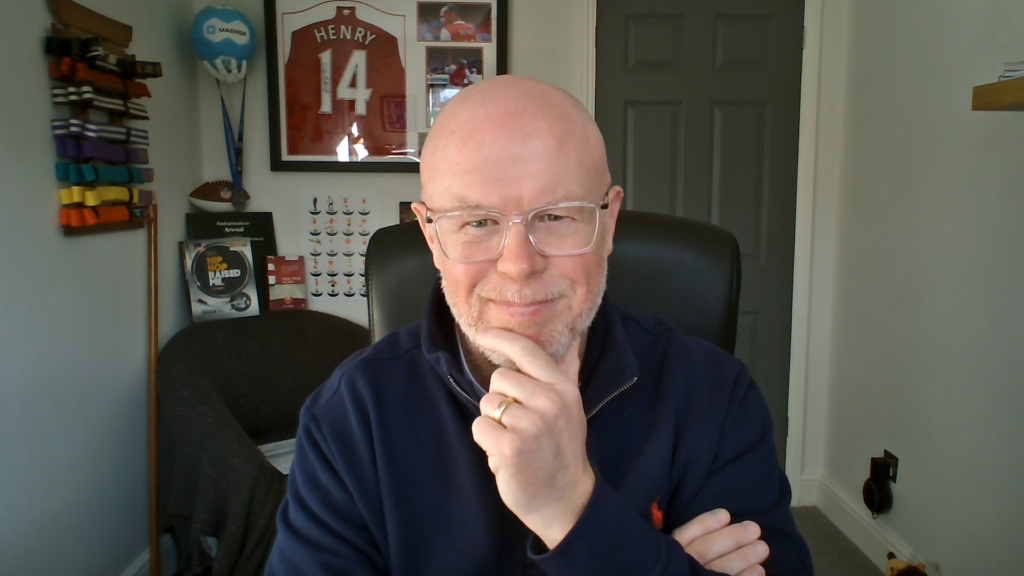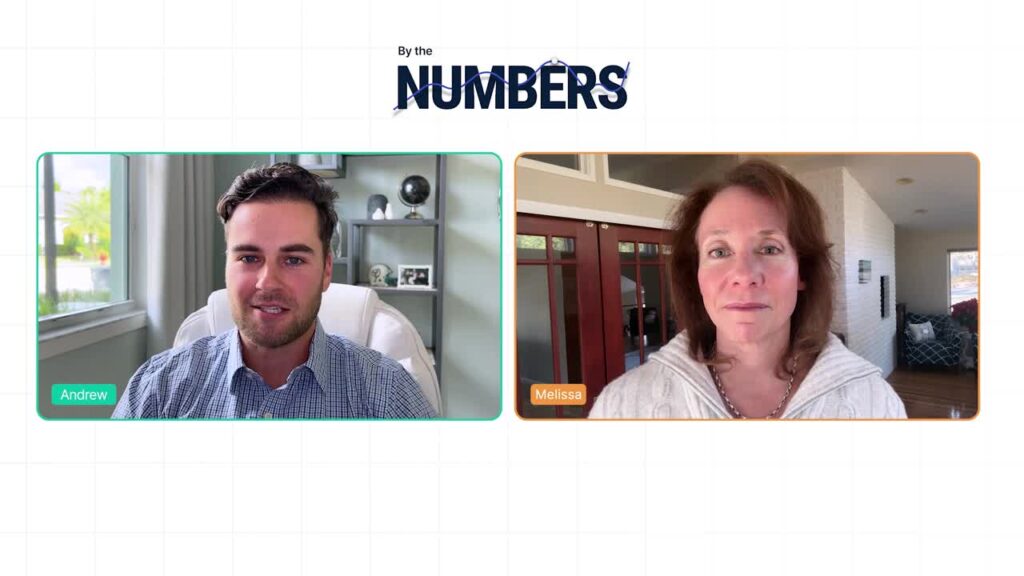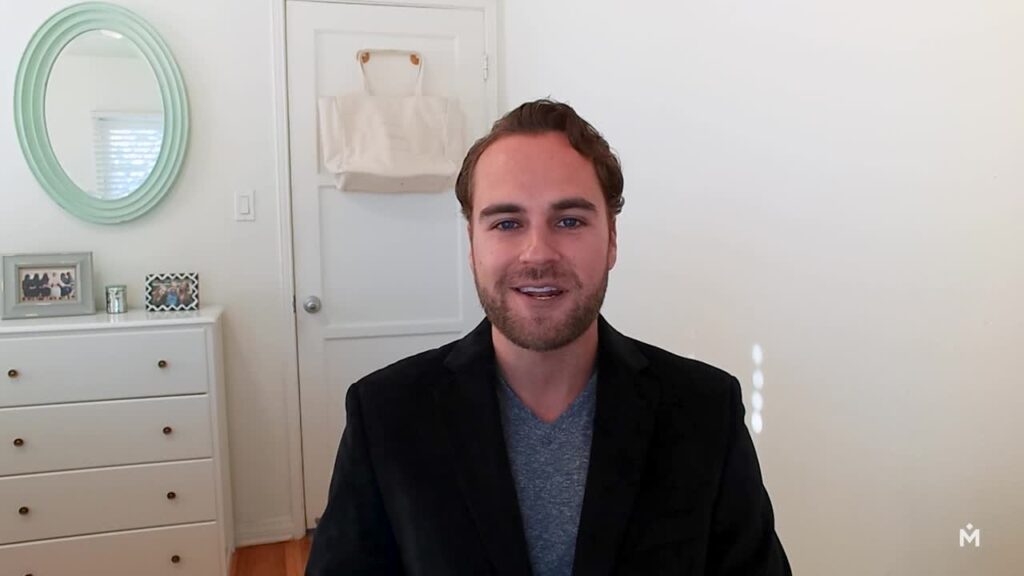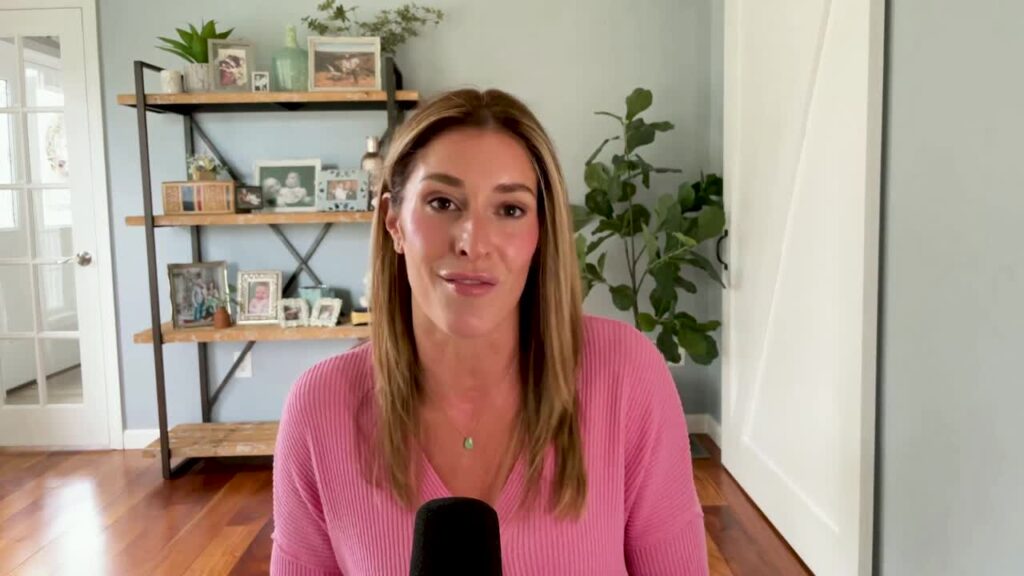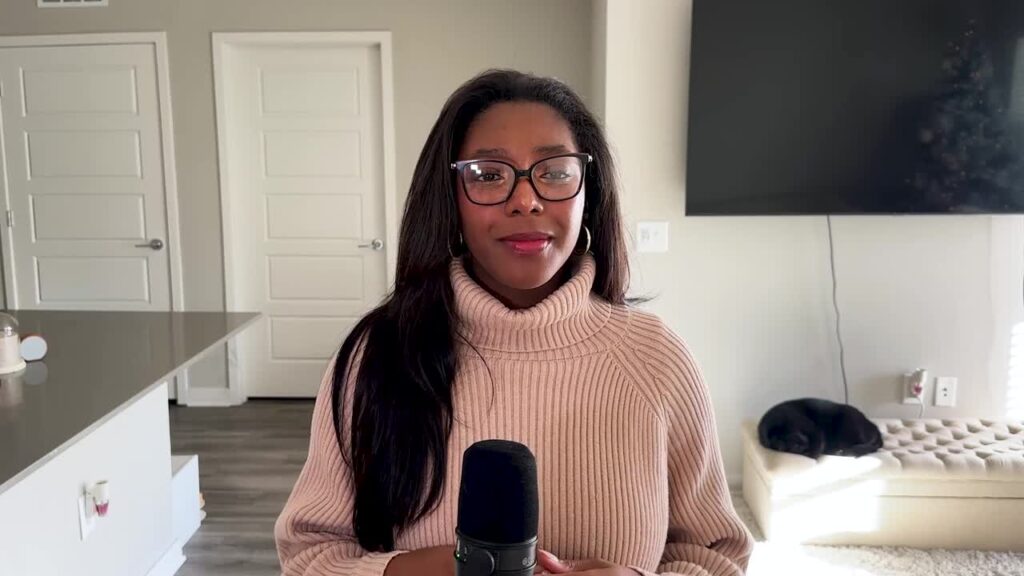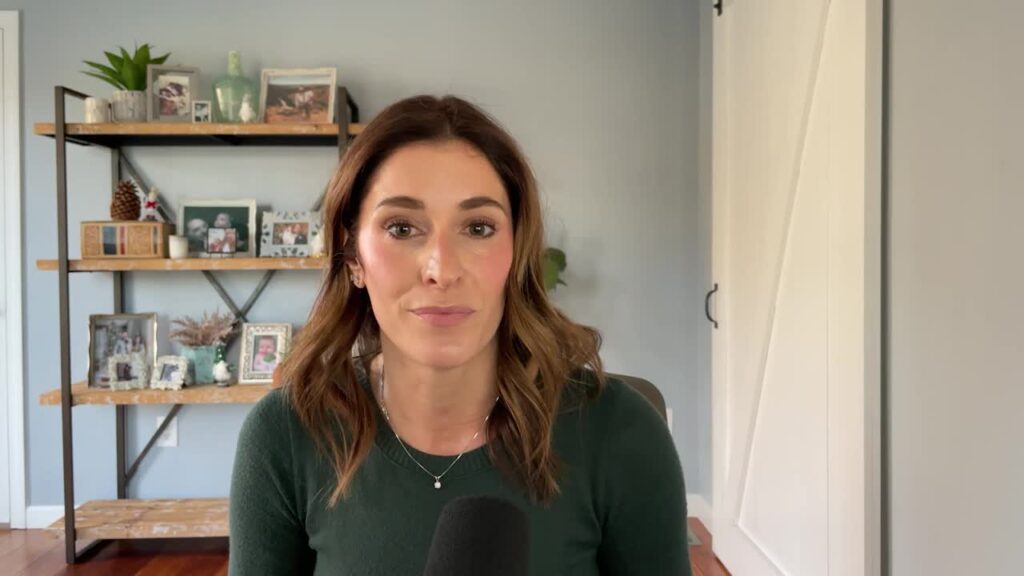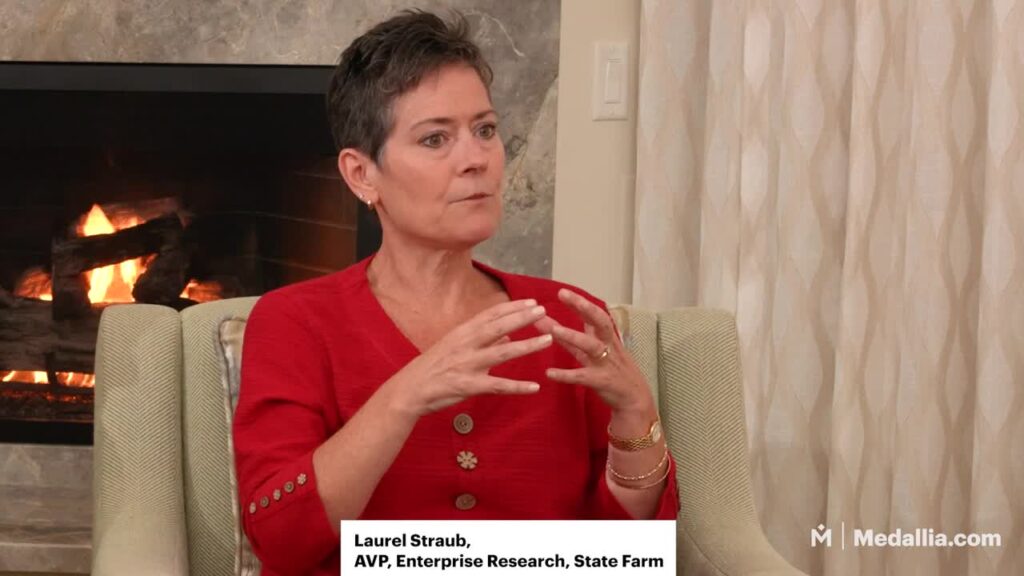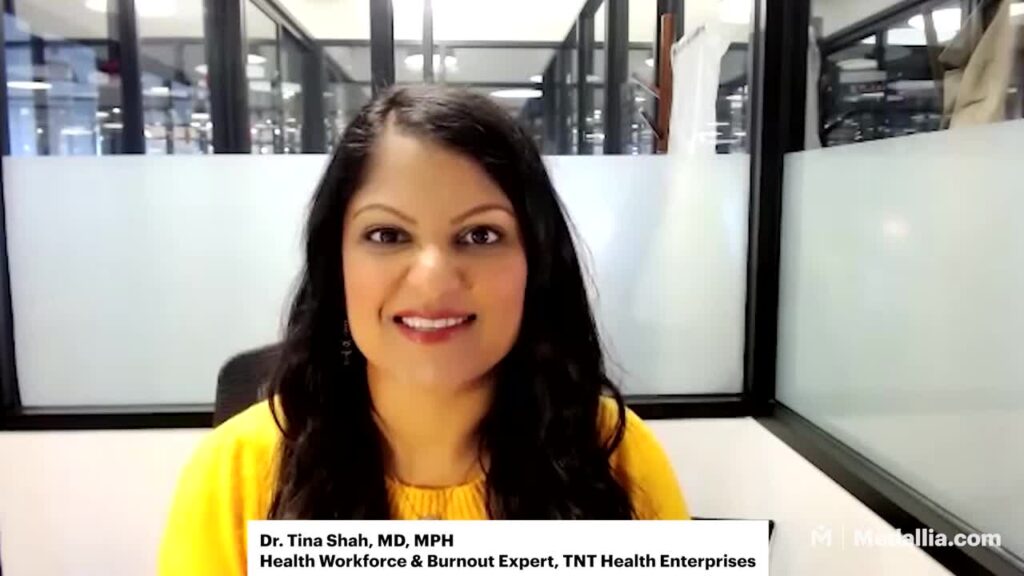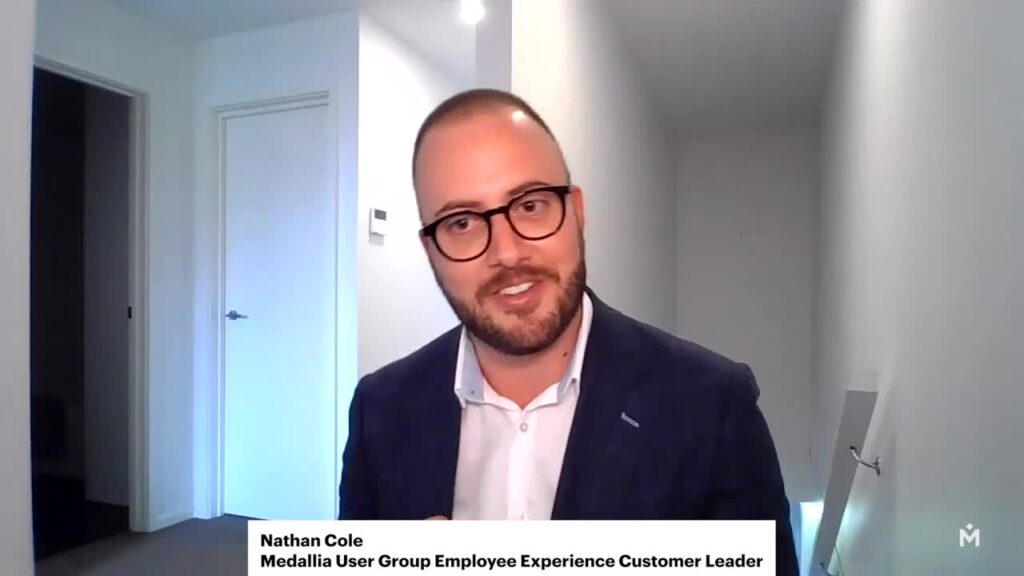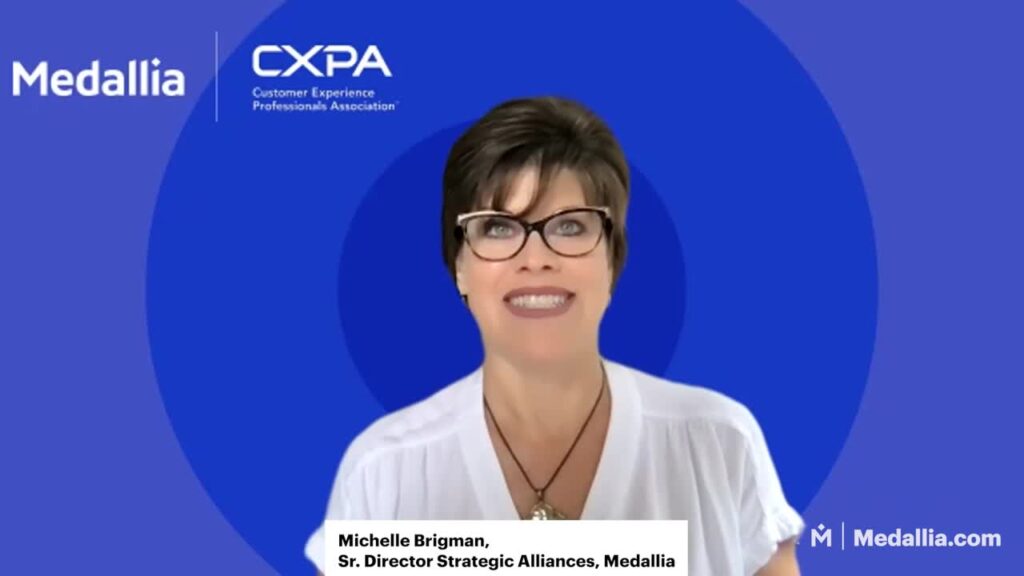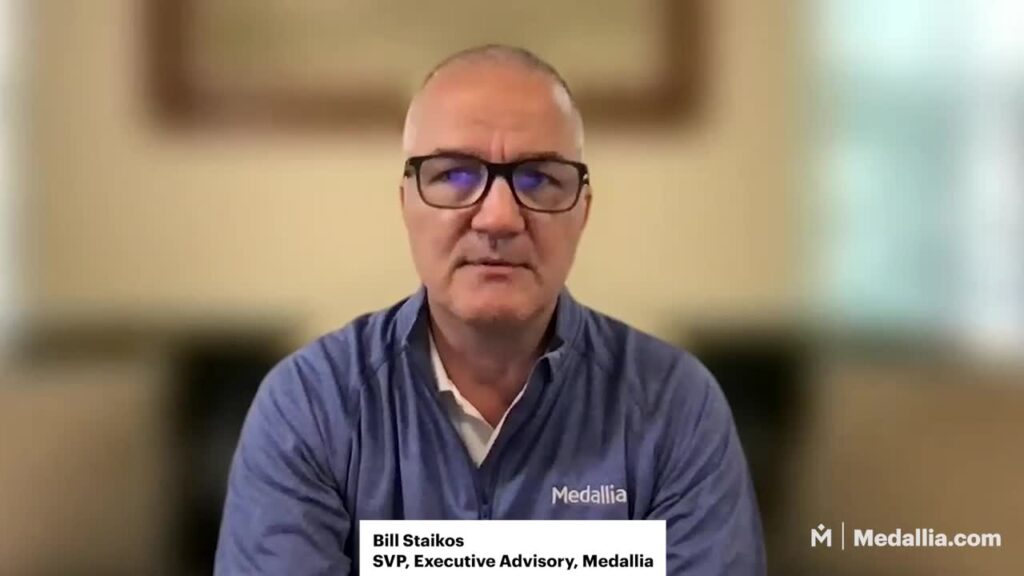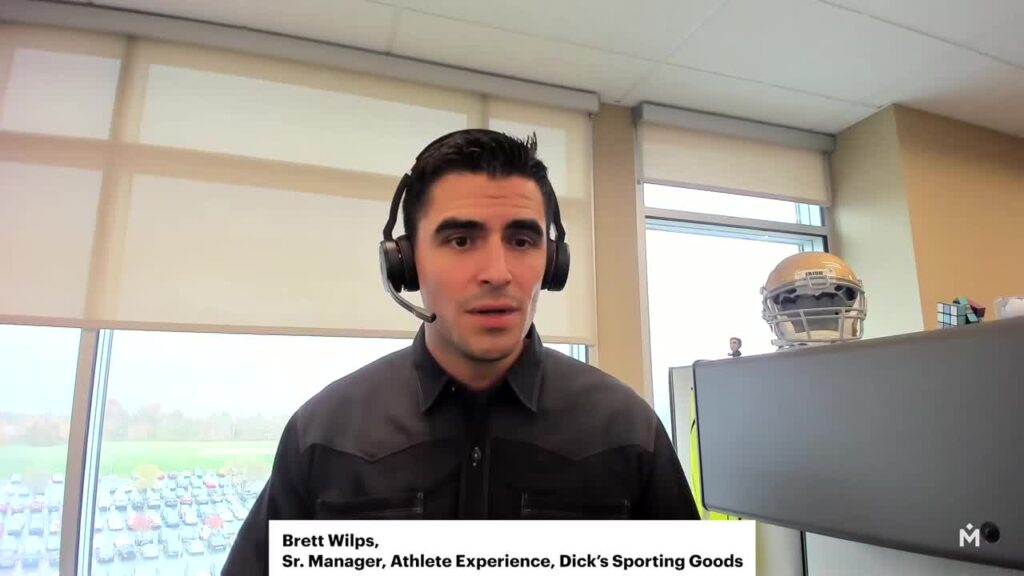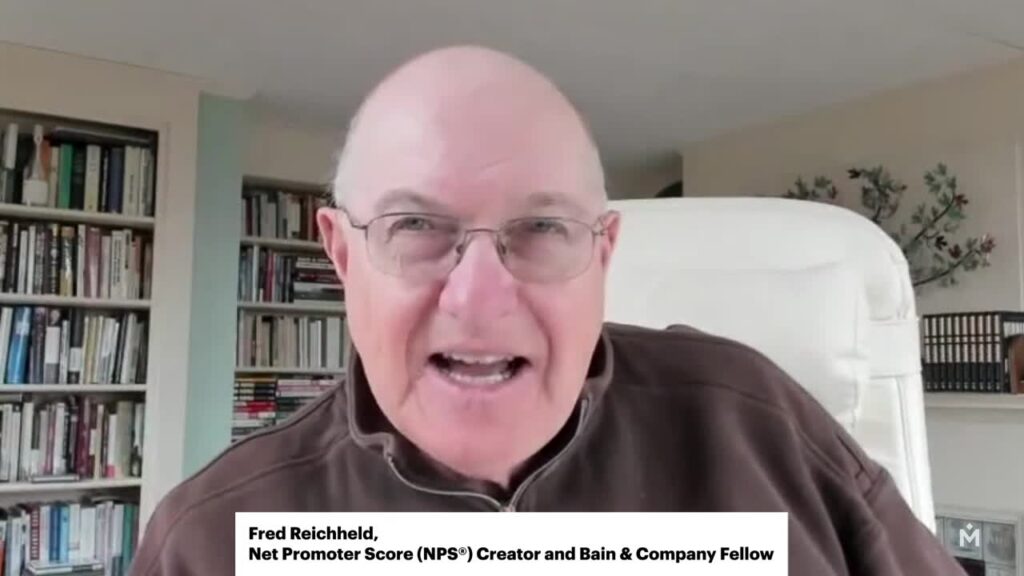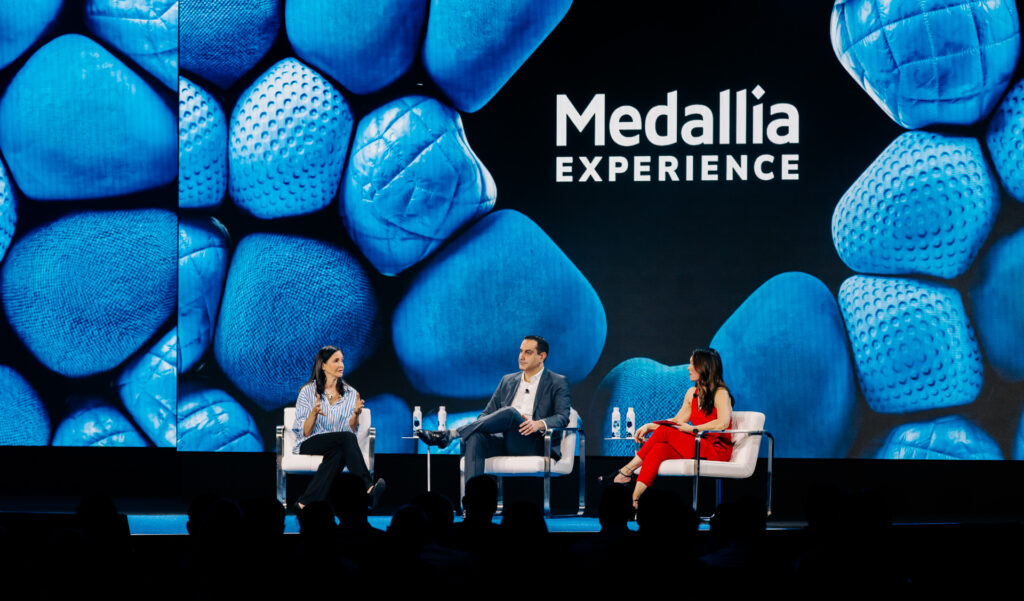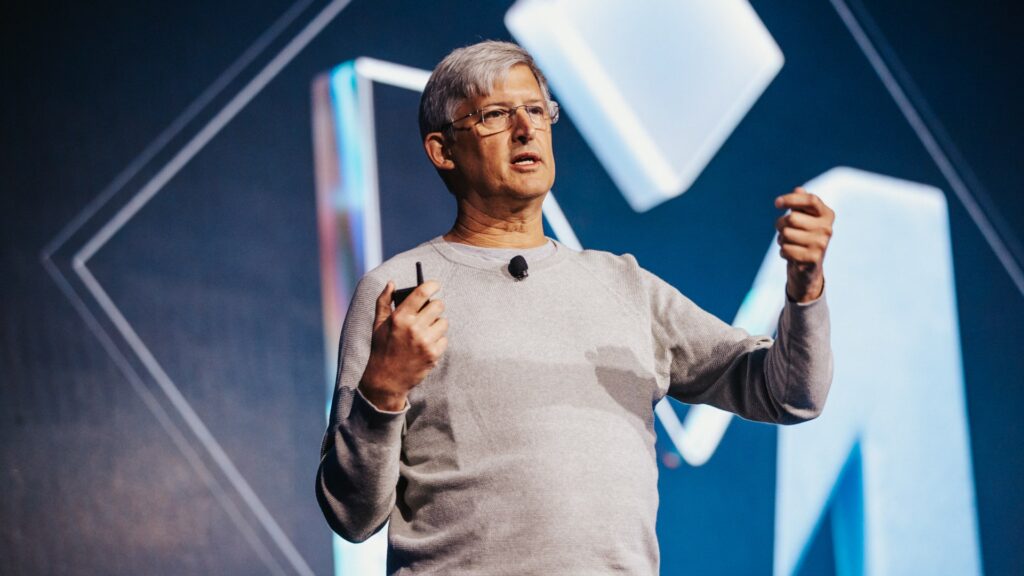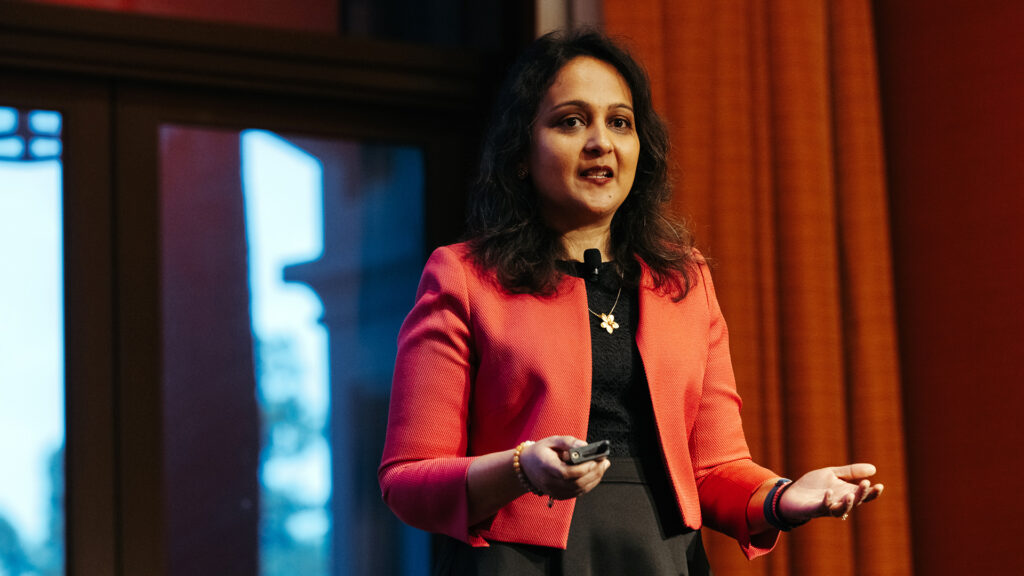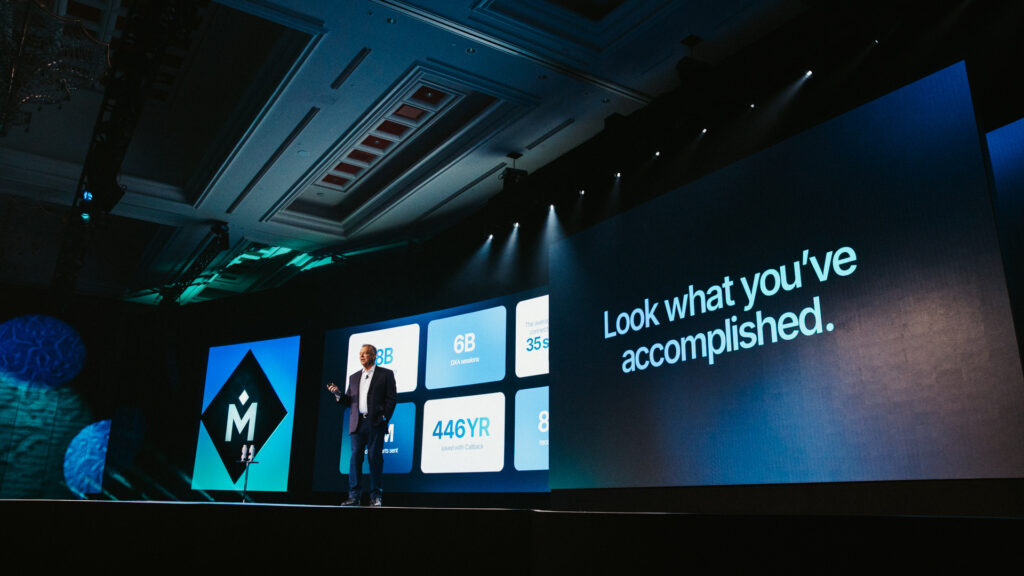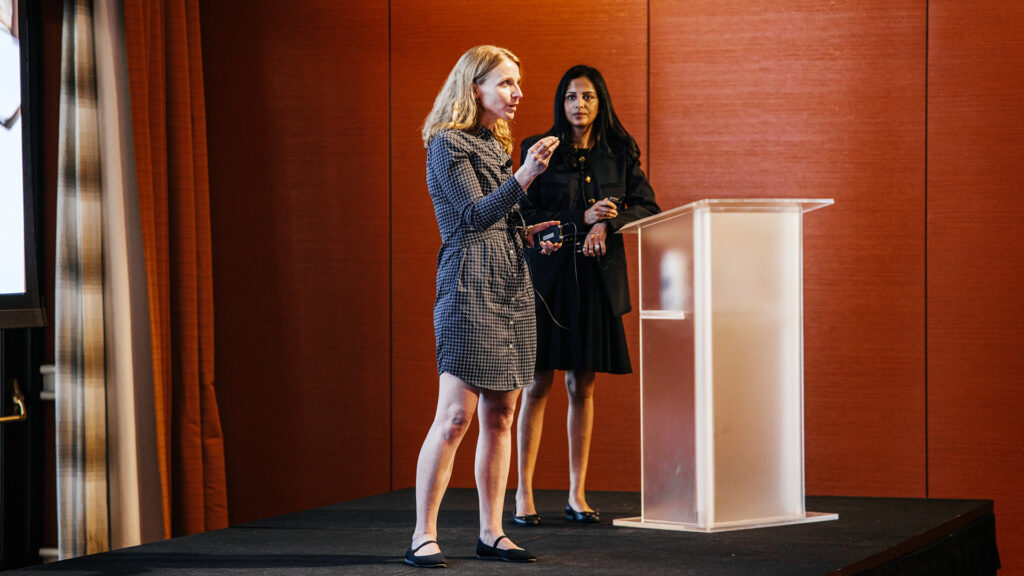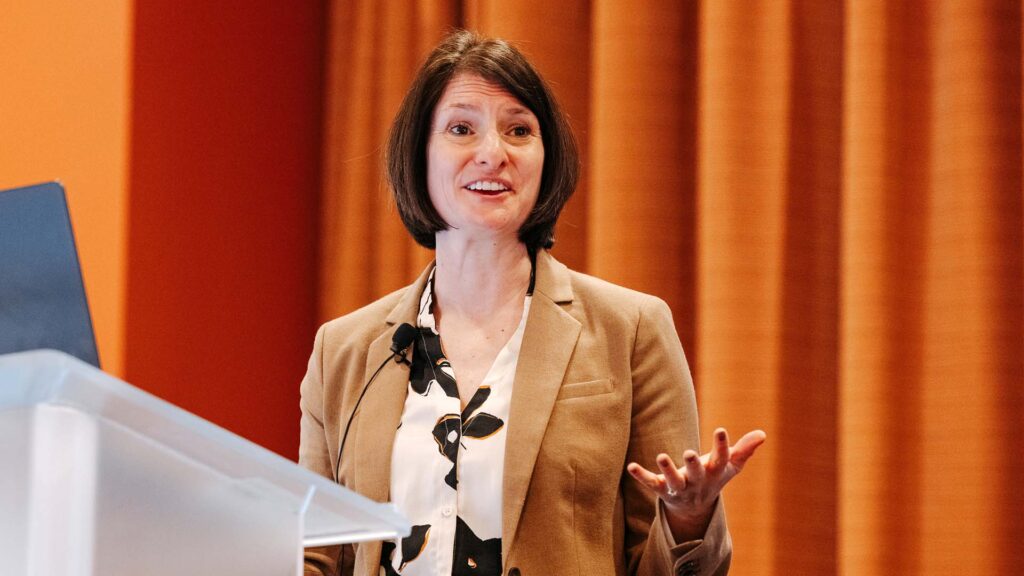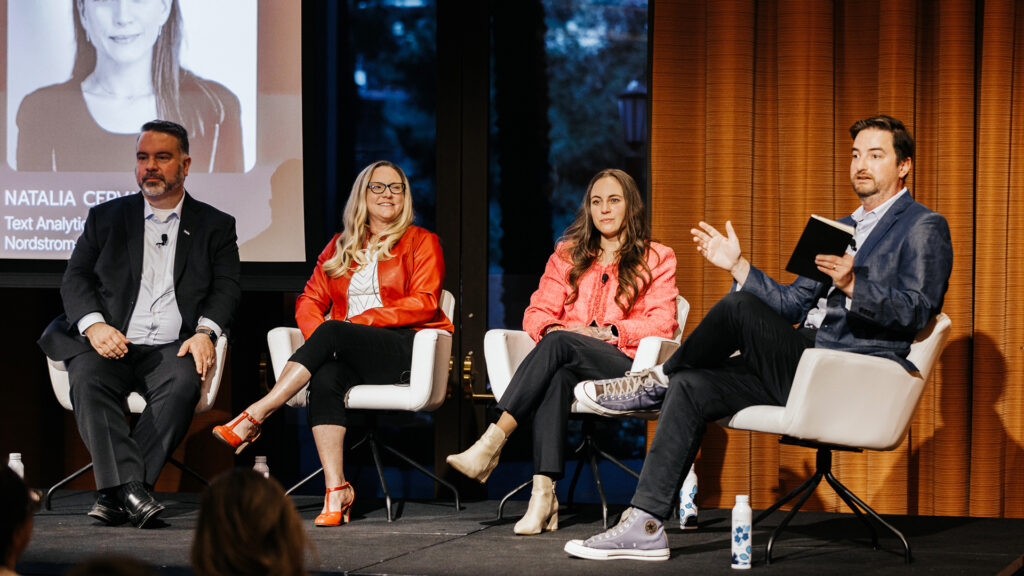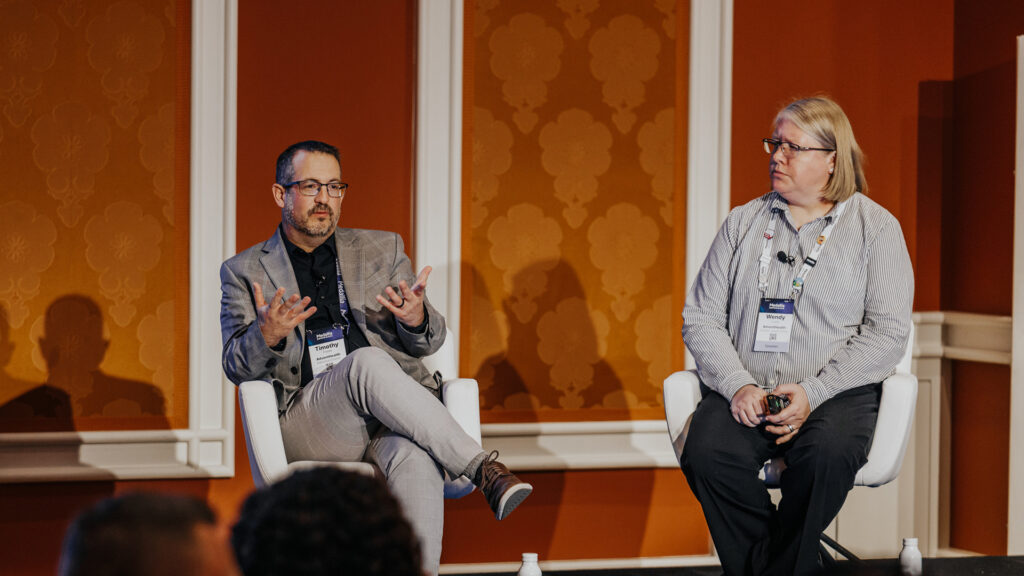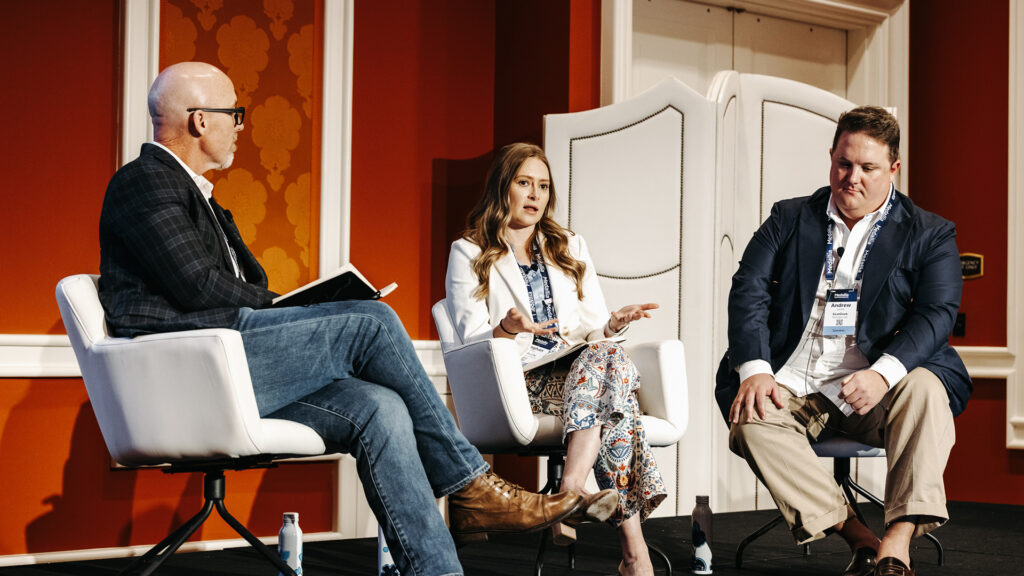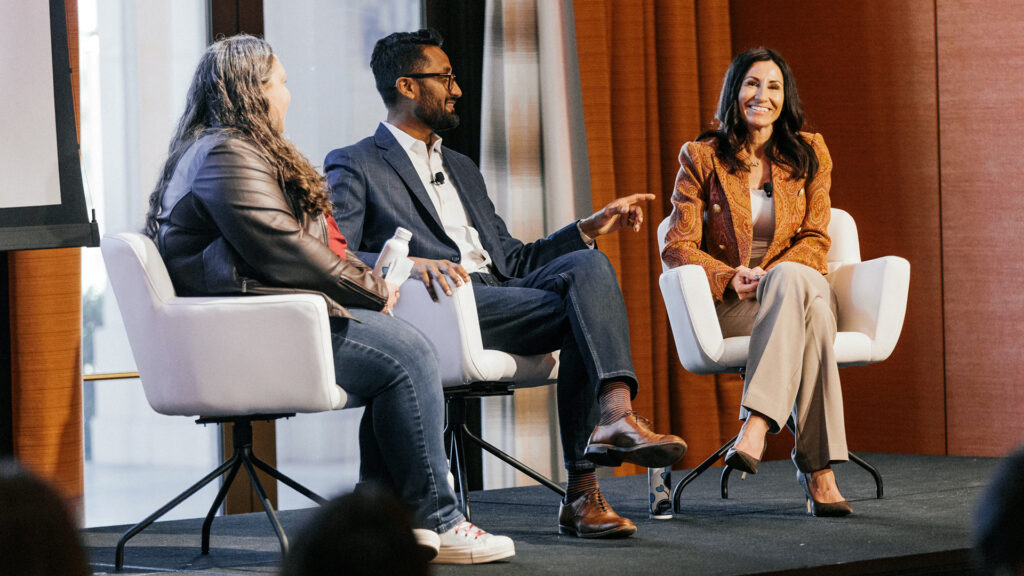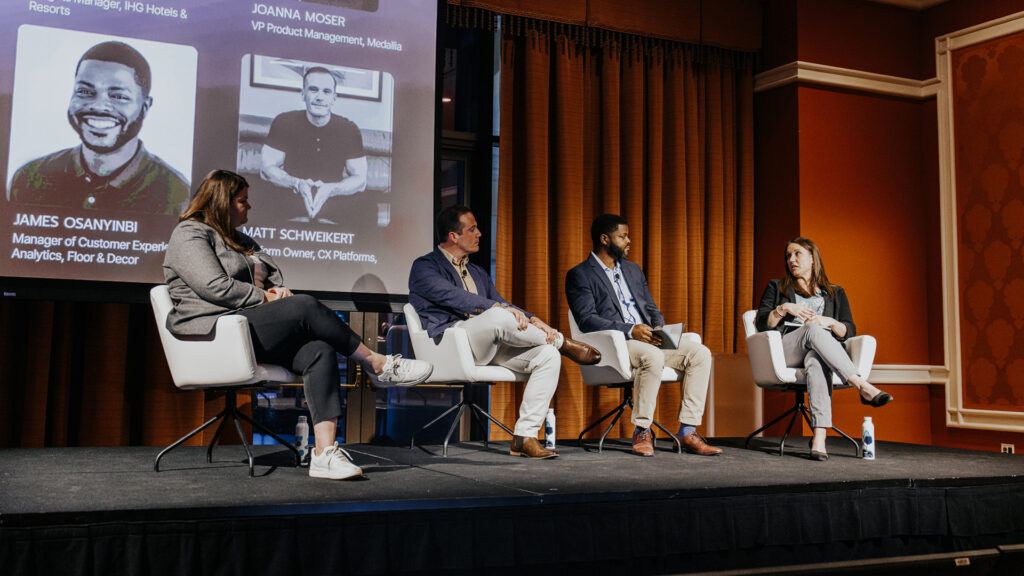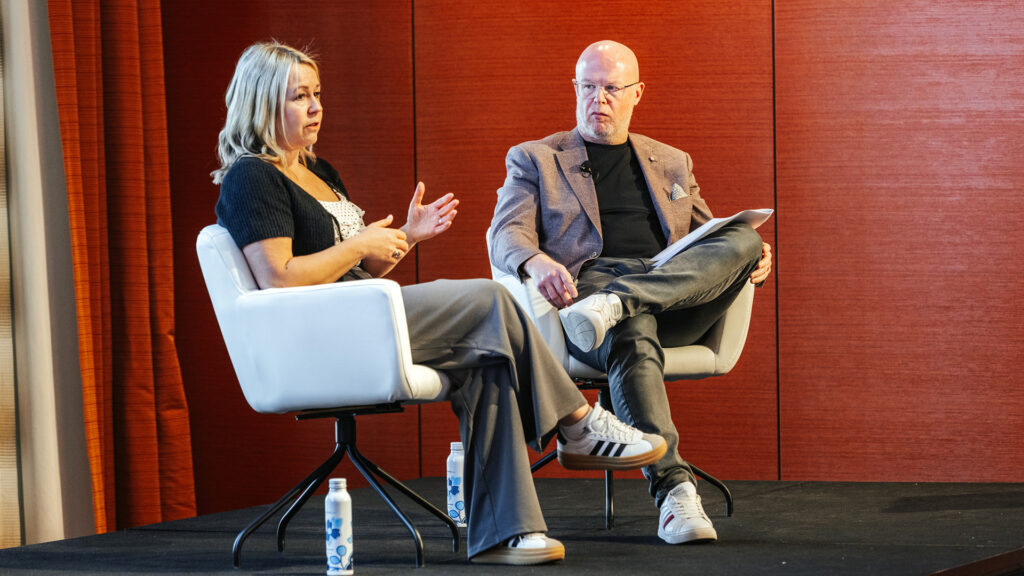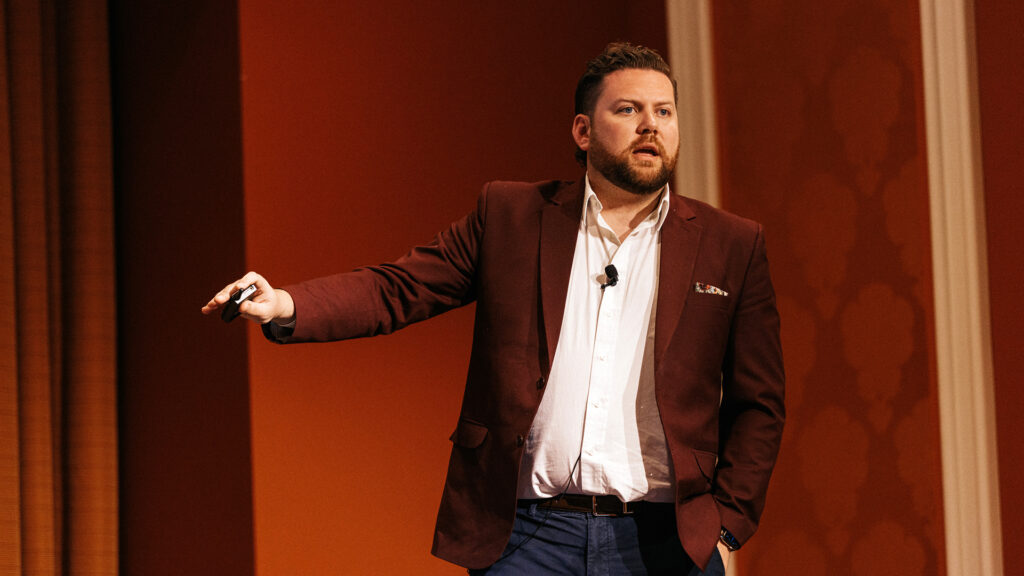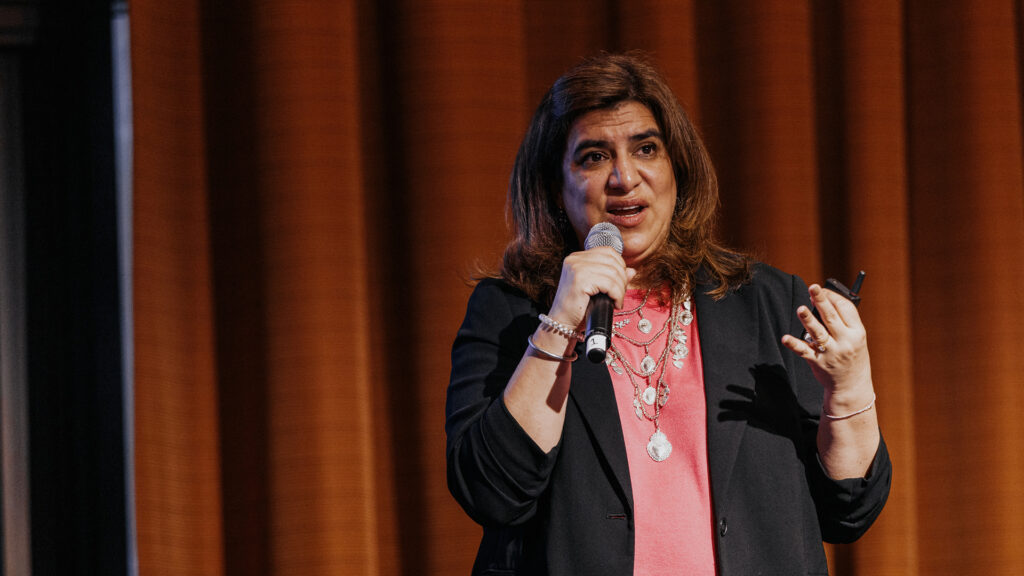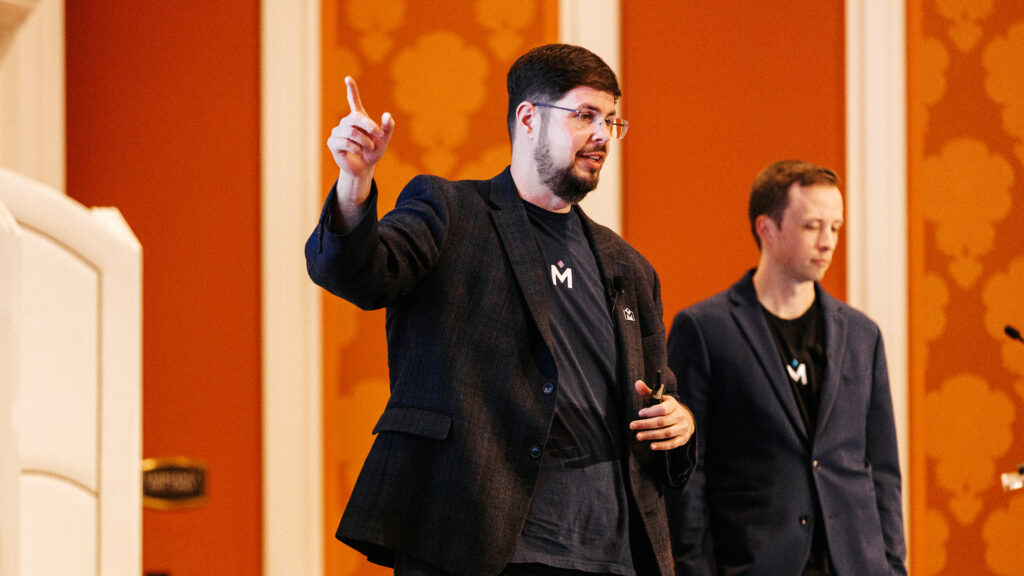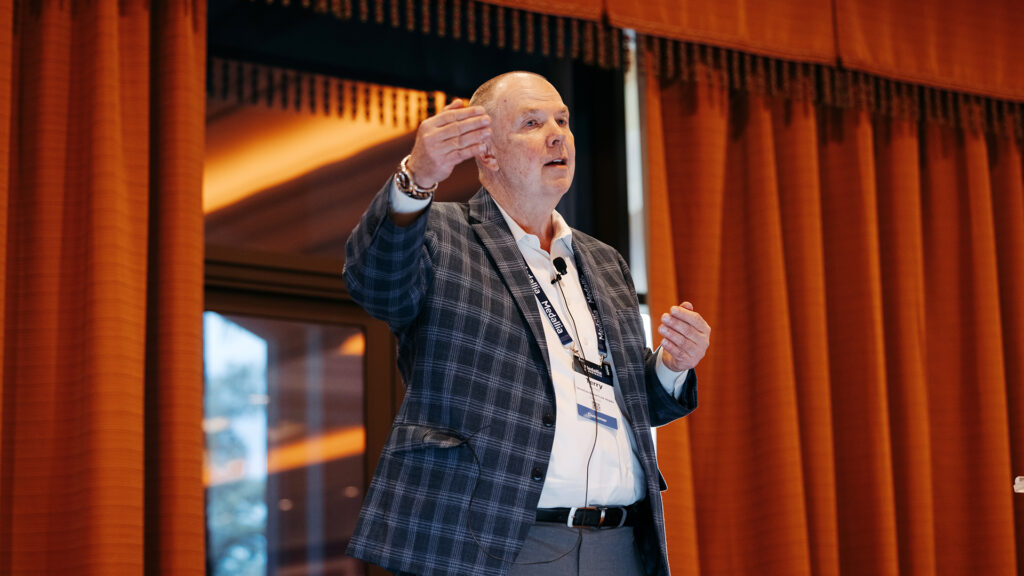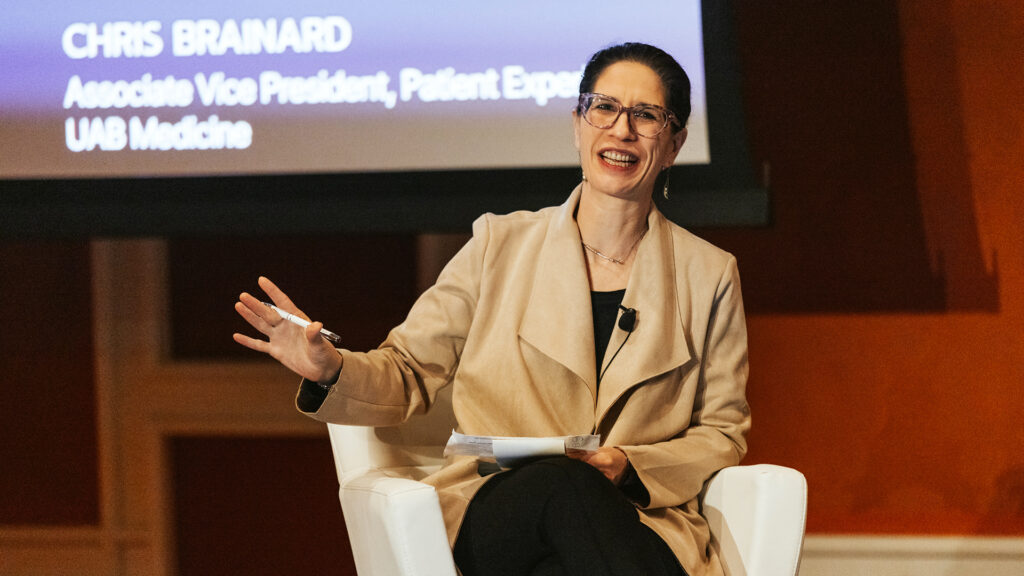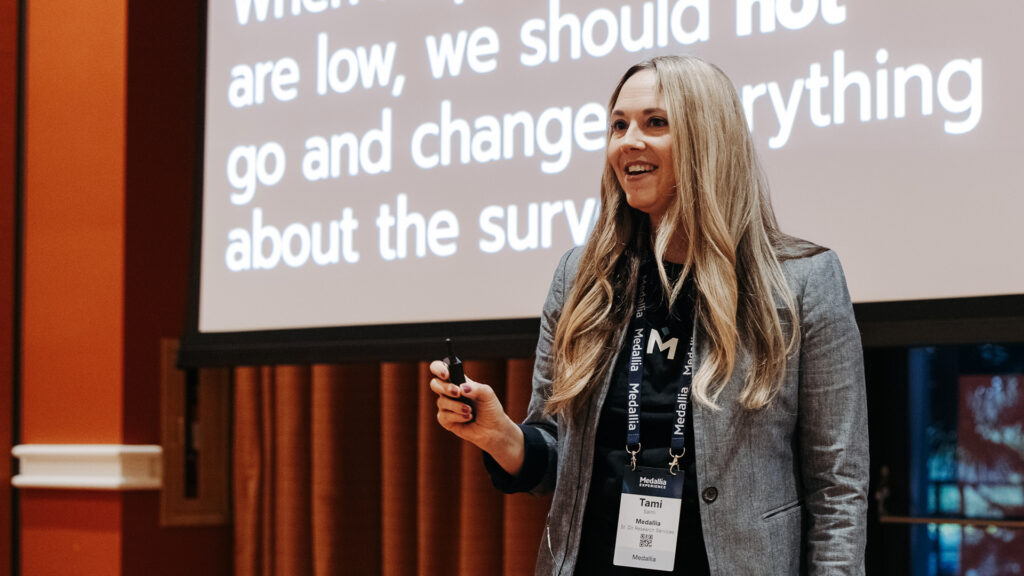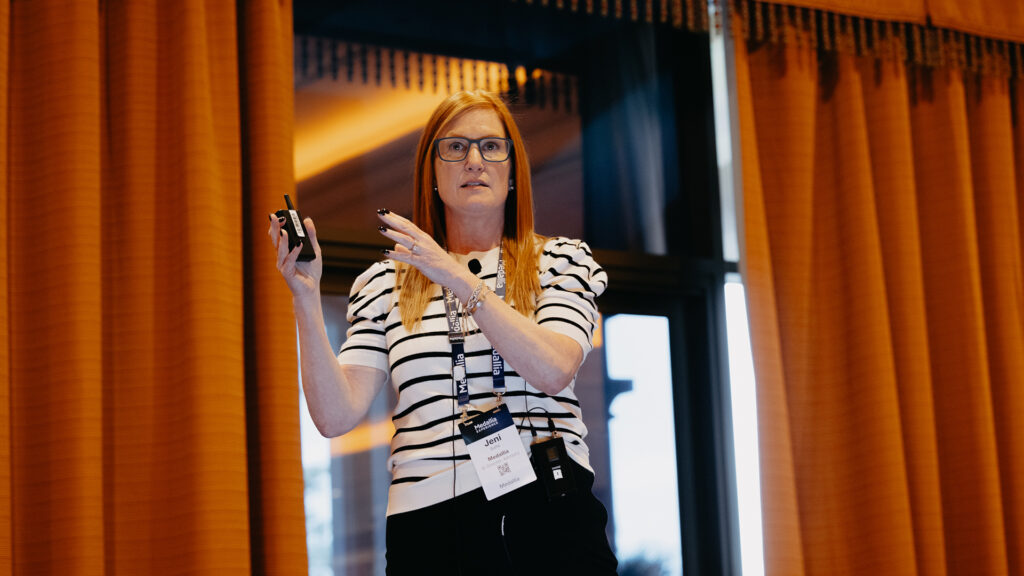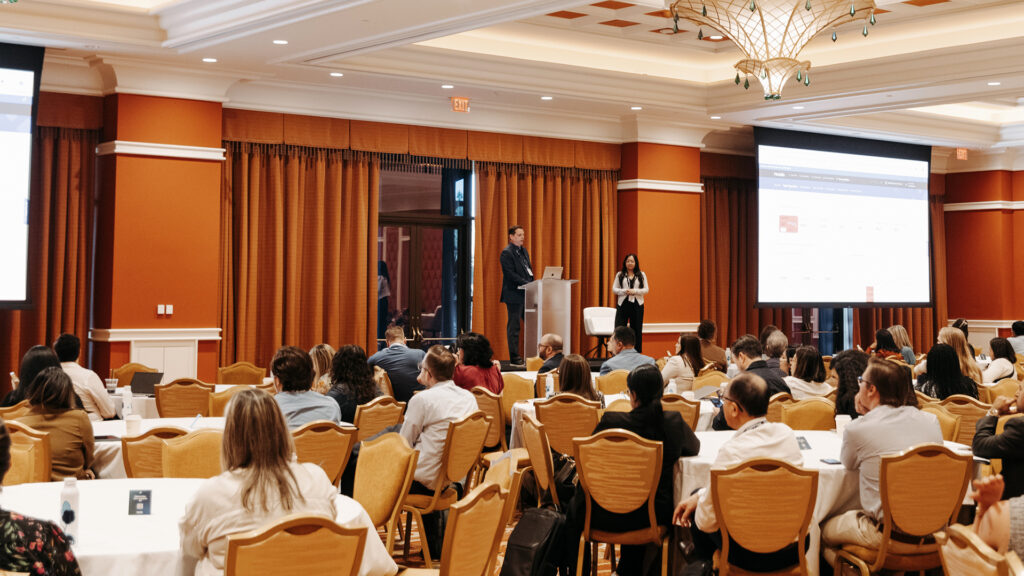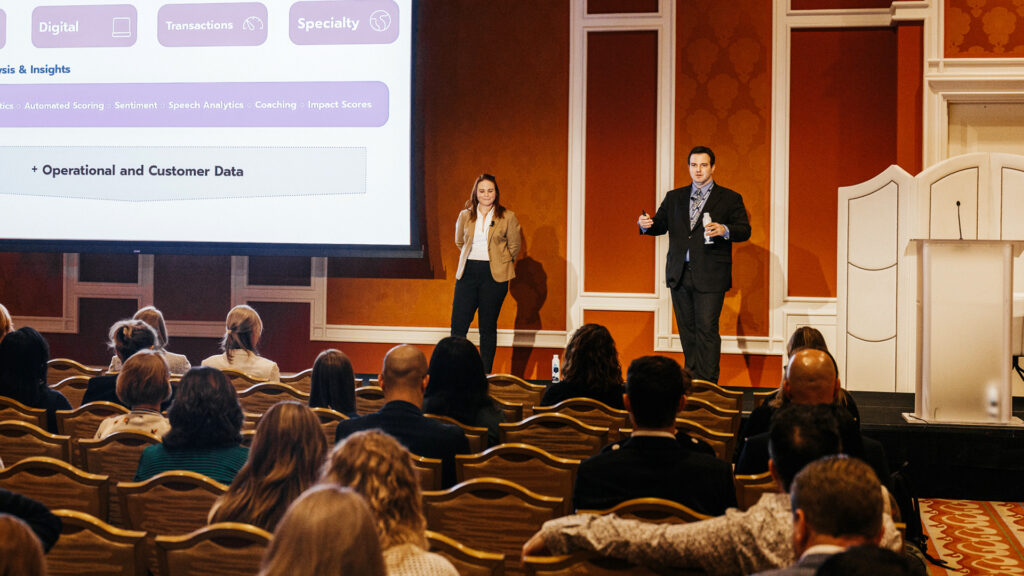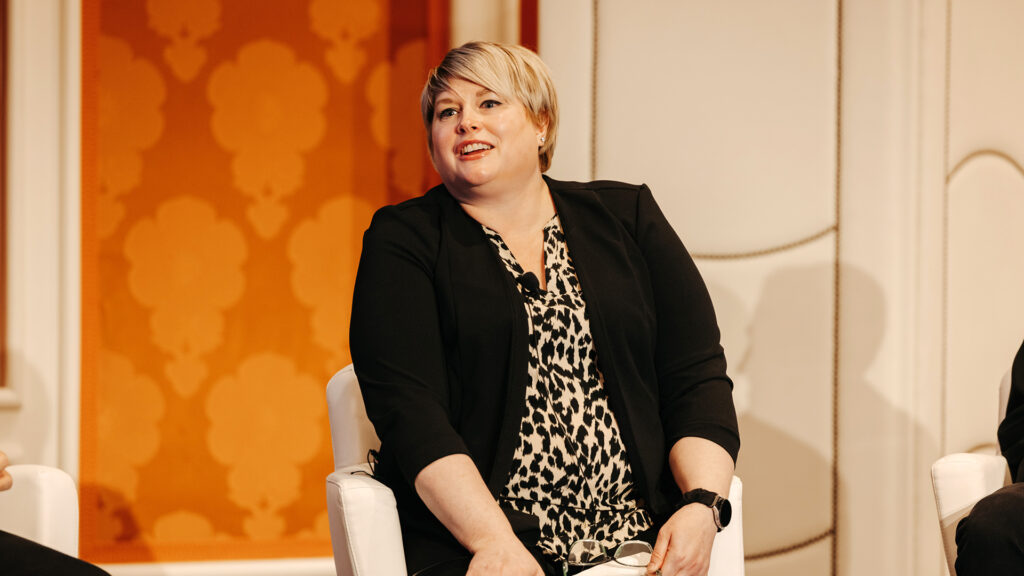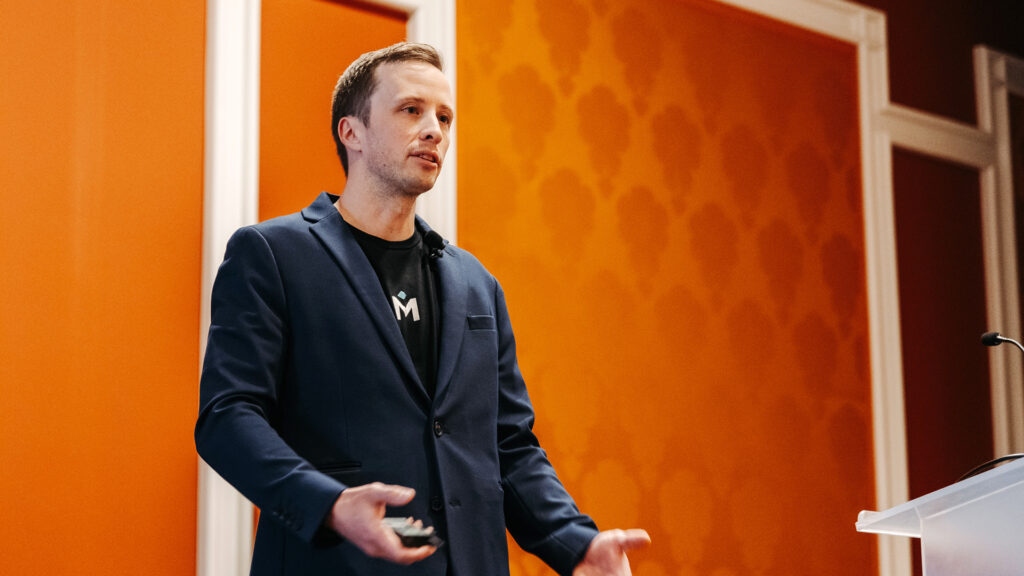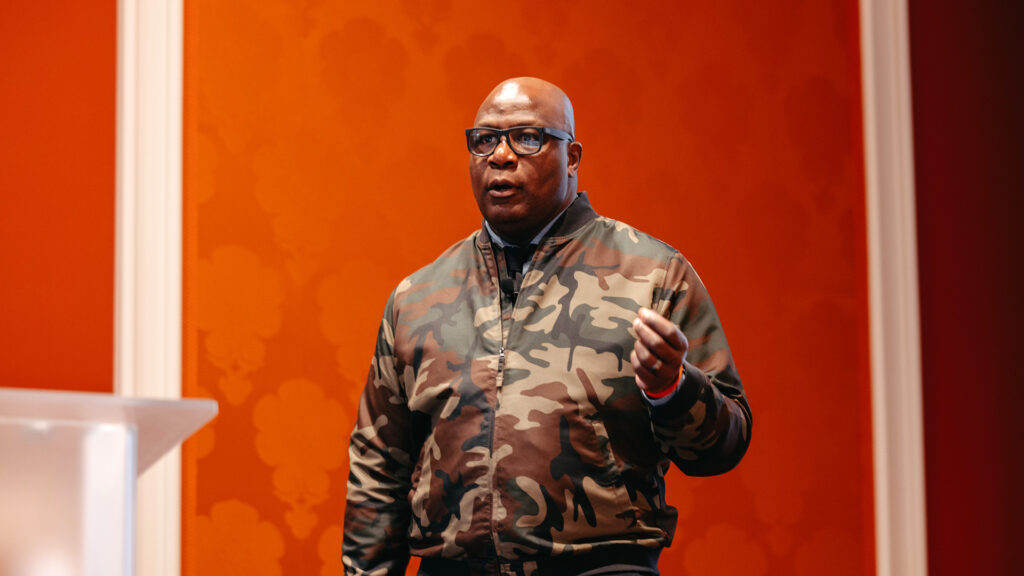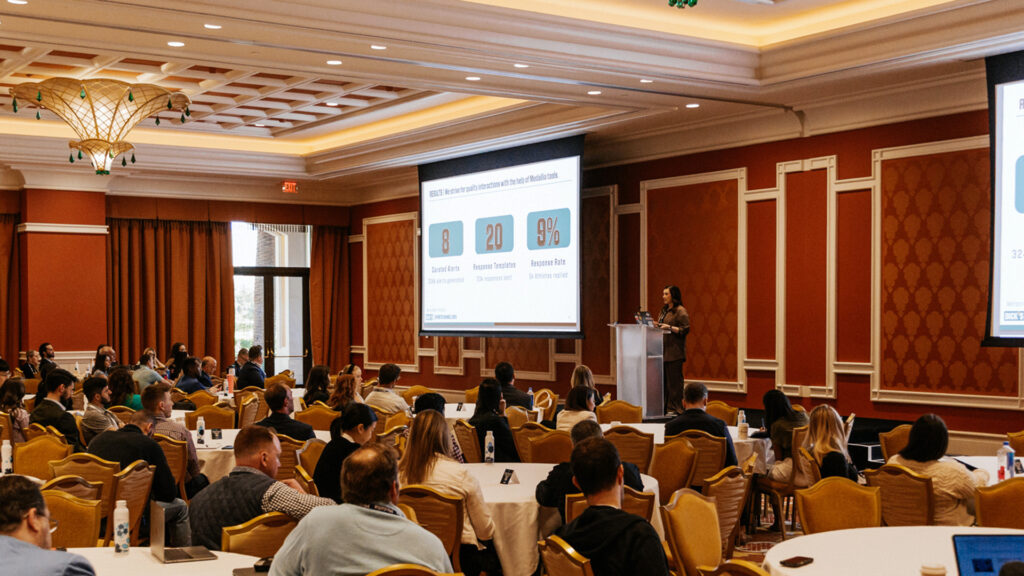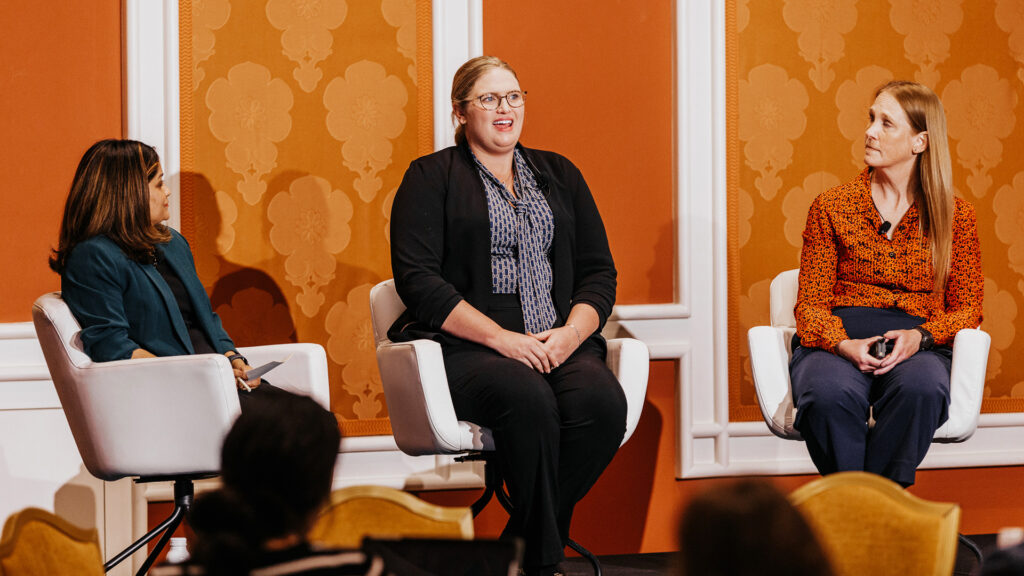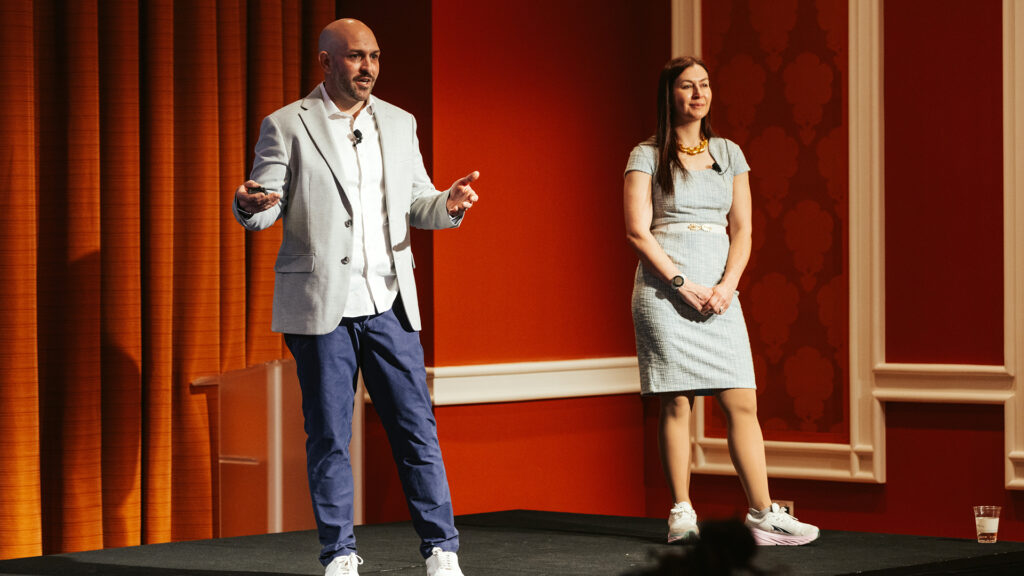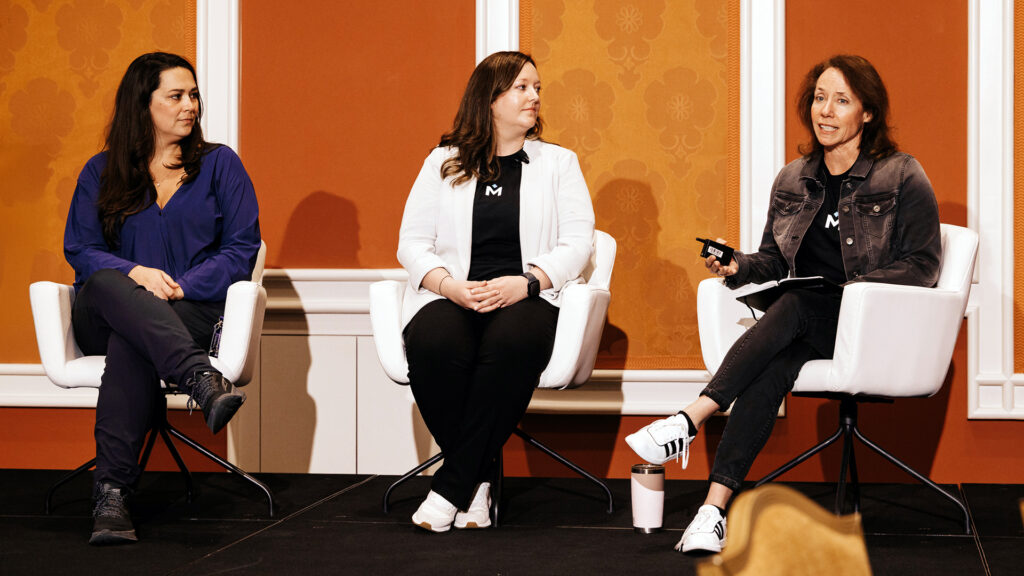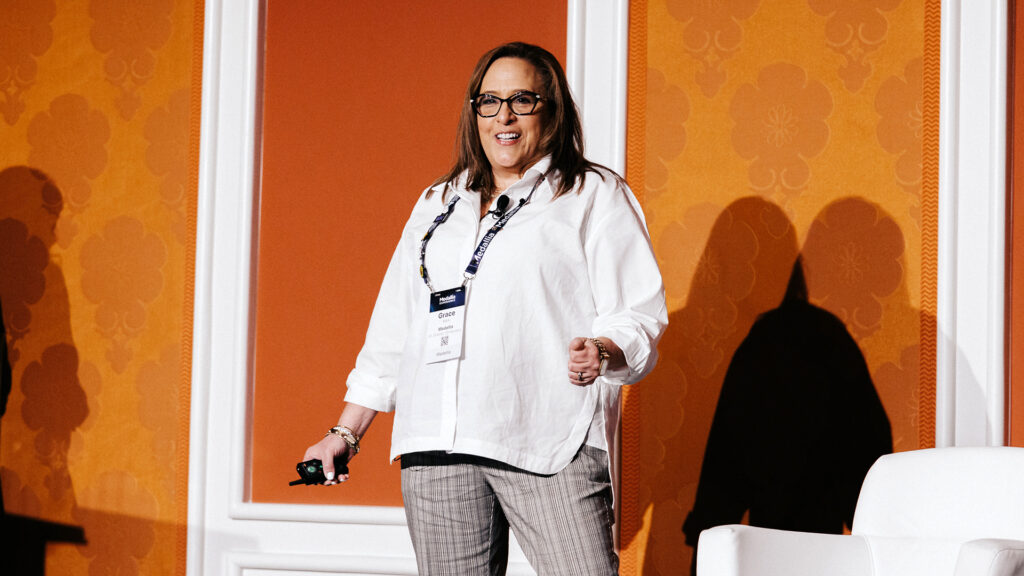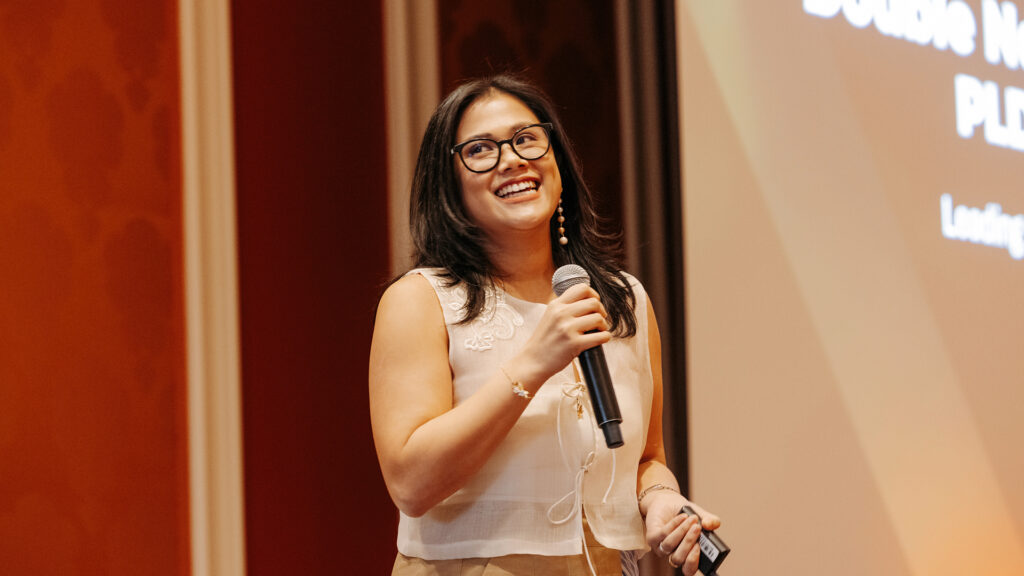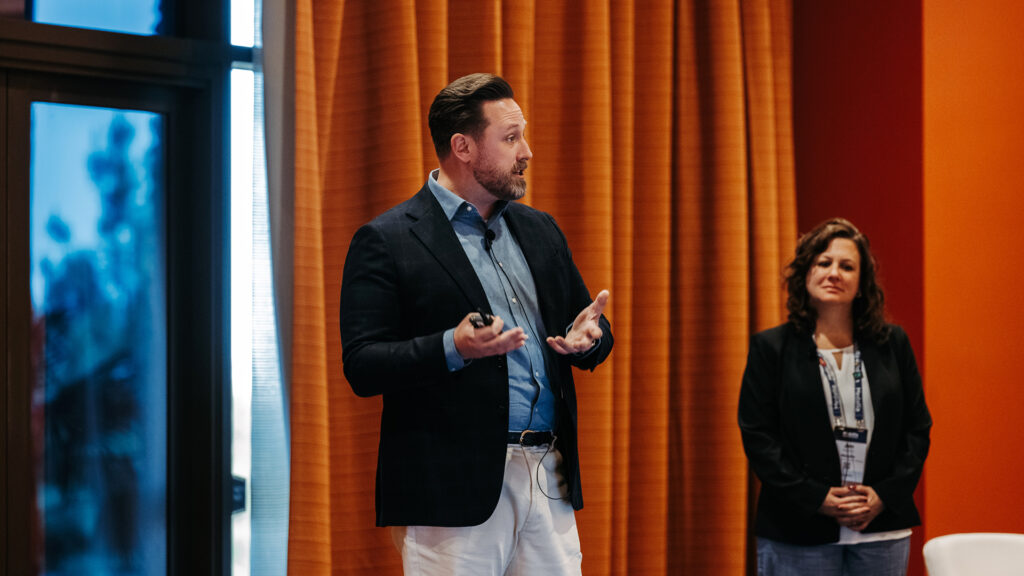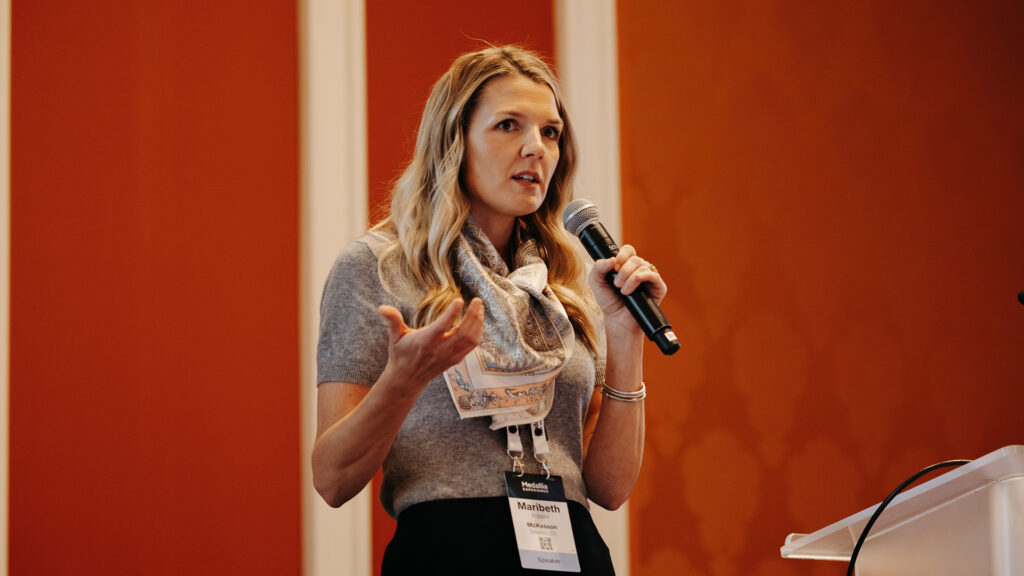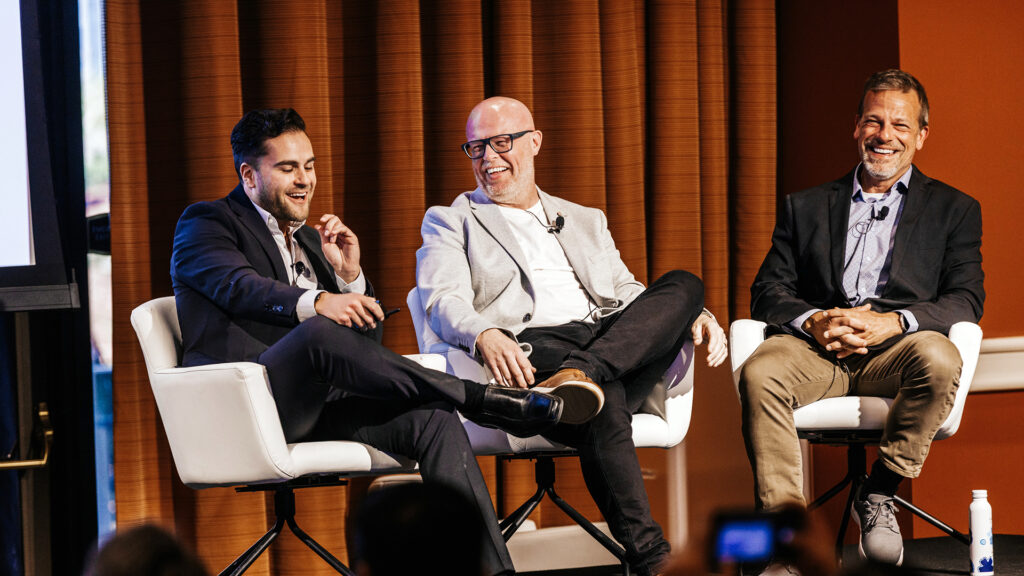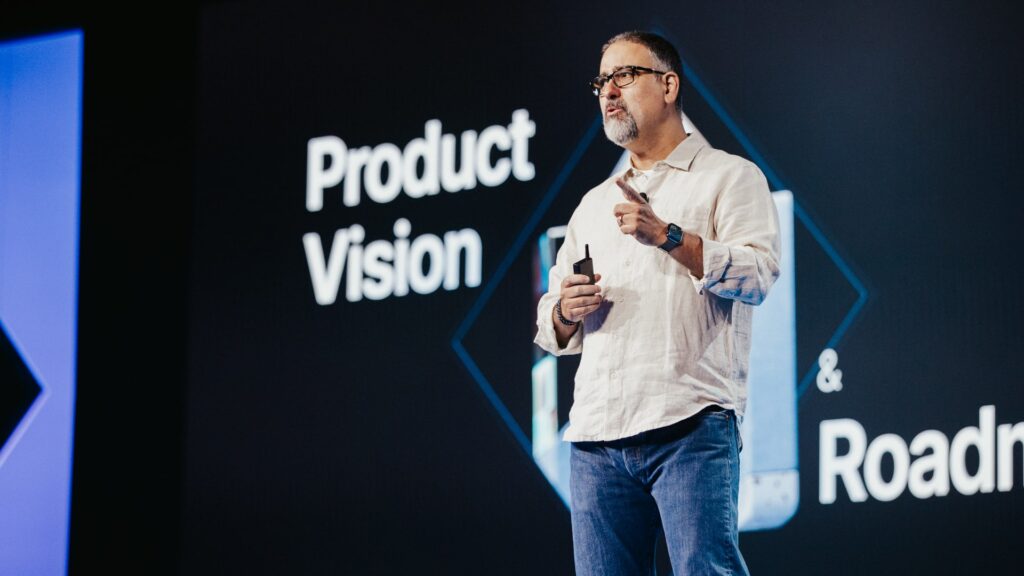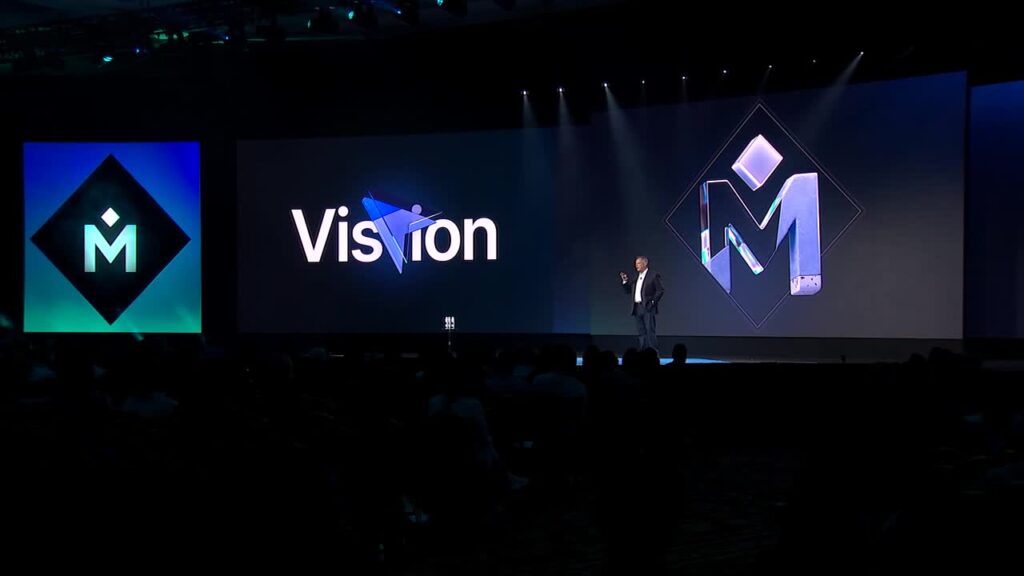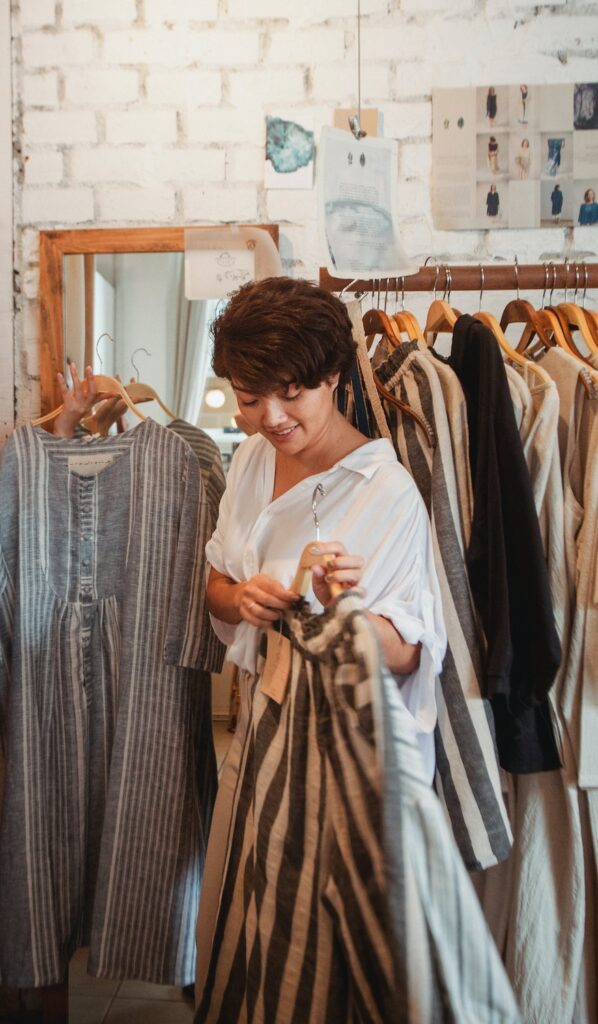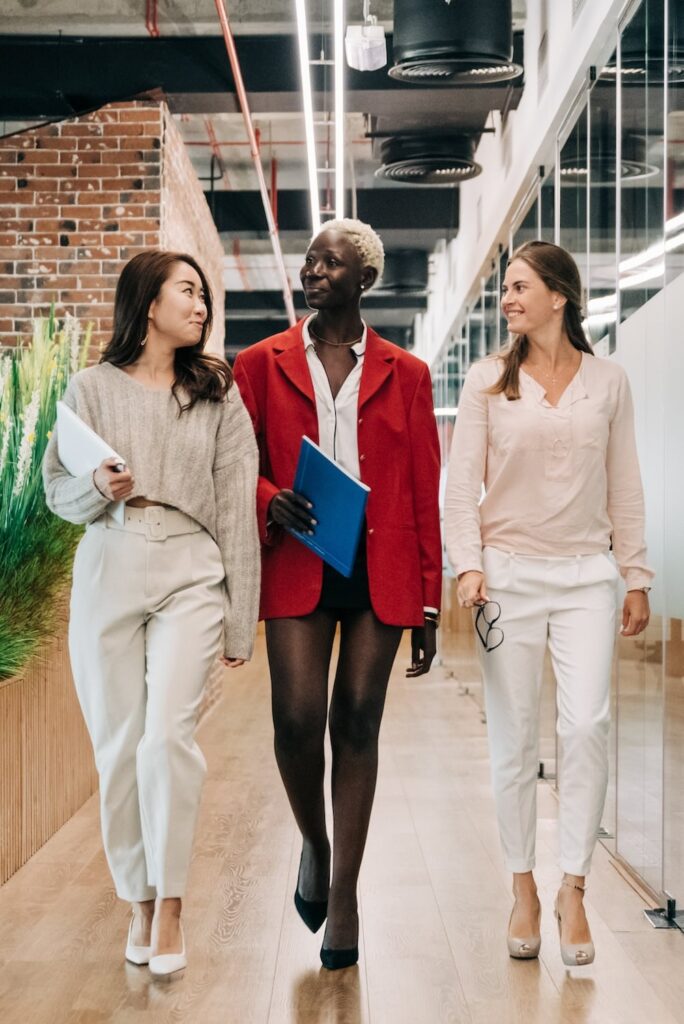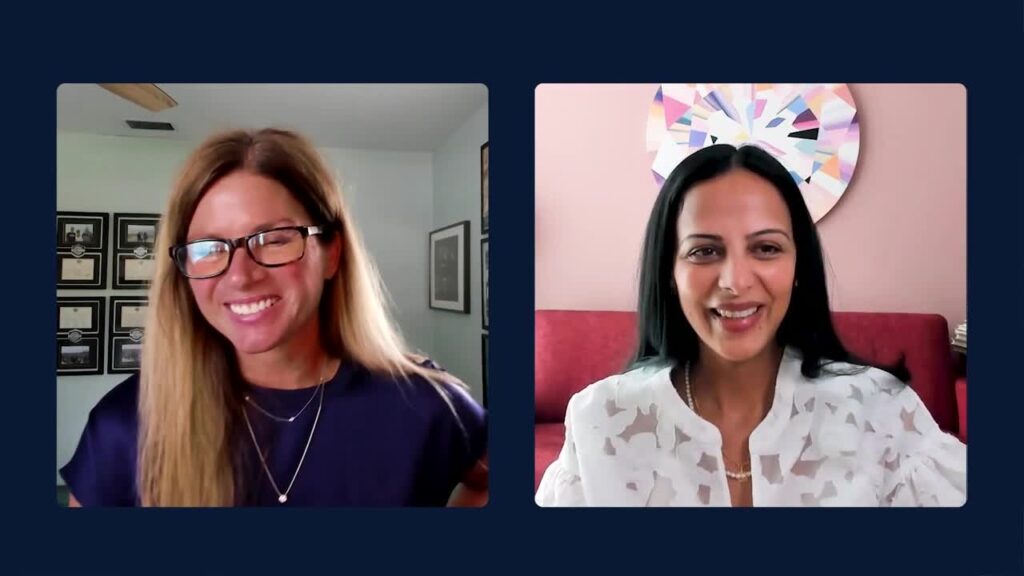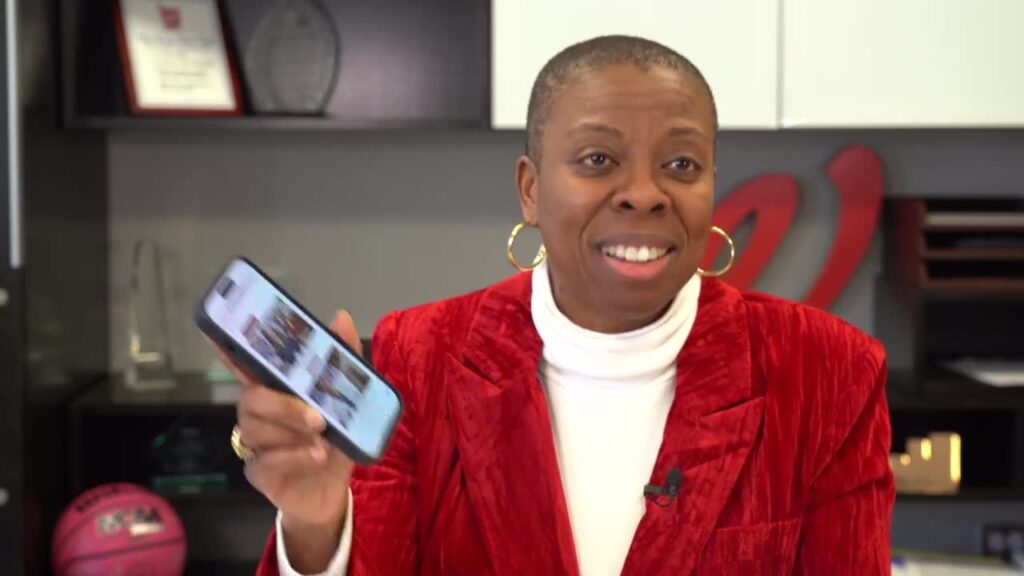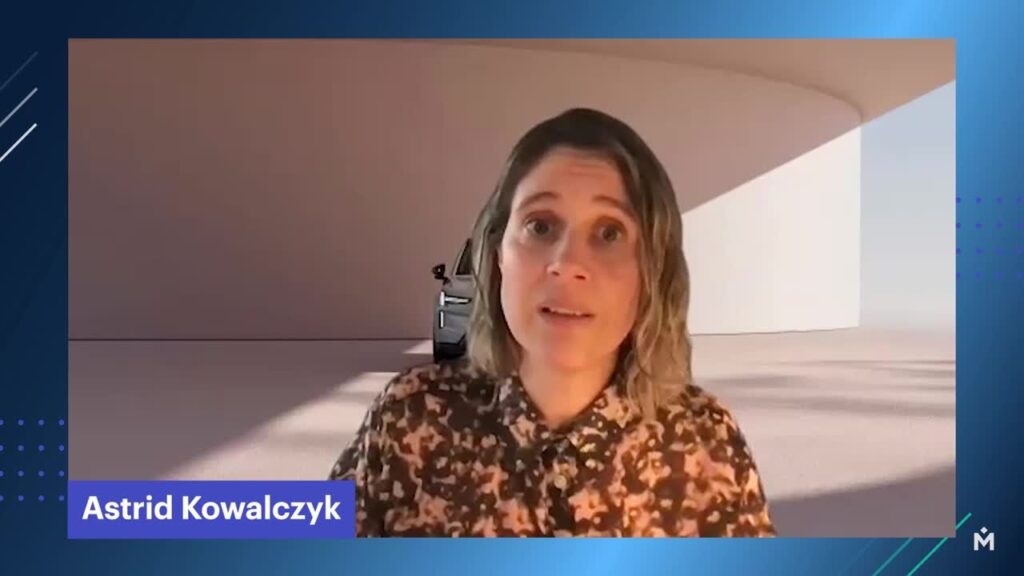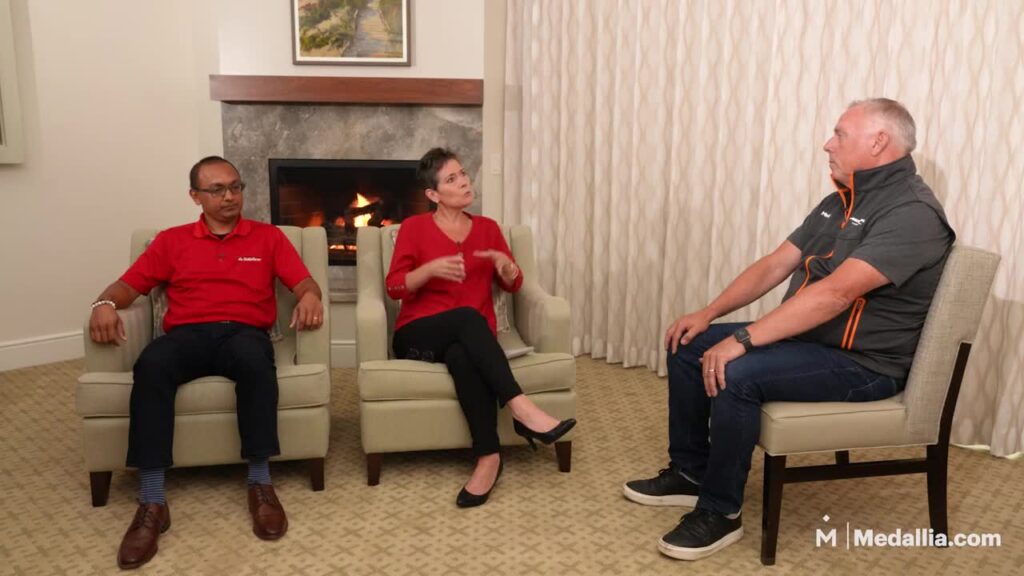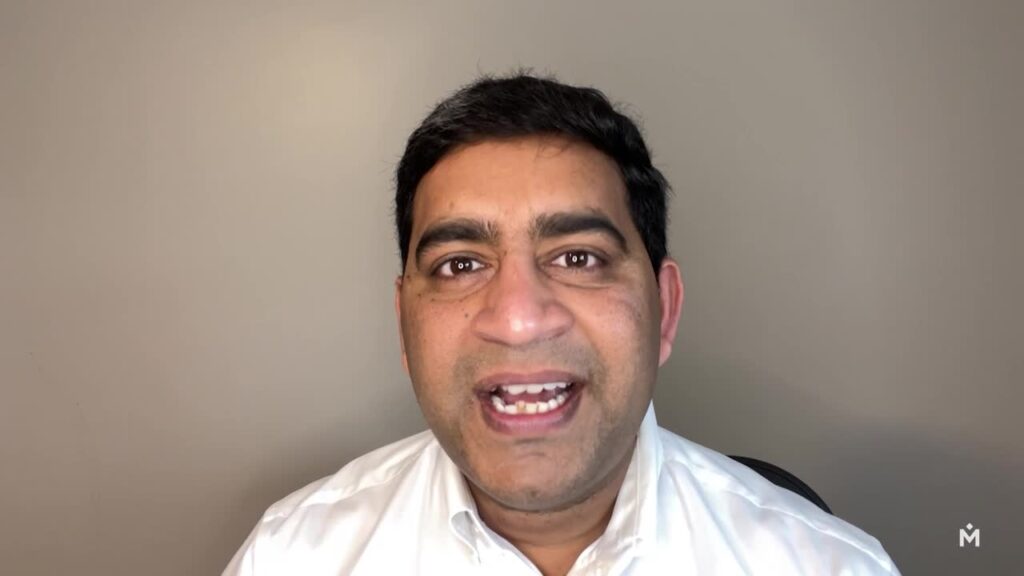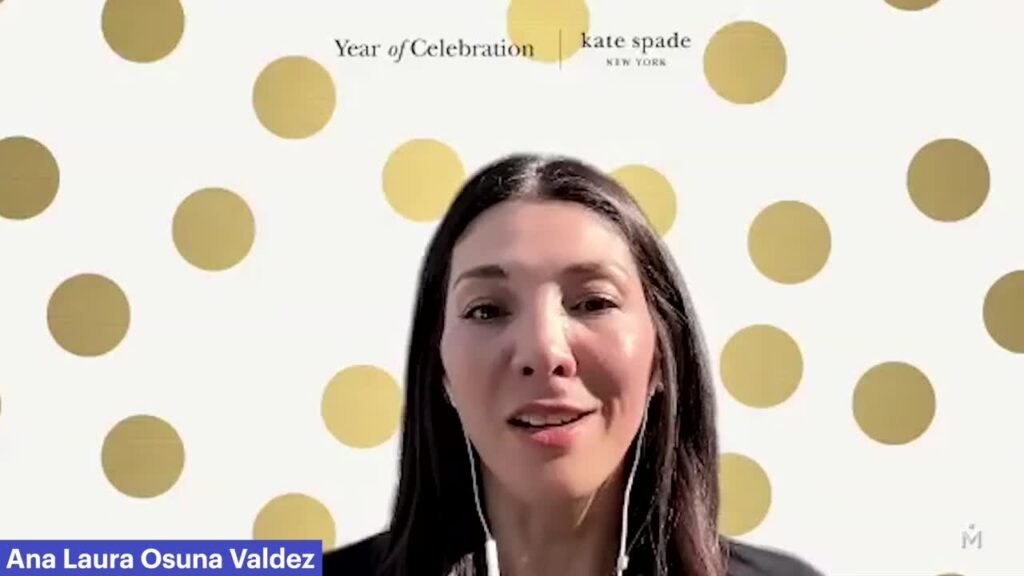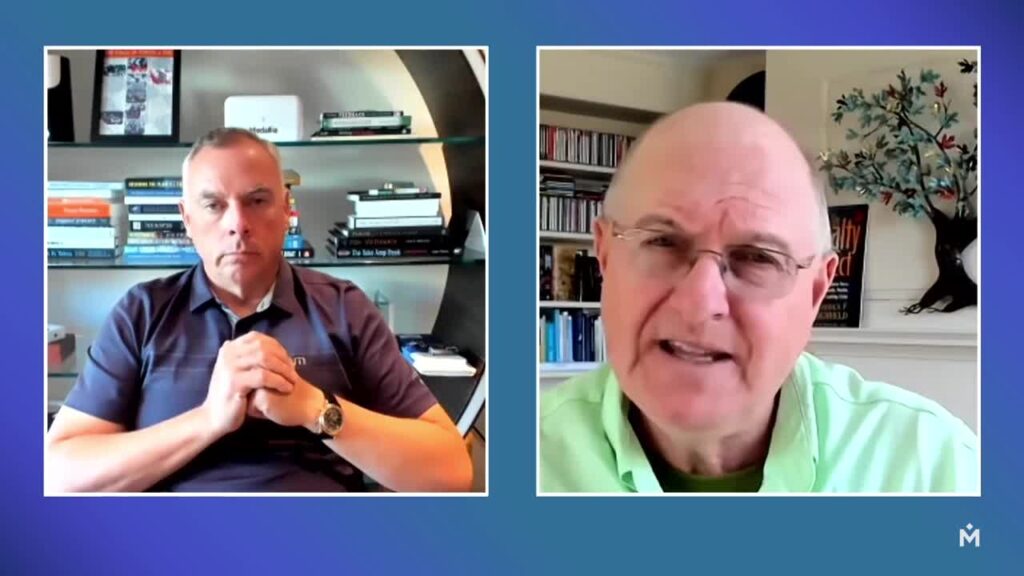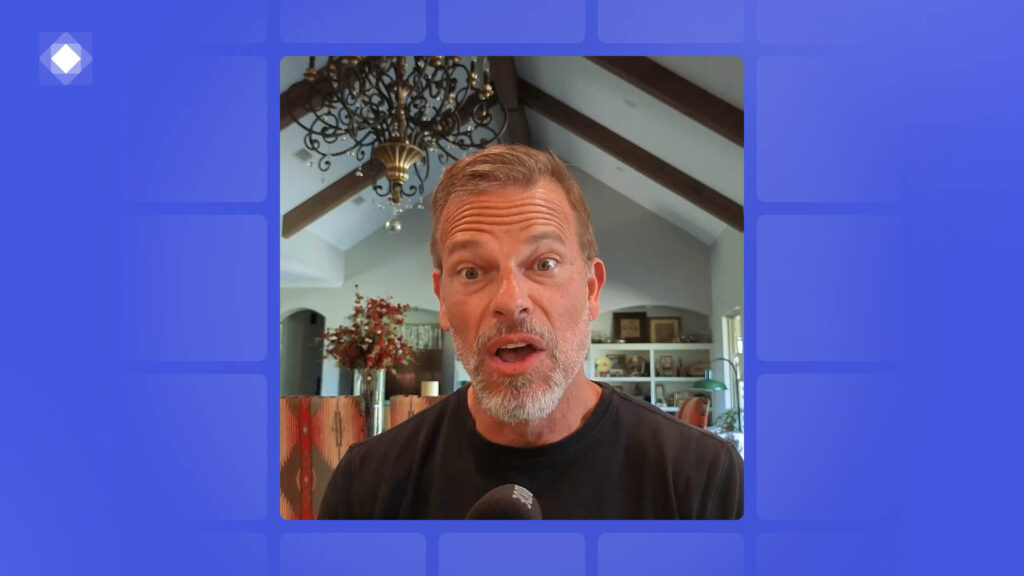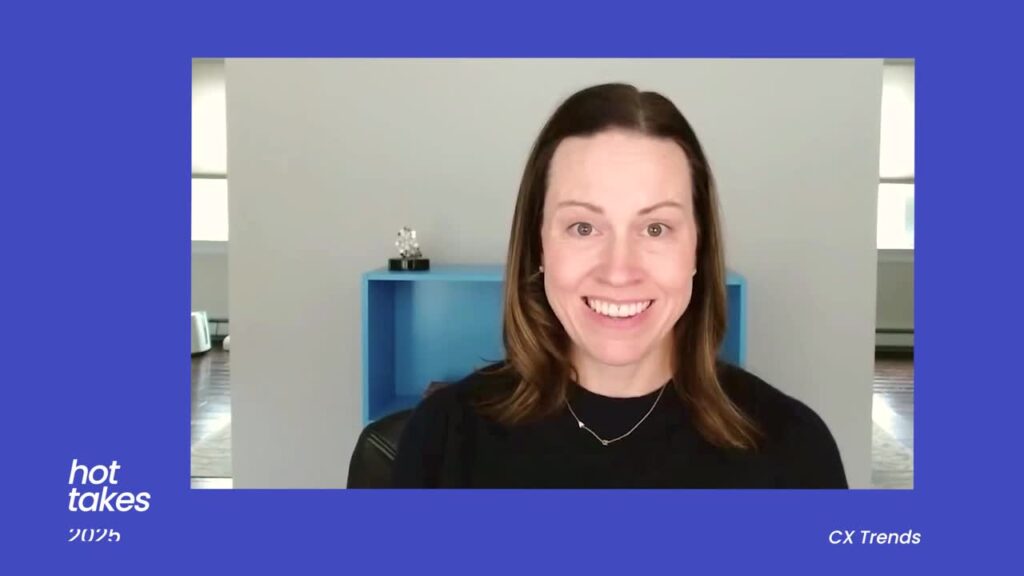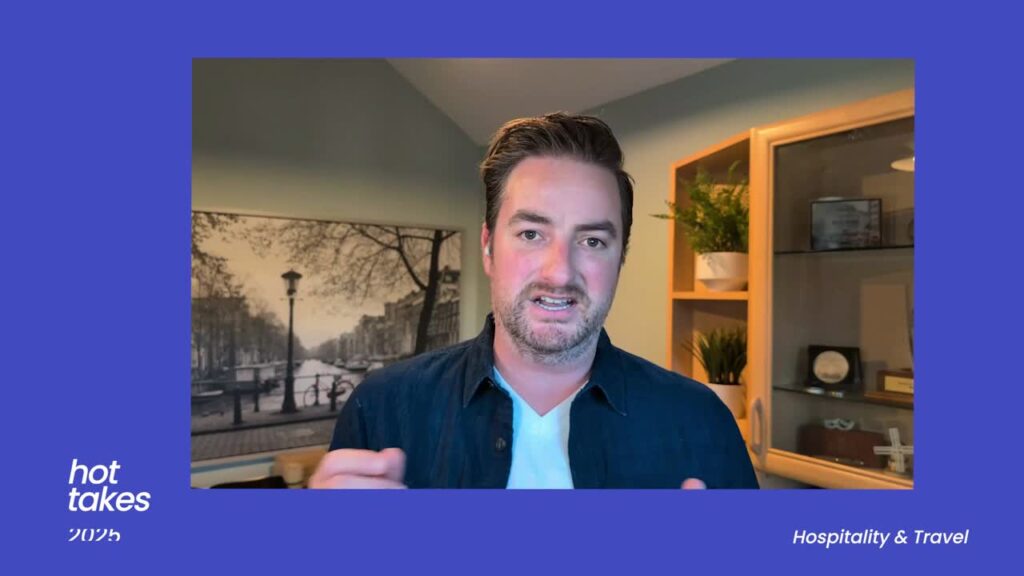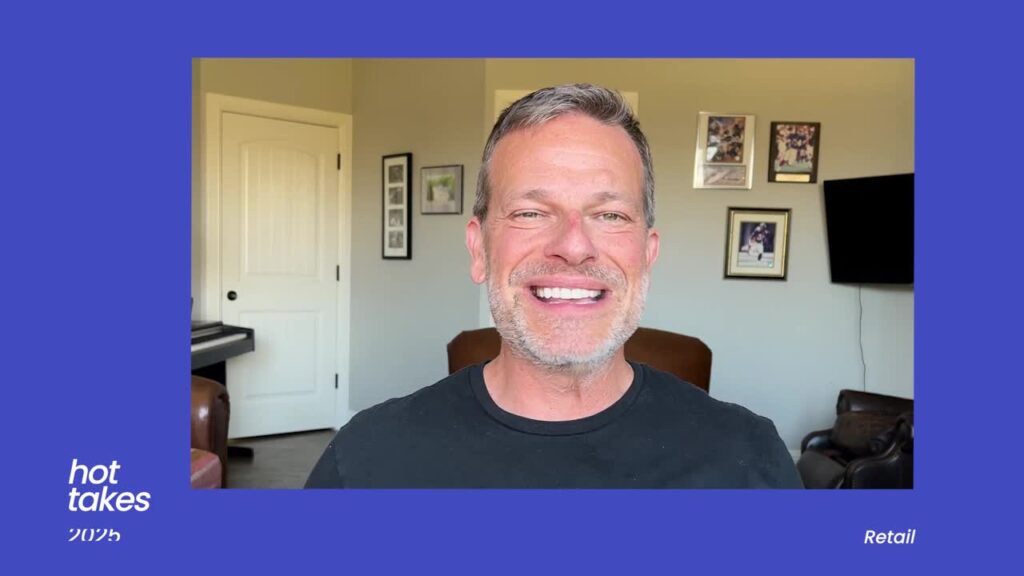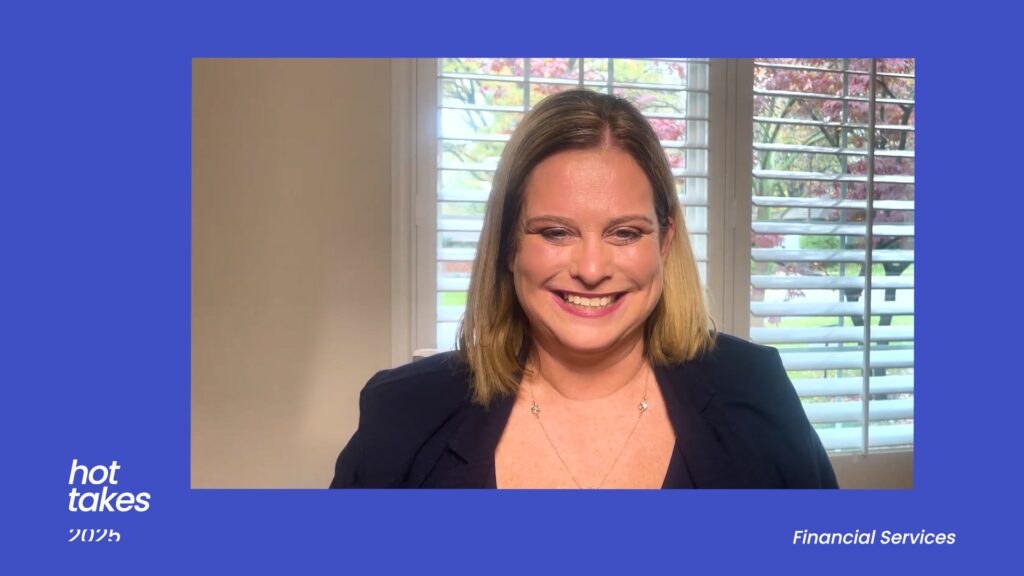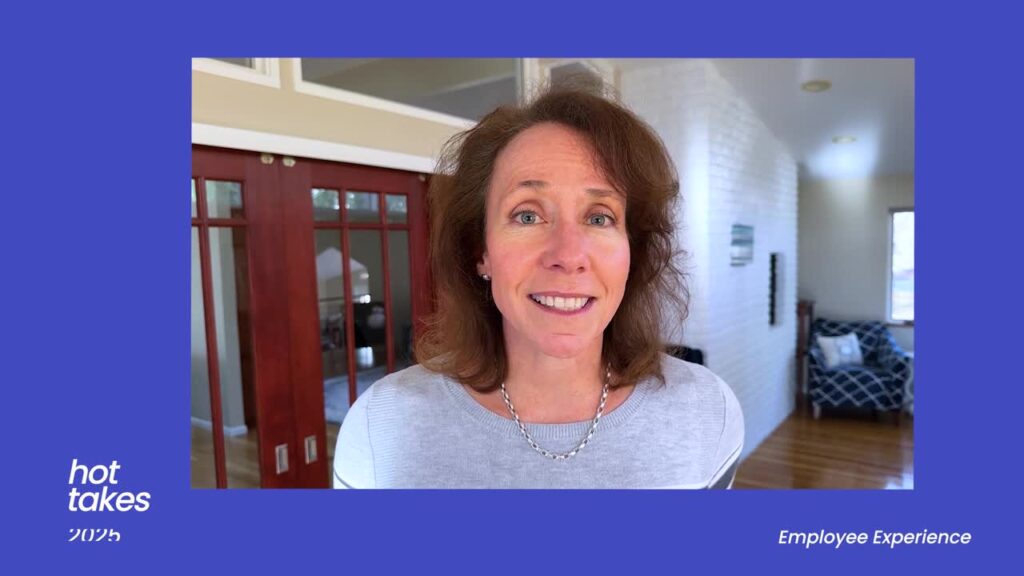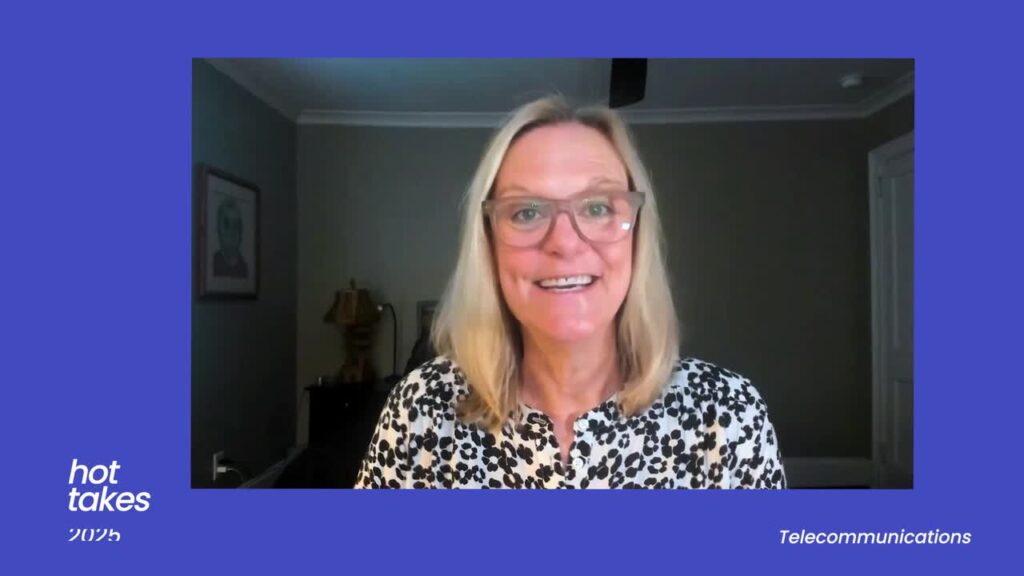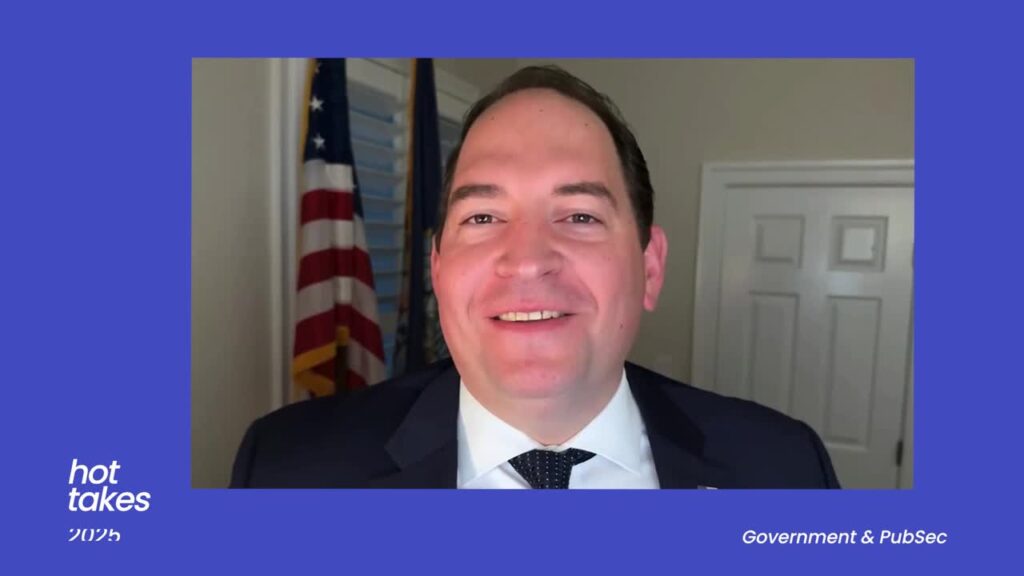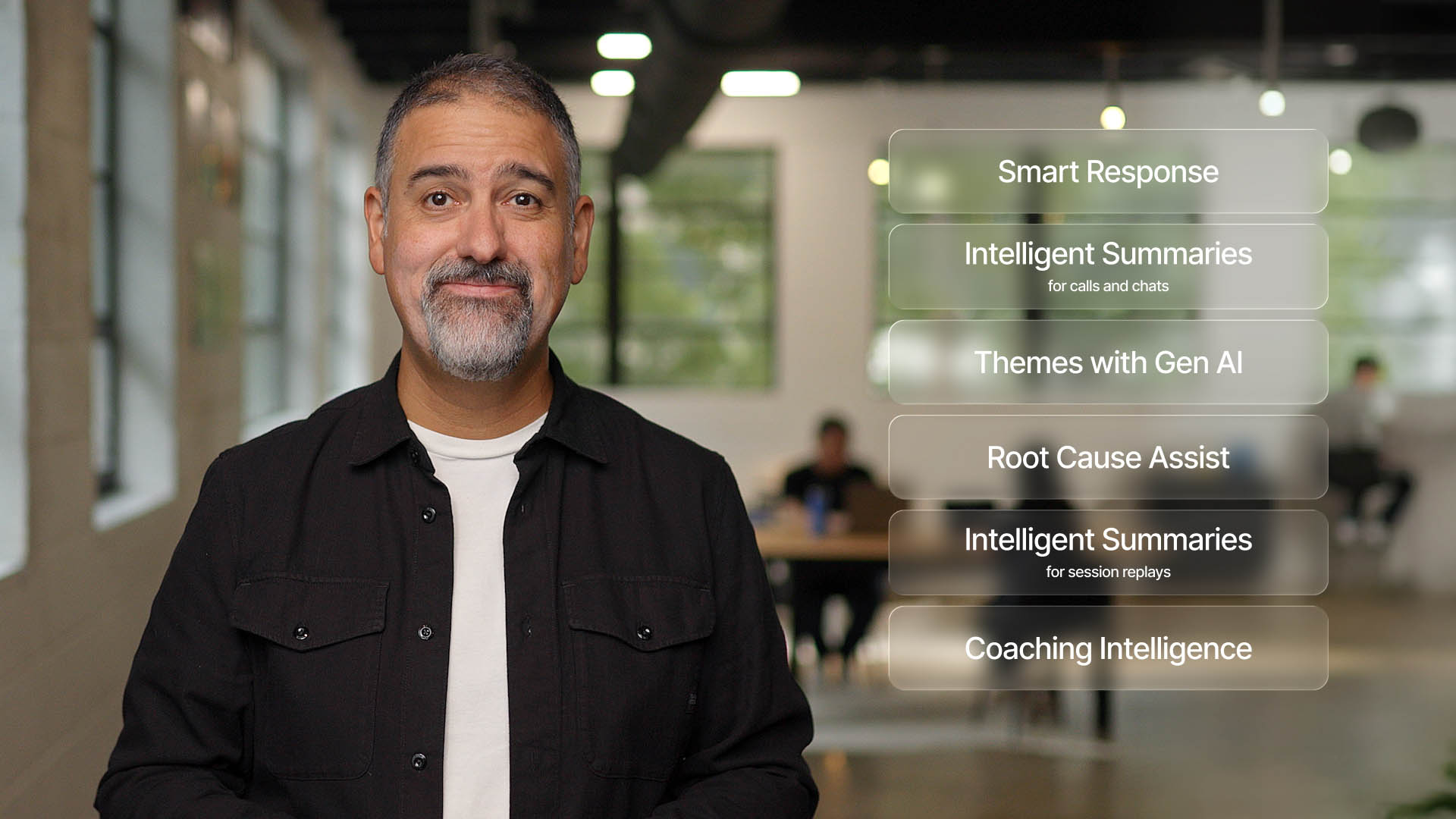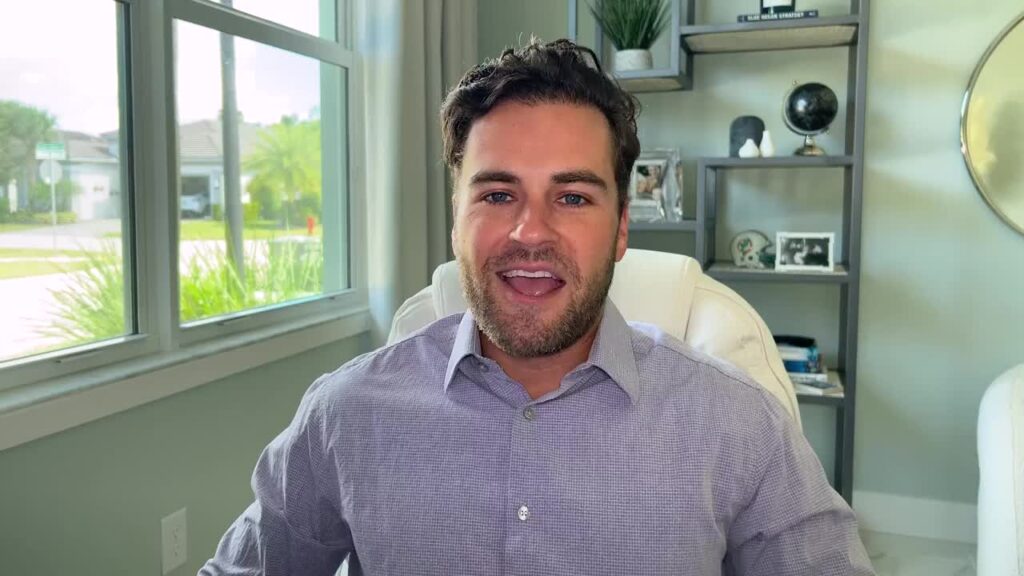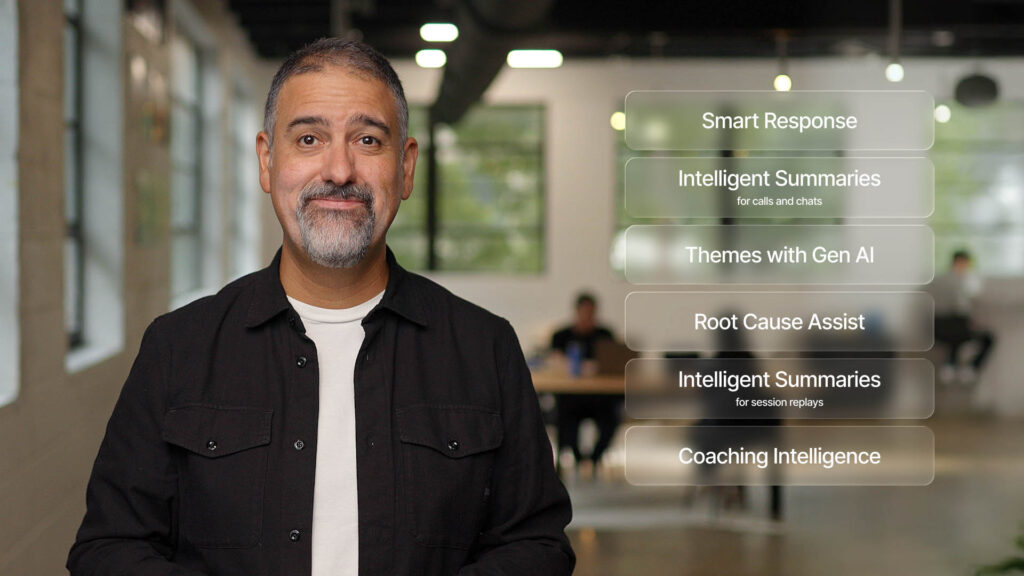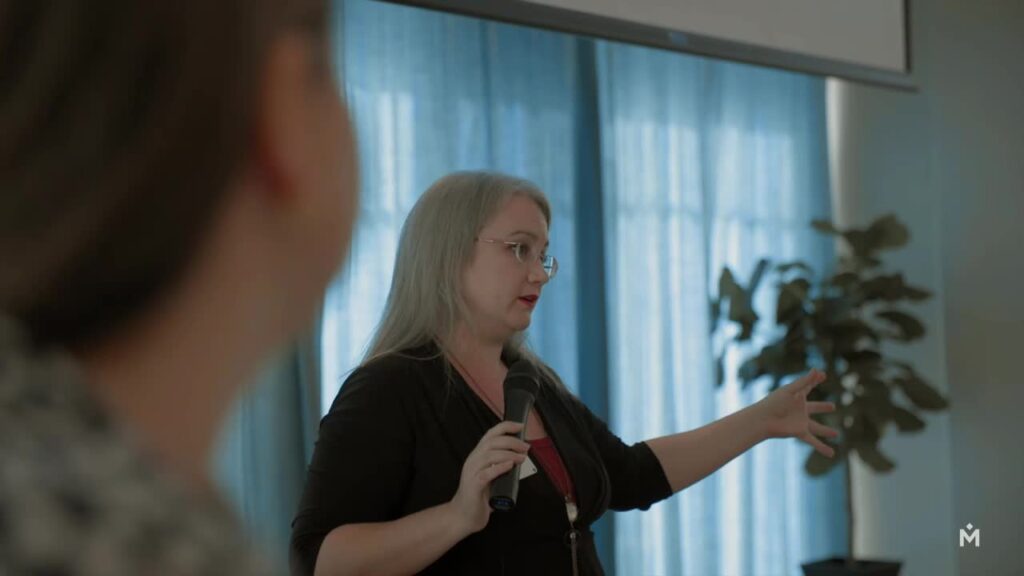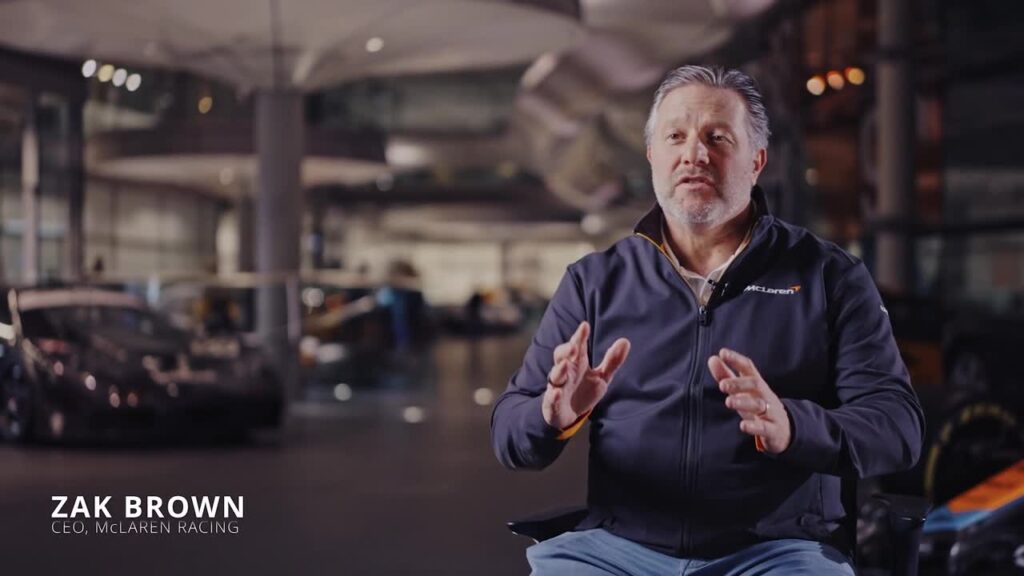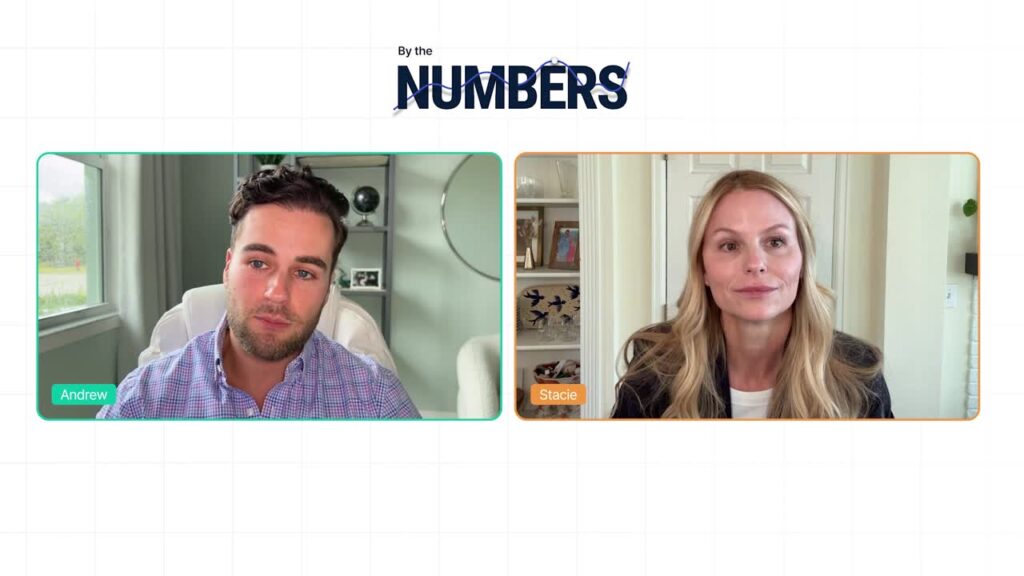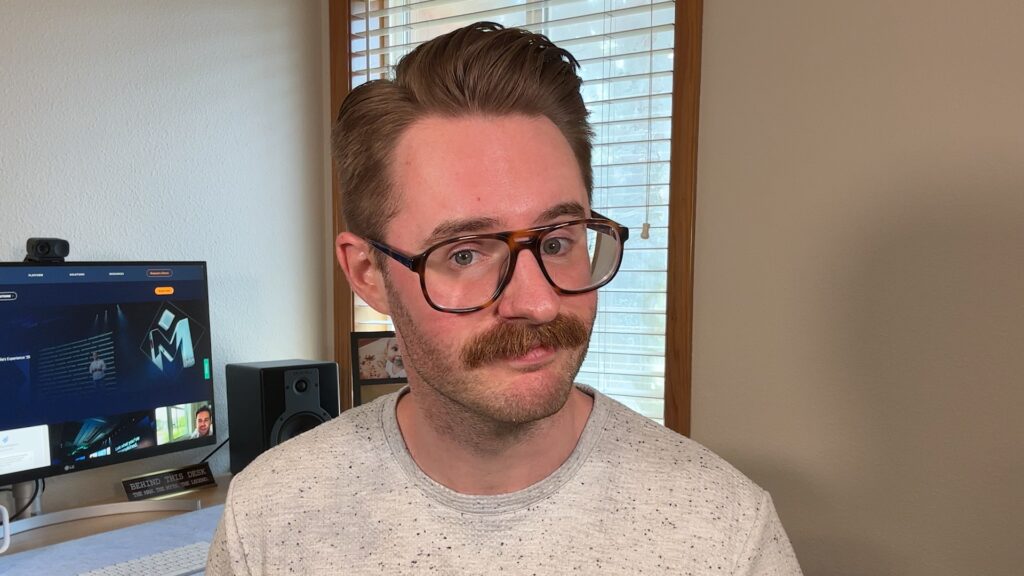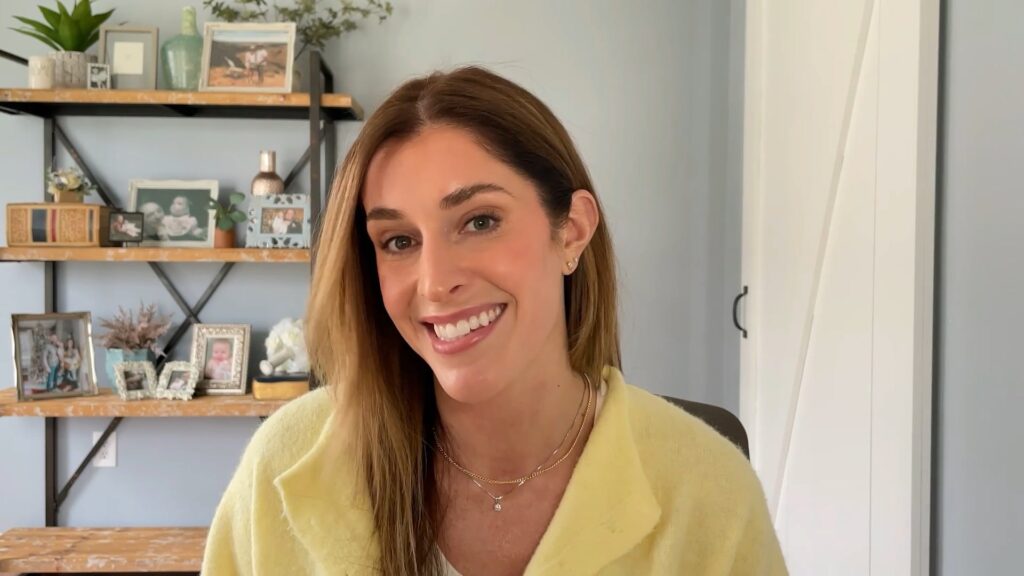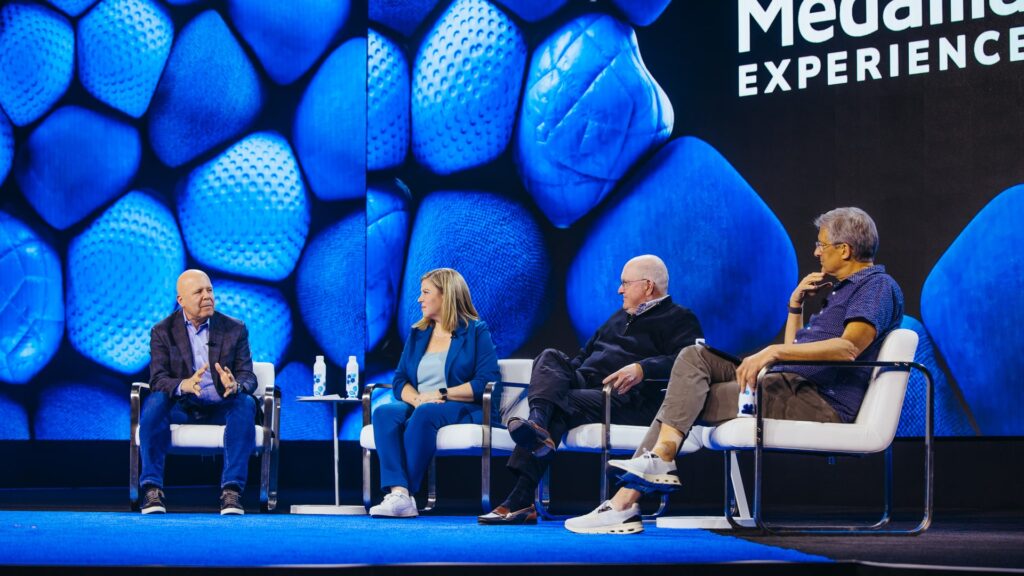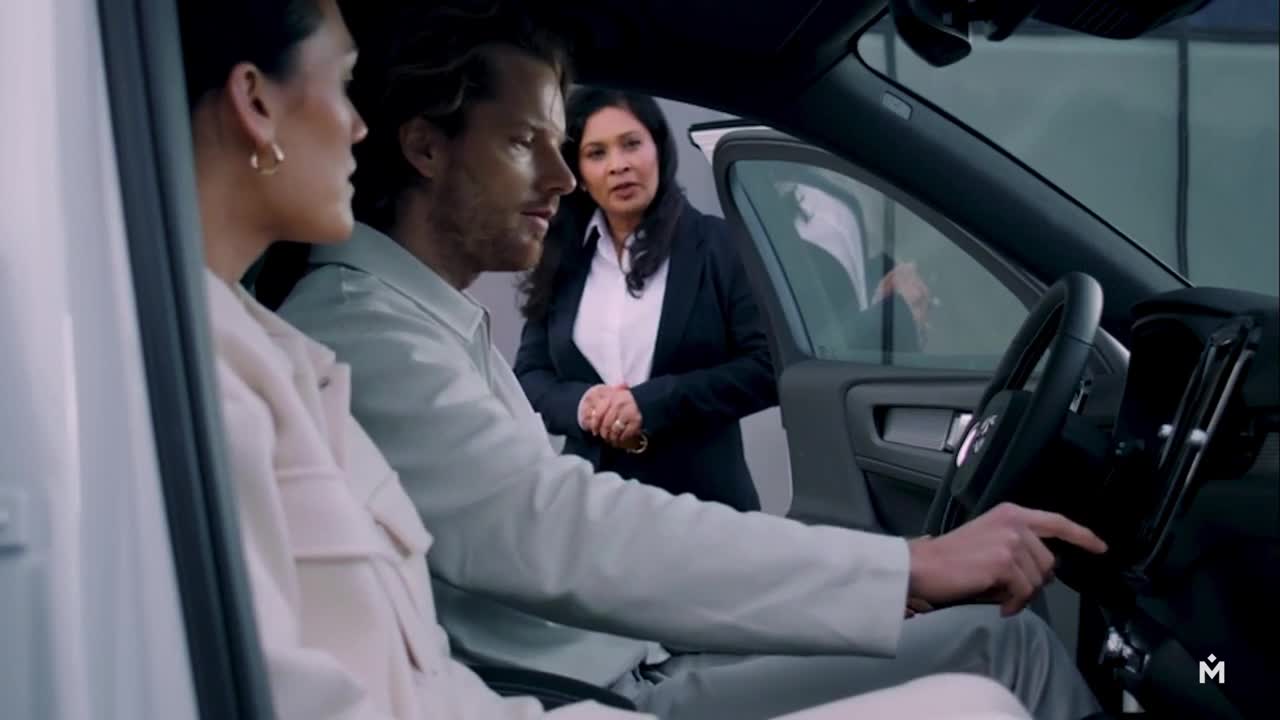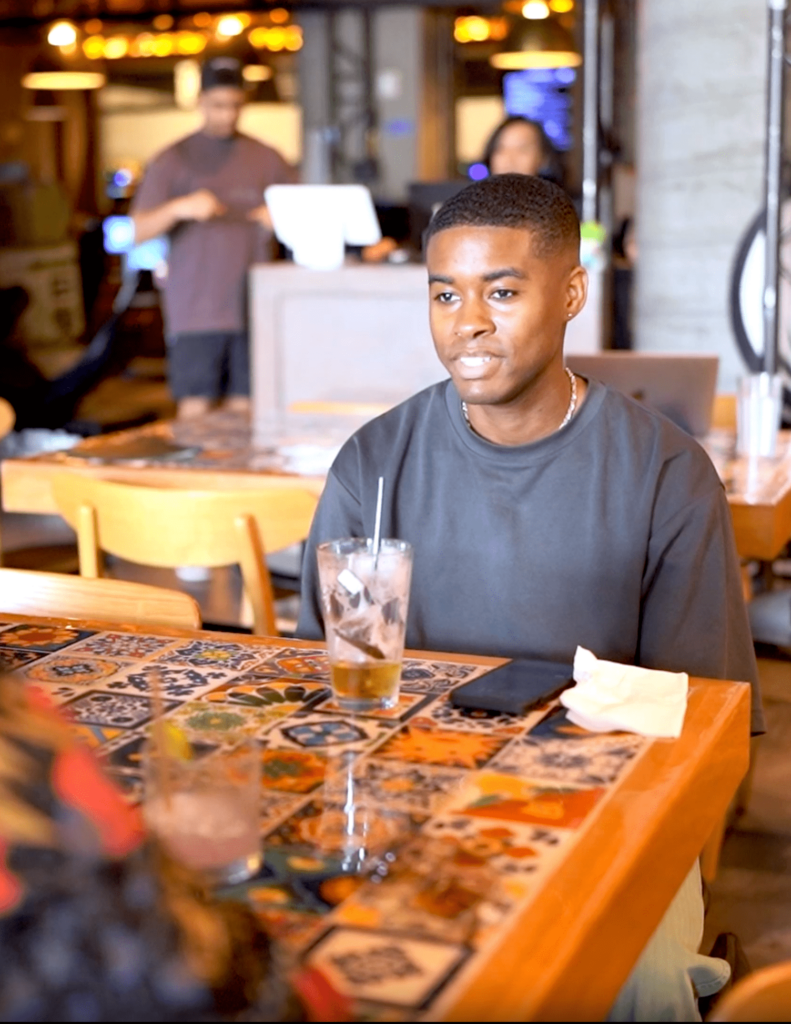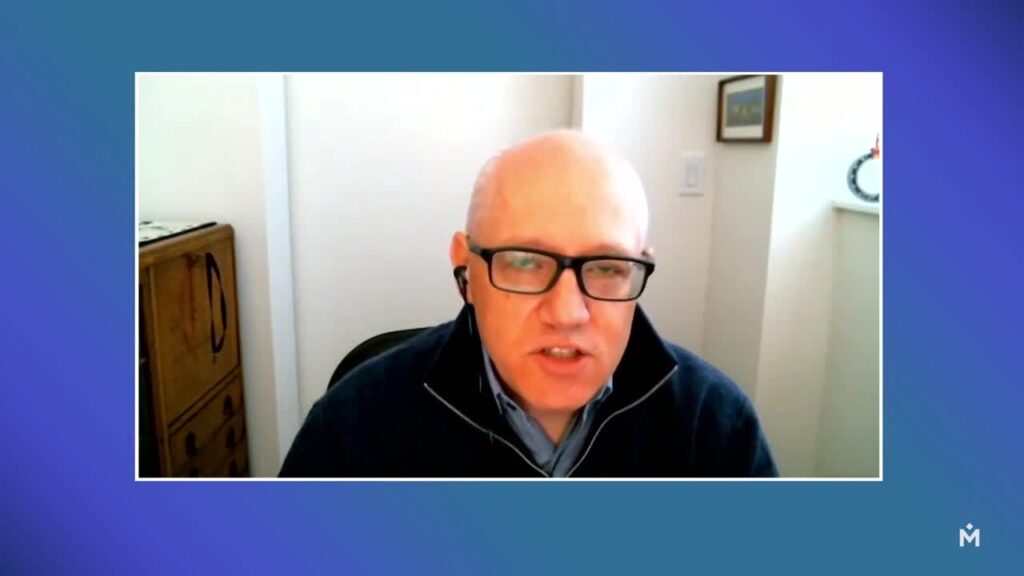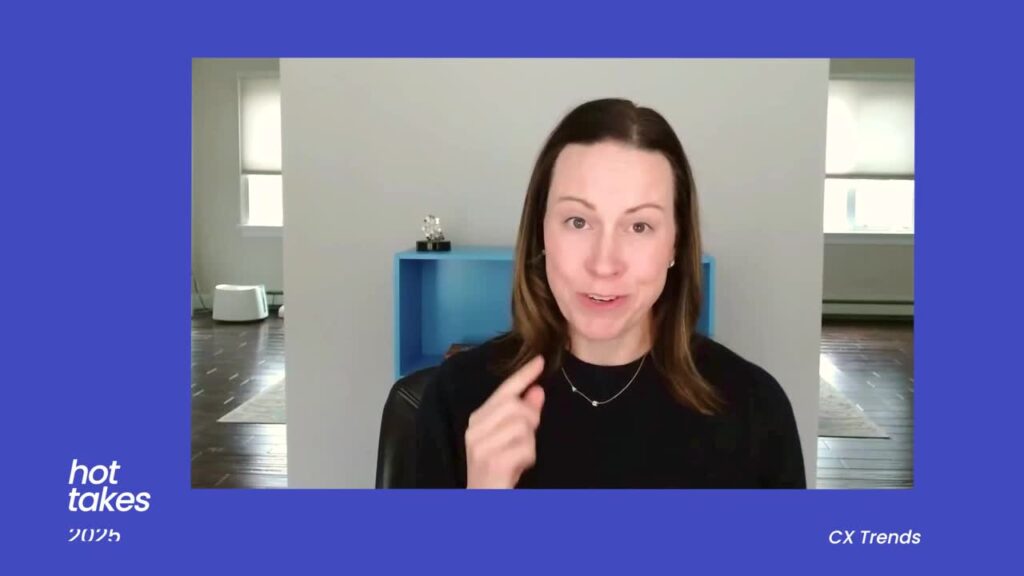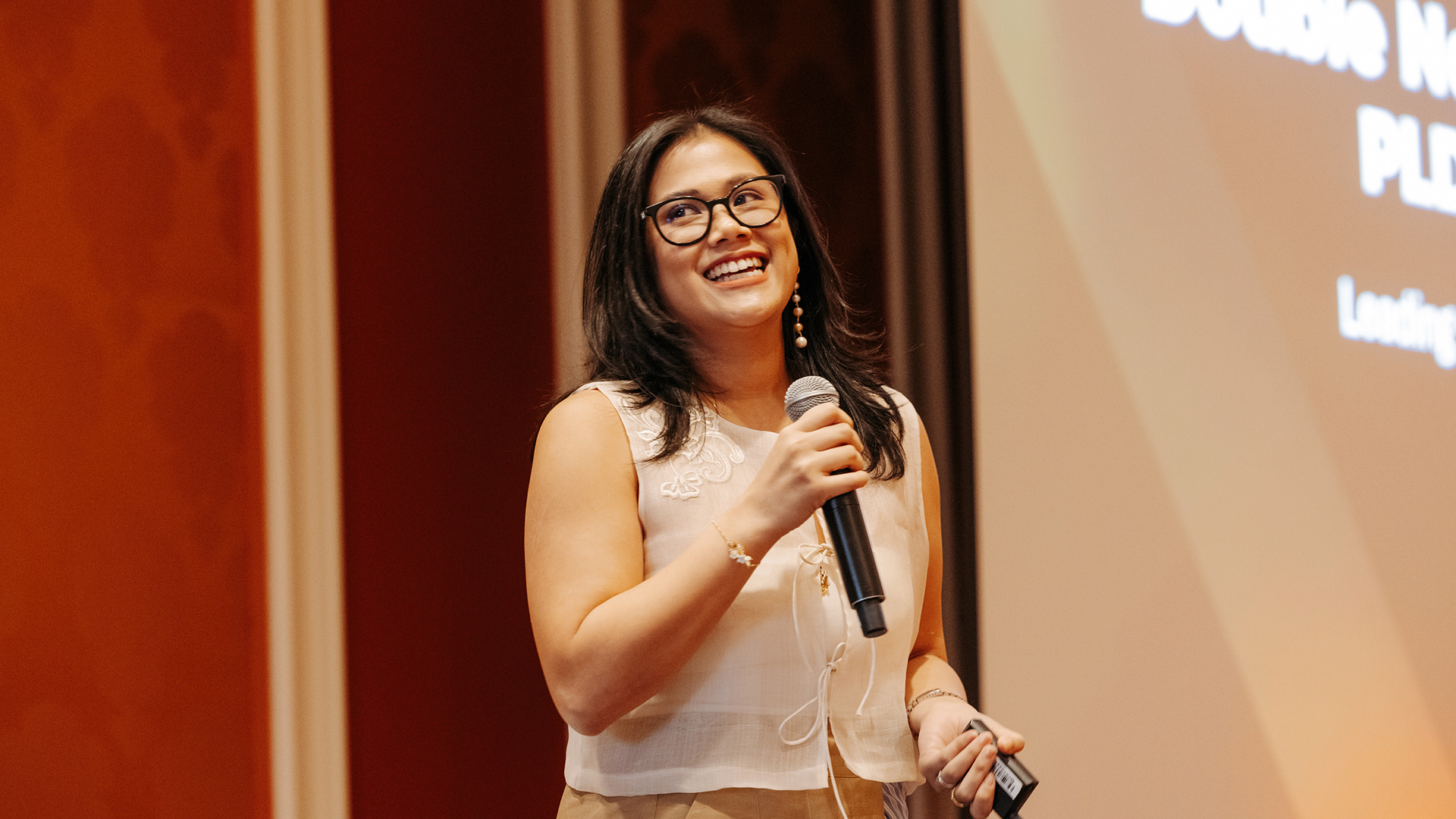Eva Claravall: [00:00:00] Good afternoon everyone. It’s so nice to be here. We’ve been learning a lot over the course of a couple of days, but we are here, Mon and myself are here to share with you the story of PLDT and what we have been doing with our program. I. So I’m Eva. I’m from Kantar. My name is Eva Claravall. I don’t have my lanyard right now, but I’m from Kantar, Philippines and Monse is my client partner from PLDT, the owner of the program.
So it is with great pleasure that we’re sharing with you the story that we have gone through. We are just actually in the early stages of this program. Okay. And I know that as we progress and scale this up further. There are more wins to come for this program. My role is to help bring understanding of the customer as this program actually scales up.
Within PLDT, and that means it helps effectively bring the customer to life in the boardroom, and the [00:01:00] customer becomes the inspiration for the actions and the strategies of PLDT as her advisor. The goal is to keep in mind three things that I’m going to share with you. For the most part, the whole story will be told by monse.
And I think it’s better off done that way. It’s one thing to be world class and we know and acknowledge that this program is using the best technology there is for customer experience, but it’s another thing to make it more meaningful for the organization. So my role is to keep reminding monse and the rest of the organization that in the course of the program implementation, we always talk about it.
We always confer with each other and not forgetting that behind all of this is making sure that the customer takes front and center. So the first point is about context. We are from the Philippines, a small island in Southeast Asia. It’s a vast archipelago [00:02:00] composed of 110 million or more Filipinos.
If you look at our country, we are 50 50 urban and rural, which makes it difficult to service the customers across, especially given the industry that PLDT is in. If you look at this, we have a lot of cultural nuances that needs to be taken into consideration. So if any of your organizations are going to come to the Philippines and operate and bring your business, I would highly encourage you to take a look at that.
And keep that in mind as you operate there. So that’s the context. We are also very relational as a culture, and that is something that mon, as she talks about, the story of PLD T’s program has taken highly in consideration. Second is our culture and our behavior. If you go back to the basics of, if you try to understand the [00:03:00] Philippines, I’ll sum it up with a short phrase.
The Philippines is young and poor. The median age in the Philippines is actually 25 years old. Is anyone here at that age range? I think all of us in this room are over that median age at this point in time, and that also highly influences how. A company or a brand should interact with their customers, but also if you look at that it impacts, you know how we do our surveys as well.
We are very much high raters. So if you are running a program in the Philippines, you might think, oh, I’m doing excellently. I’m exceeding all norms and standards. Make no mistake, we are high raters, so you have to read that data. Within that context, we are also non-confrontational once, I will show you a lot about this.
So we hide our frustrations with [00:04:00] humor. So if you see us happy and talking about this, no, we’re not. It’s bad. So think about that. The third one and most important one is building trust, PLDT for the longest time. Has been monopolizing the connectivity space in the Philippines, and it’s only within the last decade that formidable competitors came in, challenged the way they, they operate.
And PLDT found themselves in a space where they have to fight back and ensure that their future potential. It is safe. So on that, I give the floor to Monse.
Monse Vivencio del Rosario: Eva, thank you so much for the kind introduction. I will try to do it justice, but let me start with a story. ’cause we all love stories, right? We all love human interactions and this is really part of my change [00:05:00] story and the transformation of PLDT. A few years ago, I was at the airport, I was at the immigration officer, and routine checks before you leave the country, what’s your name, where are you going, when are you coming back?
Are you employed? Who’s your employer? And of course I got the question and I said PLDT. And the immigration officer looks at me. Squarely in the eye, takes off his glasses and says, ma’am, I would like to make a formal complaint in the middle of the airport at a time when the Bureau of Immigration is thinking, oh, there’s so many overseas Filipino workers with dubious documents, we need to crack down.
So I’m thinking, oh my gosh, is this guy not gonna let me leave the country if I don’t hear his complaint? But honestly, that was just the moment for me. The moment that it got really personal and to have this introduction earlier, it’s a time of change for the company. So today I’d like to share a story, [00:06:00] that story, and our professional transformation in PLDT.
That experience stayed with me because summed up exactly where PLDT was a legacy brand that has impacted the lives of the Filipinos, but was equi equivalent to frustration as well in terms of customer experience. But let me tell you, PLDT has been around for about a century, 96 years in our fixed line business and a little over 30 years as an integrated Delco on the wireless space.
We are a Filipino company driven by the sense of purpose of creating meaningful connections across multiple generations. You have your gen alpha, your Gen Z, your millennials, your boomers. All of them have different needs that we need to provide for. And we have a track record of many firsts of building a legacy of innovation.
In 1994, we were the first to connect to the Philippines, to the worldwide web. In fact, that’s almost exactly 31 years. Today it was on March [00:07:00] 29 and 20 90, 94. In the two thousands, we rolled out the first national fiber optic backbone in an archipelago of 7,000 islands, and we launched the first electronic wallet.
Fast forward to 2018 where we revolutionized the way consumers and businesses work with Internet of Things. And in 2020, before chat, GPT became a household name, we already started using machine learning in our marketing and in our offers. And more recently, in 2024, we deployed the Philippines first Sovereign Cloud to accelerate digital transformation for the public sector.
So in summary, who we are, we take care of. 67 million subscribers across a 97% footprint across the Archipelago of 7,641 islands, which is a great opportunity, but it does come with a lot of responsibility. And for the longest [00:08:00] time, telco customer experience has been synonymous with frustration. And in the Philippine culture, where we spend about what, nine hours of our day online, we’re a very online country.
You can imagine how high that expectation is. But Filipinos we’re non-confrontational. So we deal with that with humor. You see all of the memes coming out on the internet about our service. But the thing is, these memes, they’re not just jokes because we’re non-confrontational. So we know that this means something to our customers.
And so we said we really need to start listening. And in 2022, a survey conducted among our senior leaders said. We are in the nascent stages of being customer obsessed. We are only customer aware, and we were faced with a sobering reality of double negative net promoter scores. Yes, that’s when it hit home and we thought to ourselves, how can we remedy this?
How can we fix the relationship [00:09:00] that we ourselves had broken? And we said, okay, we need to remind ourselves why our customers came to us in the first place. Which brings us to T, let me give you a bit of a Filipino language lesson, but we didn’t start with systems or processes or technology. We brought it back home.
We went back to the very core of why we exist, our purpose to serve Filipinos in a way that’s real, that’s heartfelt and lasting. And in our language, that word pu means heart. But it also means empathy, love, courage, resilience, and even in daily conversations, that word comes into to play, right? If you add that ng, it becomes a qualitative word.
It describes the person or the noun that follows it, and that’s how Pu P came to life. It was more than a campaign. It’s more of a philosophy for us that every customer interaction should come. A [00:10:00] place come from a place of care. Dedication and empathy because for us to make every single connection meaningful across moments and across generations, we needed to remind them of the first time that we connected.
But this is all theory, right? How do we make this operational? We designed five experience principles that would guide how we operate and design journeys for our customers to really experience that t. We needed to be reliable, clear, and consistent in our communications. Safe and secure every step of the way accessible by showing up where our customers are and seek to simplify all of those interactions.
But most important, with speaking our customer’s languages, by being personable, these were the building blocks of a more human and heart led experience. ’cause everything that we do is for the interest of our customers and we must serve them with heart. [00:11:00] That was the philosophy of unk, PLDT. We’ve been here for about two days.
We’ve heard a lot of the frameworks. We’ve heard all of the great things that our peers are doing, so I won’t dwell too much on that. We know the framework feedback in action. It all starts with collecting that open feedback, relating it to the customer goal and action planning and impact monitoring.
But where this was different for us was text analytics using a custom fit topic set on Medallia. We mapped all of our experience principles to our text analytics so that we ourselves could hold our ourselves accountable what was happening to our customers, and that gave us quantifiable data such that in 2022.
There you go. Amid mixed sentiments, all of our principles. Personable was the only one tracking positive. And all other experience principles were 1.5 times [00:12:00] lower than our personal attribute. Some customers felt heard and valued, but as you can see on this one, one didn’t feel the empathy of our chats. So insights like this helped us pinpoint the gap between the customer’s goal and their actual experiences, and it helped us push for meaningful changes where it mattered most.
Now, something happened in 2023. As our network outages skyrocketed, as our congestion also skyrocketed, our reliable and accessible attributes plummeted or surged to two times lower than others. We had done a lot of work in the space of customer care, and our customers felt it. You see the comment, customer service is good, but the technician resolution.
It’s disappointing and your internet outages are so frequent now, and so we had to take a step back and say, what can we do? Network outages, quality of [00:13:00] service. These are huge things that we need to invest in, but what can we do now and what can we do today? Our insights showed whenever a customer is able to interact with a human, their likelihood to churn is two times lower than someone that just interacts with a bot.
So that’s what improving accessibility meant for us, balancing digital with human touch. And I know it may seem counterintuitive where everybody is trying to go digital, everyone is trying to automate, but culturally that’s not what our customers were asking for. They wanted options, not restrictions. So we empowered our customers to choose their digital experience and by reintroducing the human touch where it mattered.
We saw the huge impact in our scores. So the ability to reach an agent category was impacting our NPS by almost four points. But as we gave customers the option to talk the human in the ma in the moment that it mattered [00:14:00] most, we saw those scores improve little by little up to zero in about almost a little less than a year.
So this proves that going digital is good, but also you also need to balance it with the human touch. Come 2024, we saw a 32% improvement across all of our experience principles. But more importantly, if you look at the shape of the web, it’s now evenly spread out, more evenly spread out than where we were in 2022.
Our customer said It’s easier to contact you. I can get an update regularly, and you’re able to resolve my problems. So we’re now, we’re no longer dealing with one specific issue, but we need to do a holistic approach with a more surgical and tactical strategy. So it’s a sign of progress, but a new level of precision.
It’s required to keep transforming. I mentioned earlier one of the first things we did was to [00:15:00] define our experience principles. But three years down the road, a more precise approach is necessary, which is why we’ve moved from experienced principles to telco specific attributes, such as your technician, professionalism, the speed of your internet connection, churn alerts, and the like.
We’re still using our principles and they’re still governing our plans, but they also cut across all of these telco attributes, which gives us a consistent lens, and it continues to hold us accountable. To the principles that we defined our cus for our customers. So our journey so far has been one, from measuring customer experience to transforming.
When we first decided to adopt NPS as our CX metric in 2021, we knew we needed a system. It wasn’t just a touchpoint survey, but it needed to be an ecosystem of different NPS surveys. We started to deliver transactional NPS at the touchpoint, like our [00:16:00] hotline. Our social media, our chatbot, and we knew we wanted to have Journey NPS so that the customers who experienced multiple touch points just to achieve one goal, we could also measure their experience and of course our relational NPS.
But we all wanted all of these to coexist so that we would have a greater idea of how these would drive the growth in our market. And in 2022, which I did mention earlier, we focused on our agent dissatisfaction drivers simple. Check on the agents, how are they doing and address those drivers. And we saw that we needed to invest in better vendors, with better agent quality, and we reap those benefits in that same year.
Also guided by our experienced principles, we were able to charge, of course, not disheartened at our negative 19 NPS scores. By 2023, we involved more and more people in the organization. We went out of customer care [00:17:00] and we engaged cross-functional teams like your field operations, your sales, your marketing, your brands, and brought the insights to where they are.
We didn’t sit in the head office. We went out into the field and told them, Hey, these are your scores. If you don’t understand them, we can help you. We can help you understand what our customers are saying. We didn’t just release a report and say, Hey, you’re doing bad. I. We’ve partnered with them and helped them to co to understand what our customers were saying and their result.
Plus 11 points in NPS in one year, almost zero, but still negative. Yeah. Come 2024. This is a big change for us. We began to measure the end-to-end journey experience and as we expanded our reach outside the contact center, we started to layer more and more data, geographical cuts. Ticket closure variability, and we started to bring this to our executive leadership because these insights were no longer [00:18:00] spanning just one business unit.
They were crossing our residential business, our enterprise business, and even our wireless business. So being able to map that end-to-end journey and showing them the reds, the greens, the yellows, it built a lot of credibility for us as a CX team. And because of that. Plus 15 points again.
Yeah, so I believe humbly we’ve delivered results that matter double digit year on year NPS growth, but also business impact, 1 million reduction in repair to our contact center, 10% reduction in repeat calls. And because of that reduction. We reduced our contact center agent count by 45%, and overall, a little over a billion pesos in savings over three years.
Converting the dollars. [00:19:00] 500 million. 500 million,
thank you. But honestly, for me, these are great results. But the biggest piece for me was the cultural shift. Using the CX Congress on the road. We went from the capital to the north, the south, to the east to the west, bring the insights with us and really enrolling people into thinking if you need to listen to your customers, we developed CX collabs where it teams are brands finance could come together, understand the pain points and problem solve together to be more agile, accelerate the solutions.
And all of that has been anchored on with NPS on our scorecards, but the way we did this isn’t just as simple. This is the NPS and everyone has to hit the target. No, because we have transactional before, because we have Journey NPS, every journey owner was accountable for their journey score. Our [00:20:00] billing team took count of our billing, NPS, our installation team.
Took account for the installation journey. Our sales team, the sales application journey, NPS is on their scorecard, which means it’s accountable at every level while our senior leaders and executives hold themselves accountable to the relational NPS, which really drives your market share and growth.
Everyone in the organization knew the role that they played in that score. It helps that you have the buy-in of your executive chairman and CEO. You might not know him, but this is Manny Pan. His initials are MVP as we fondly call him. But day in, day out, he reminds us that the success or failure of our company hinges on our customers, and we must always prioritize their satisfaction.
And with that, I will just leave you with t. And I hope that I’ve made this afternoon meaningful for all of you, and I hope that we’ve provided some inspiration in how you can run your programs [00:21:00] as well see.
Q+A: Ah,
Eva Claravall: thank you very much for listening. I hope it really was worthwhile. That was really a beautiful story. Of something that we collaborated a lot on. It was a bumpy road to get this program where it is today. We expect more bumps in the roads, but I feel like our relationship is getting stronger by the day because our goal and objective is the same, and that is to make PLDT future proofed and continuing to grow.
So open the floor to questions.
Q+A (2): First of all, I wanted to say congratulations on those results. Those are very impressive. I, one of the things that I really liked about your presentation was talking about how you created accountability for all of these different parts of your organization, and I think that’s a huge reason for the success that you guys have had.
But I wanted to know if you started to see more collaboration as people started taking ownership for their departments, did you [00:22:00] start to see them? And of working across departments to solve problems and saying, Hey, this is affecting what you’re doing is affecting my group. And how did they start to change how they collaborated with each other?
Monse Vivencio del Rosario: Oh, definitely. So we first rolled out the transactional NBS, and that’s your contact center, that’s your customer care. And we were, what we had seen was all of these external factors, technician resolution, the time it takes to resolve a network outage. Those were impacting our scores. And at the beginning we didn’t have Journey NPS, just transactional.
So we invested a lot in helping them understand the drivers of that so that when we had Journey NPS, it was familiar to them already, and they knew, okay, this is my score and this is how I, my score impacts yours. I don’t have it here. But when we started to map up, map out the entire journey example, when you’re a new customer.
Our sales application journey was great. The sales agent is [00:23:00] informative, he’s supportful, he communicates well. And the installation, the installer is great. Like he’s professional, effective, he gets your service working right away. But three to four days after, when we survey them again, the NPS course dropped by 30 points.
Yes. And we were like, what’s going on? And we realized it was a network issue. There was a whole part of our network where we needed to invest more in a rehab, rehabilitate the network so that these customers wouldn’t, would feel more reassured that we could provide the experience that we promised.
Q+A: So I too wanna say congratulations. It’s amazing, and I don’t necessarily have a question about the presentation, but I do, would I, my name is Frida Sullivan, sorry. And I from AM from Medallia and I lead the Medallia user groups. And I really think this story could be amazingly inspiring and my favorite word is [00:24:00] inspiring, so I would love to have you meet with you and see if we could have you come on to the mug and share your story. If you’re willing to inspire others, then just the people here and in the video, they’re gonna watch this if you would be willing. Yeah, of course. Thank you.
Alright, that about wraps up our session for today. Again, thank you to our speakers, Sala Mon, and Eva. Thank you everyone.
